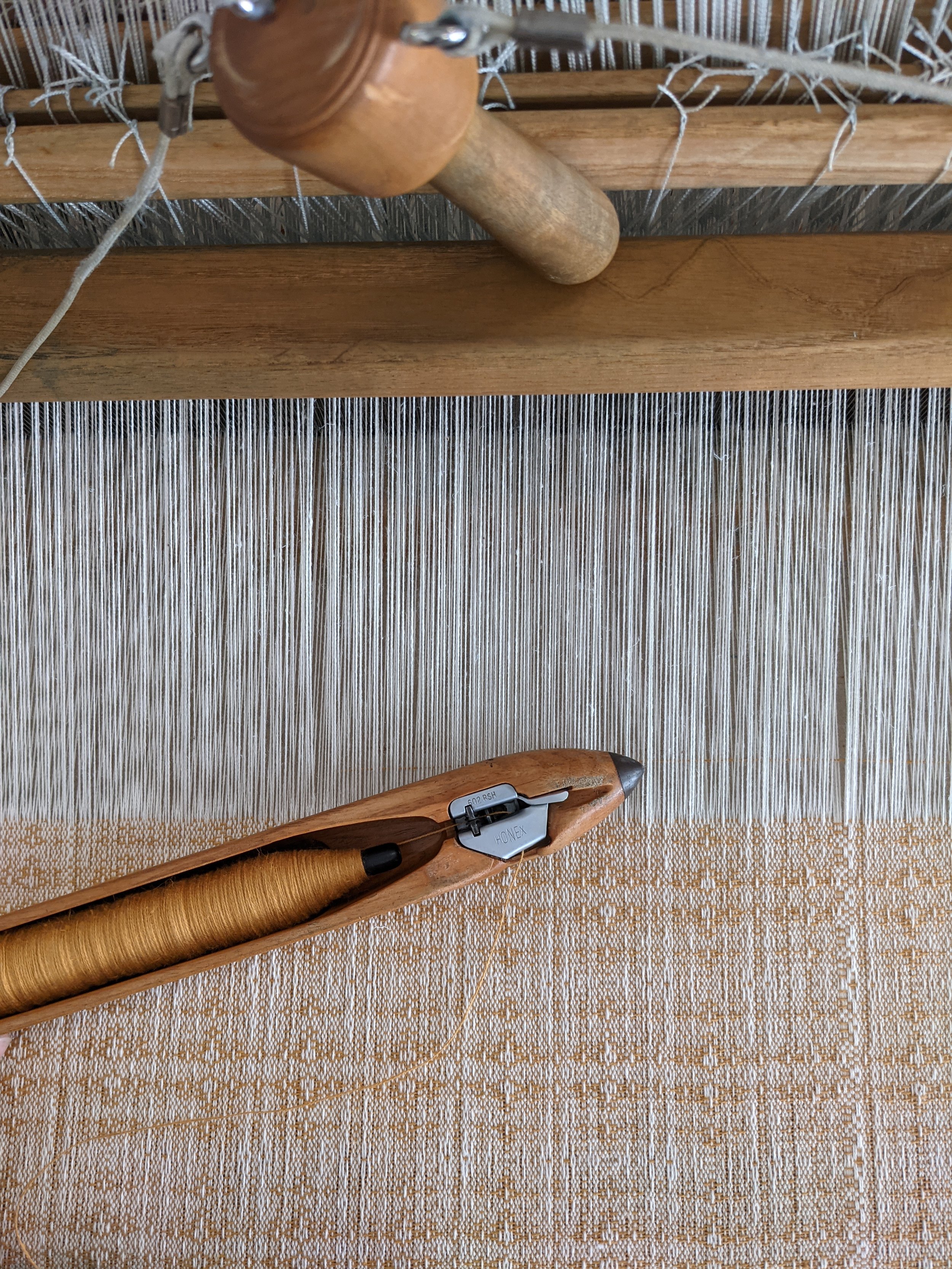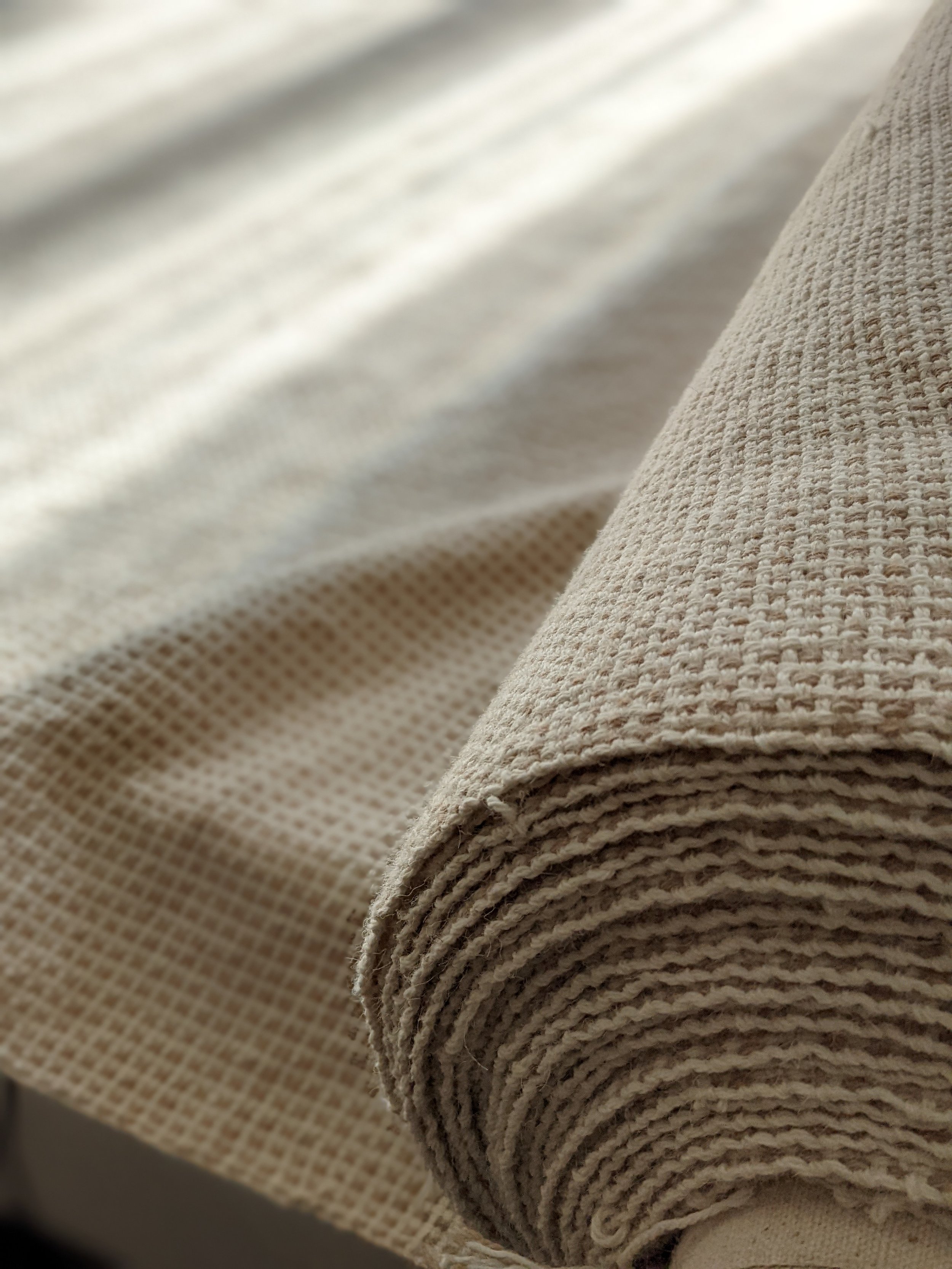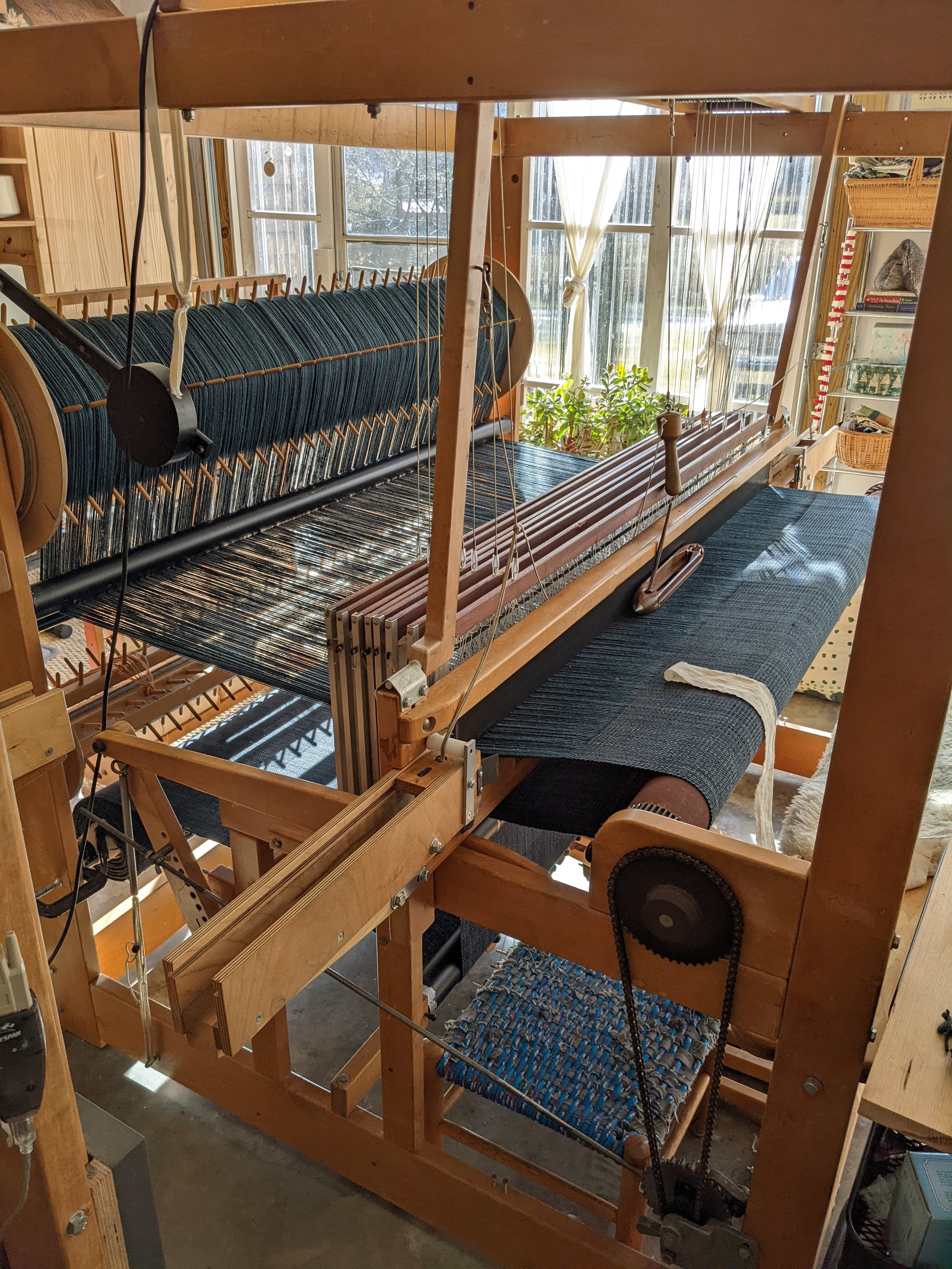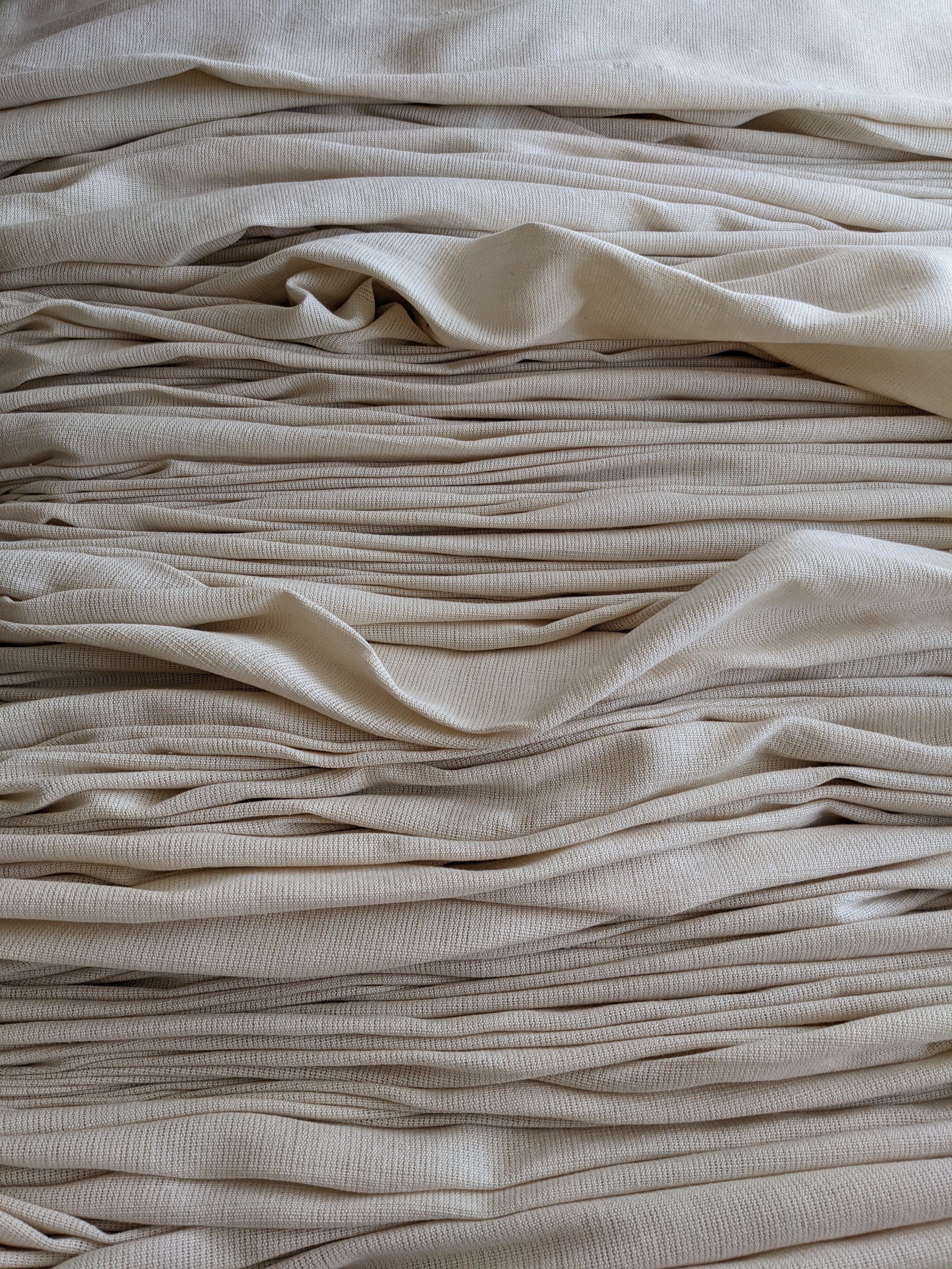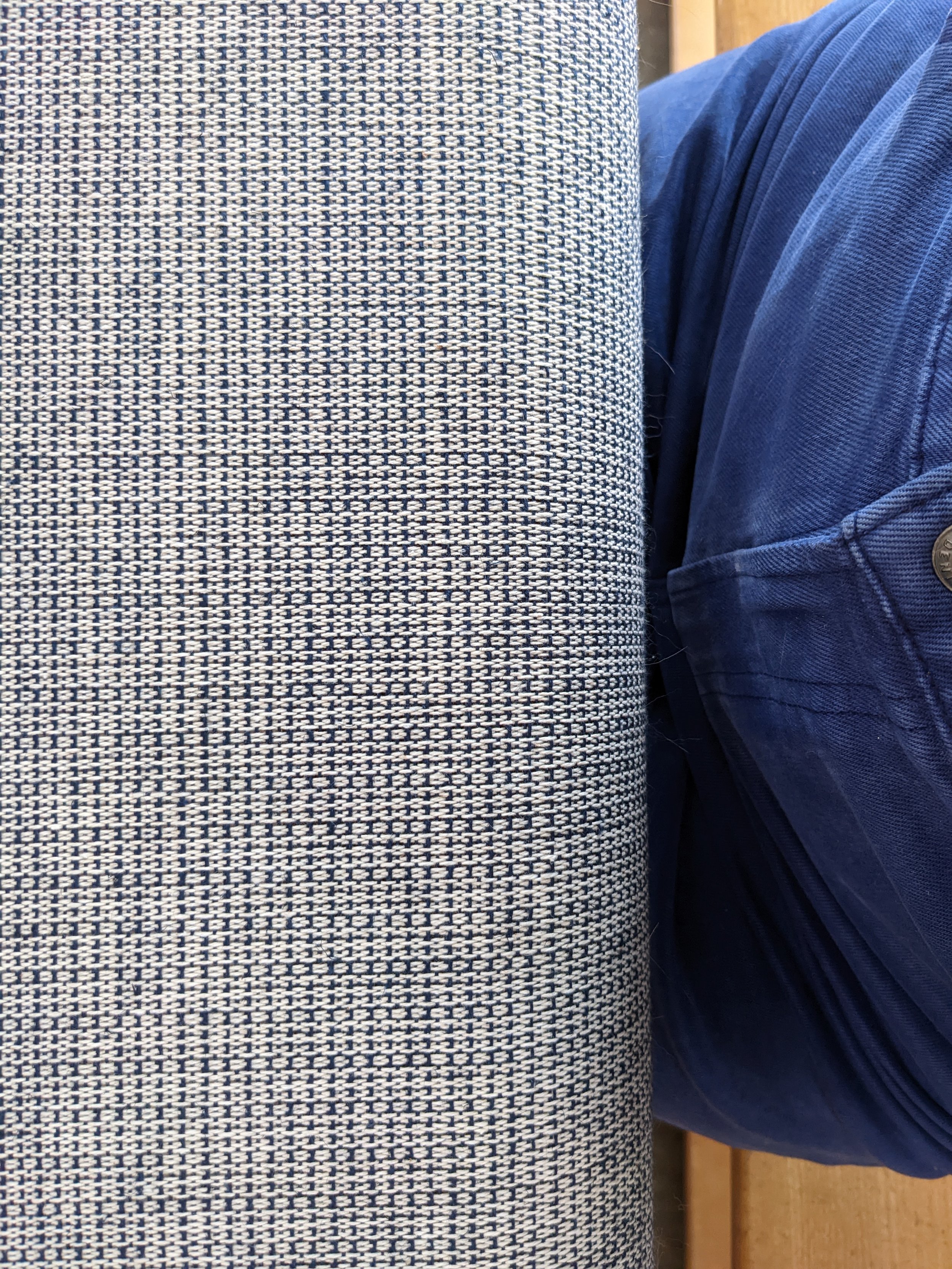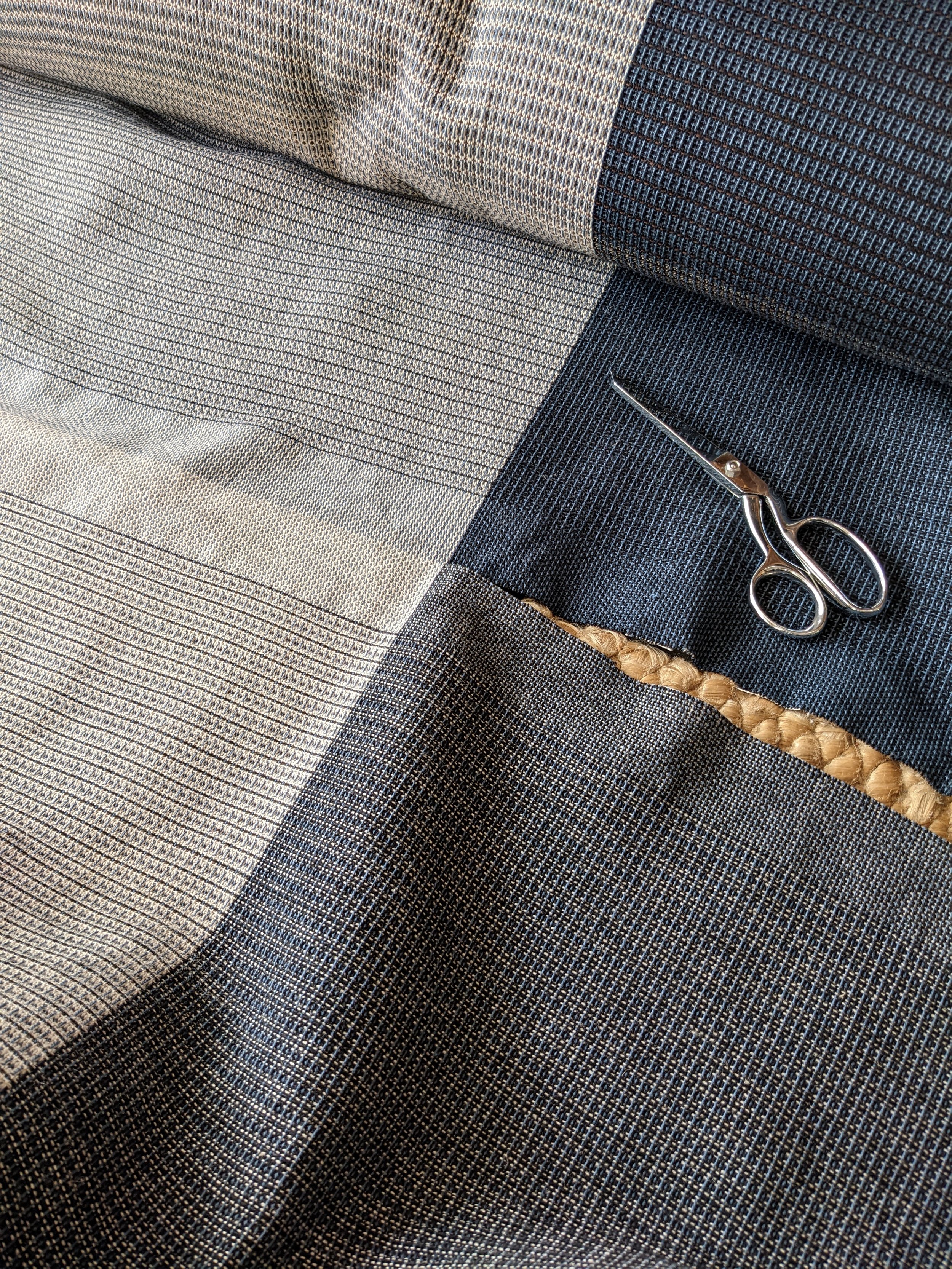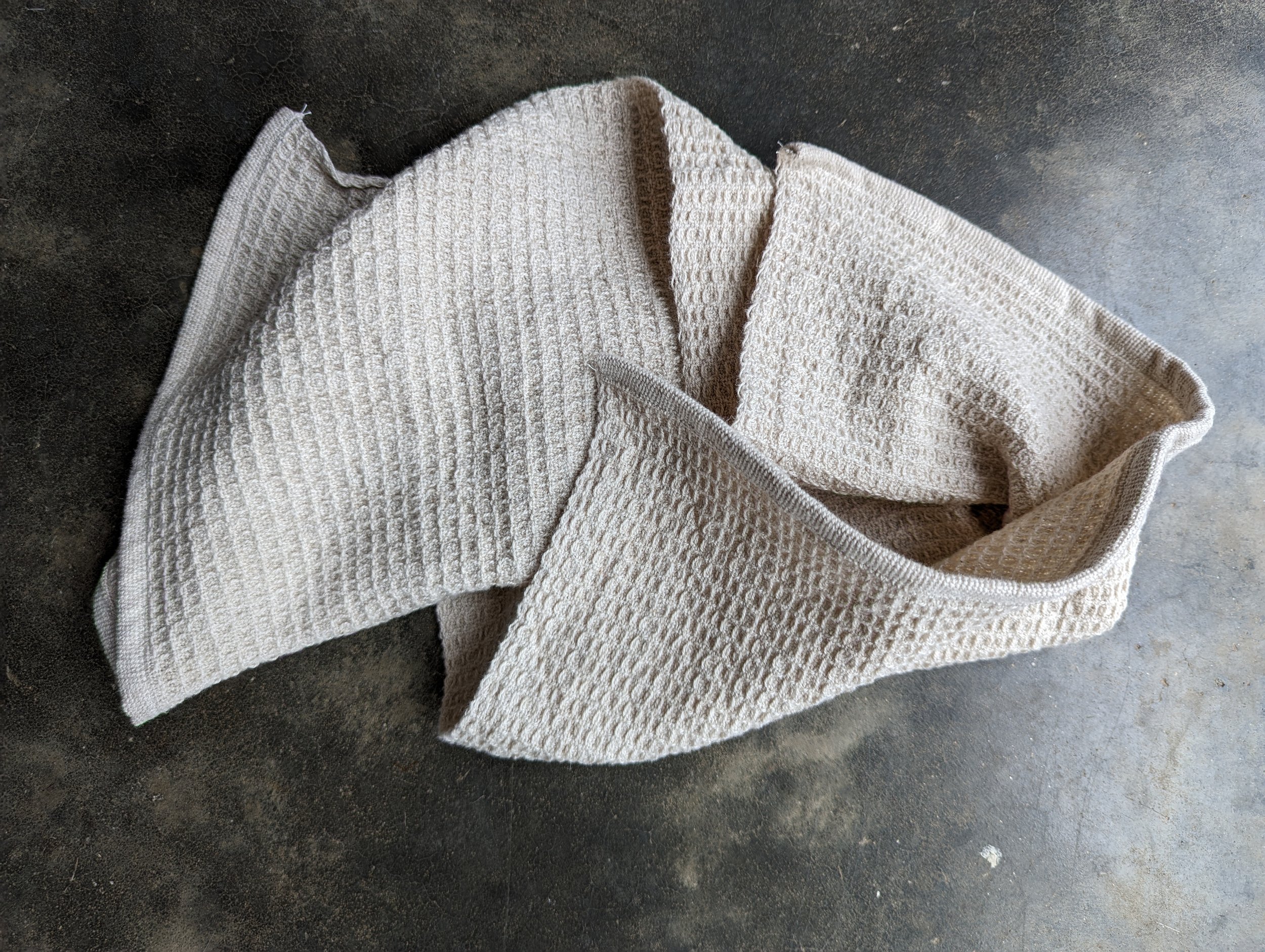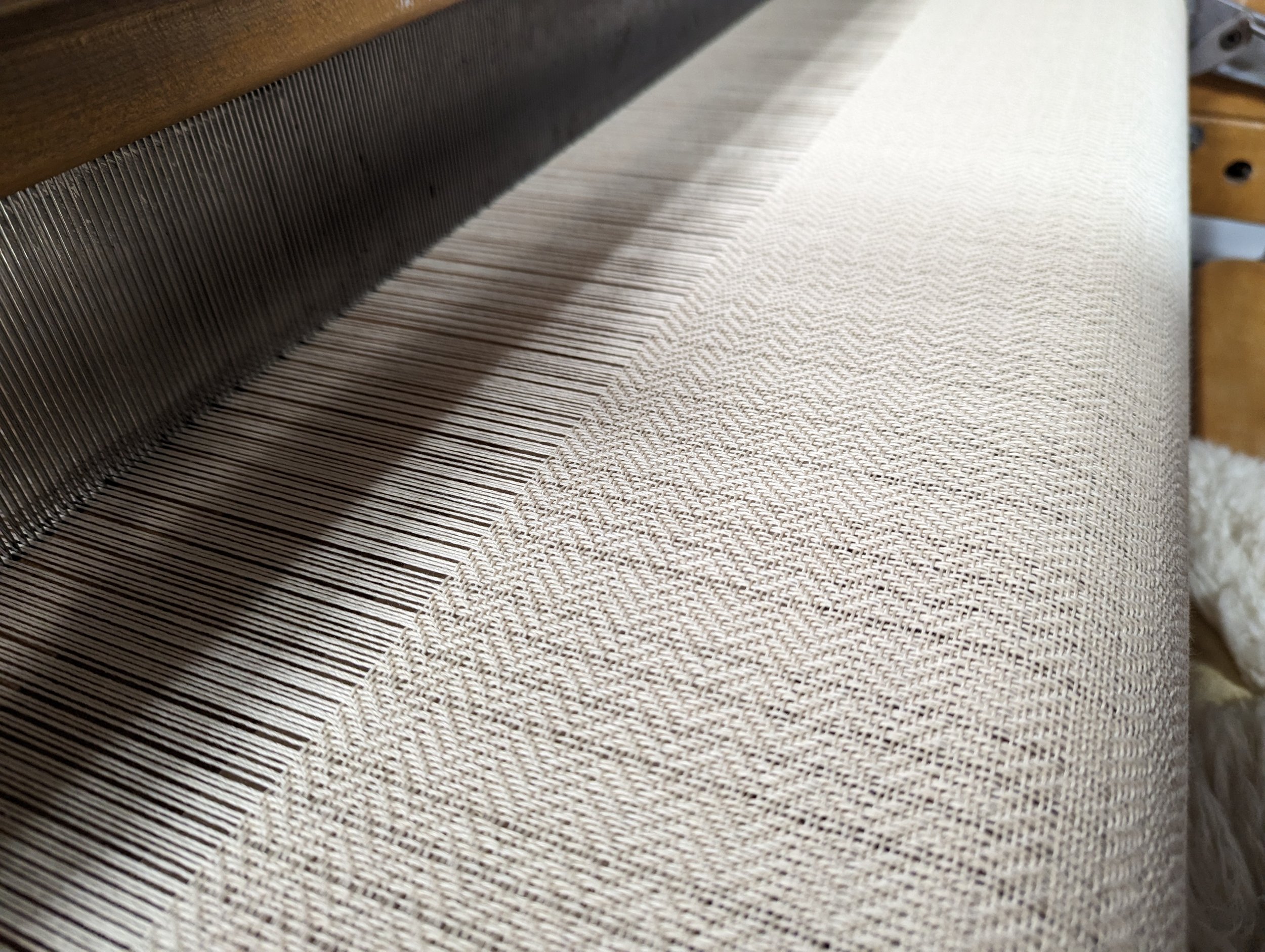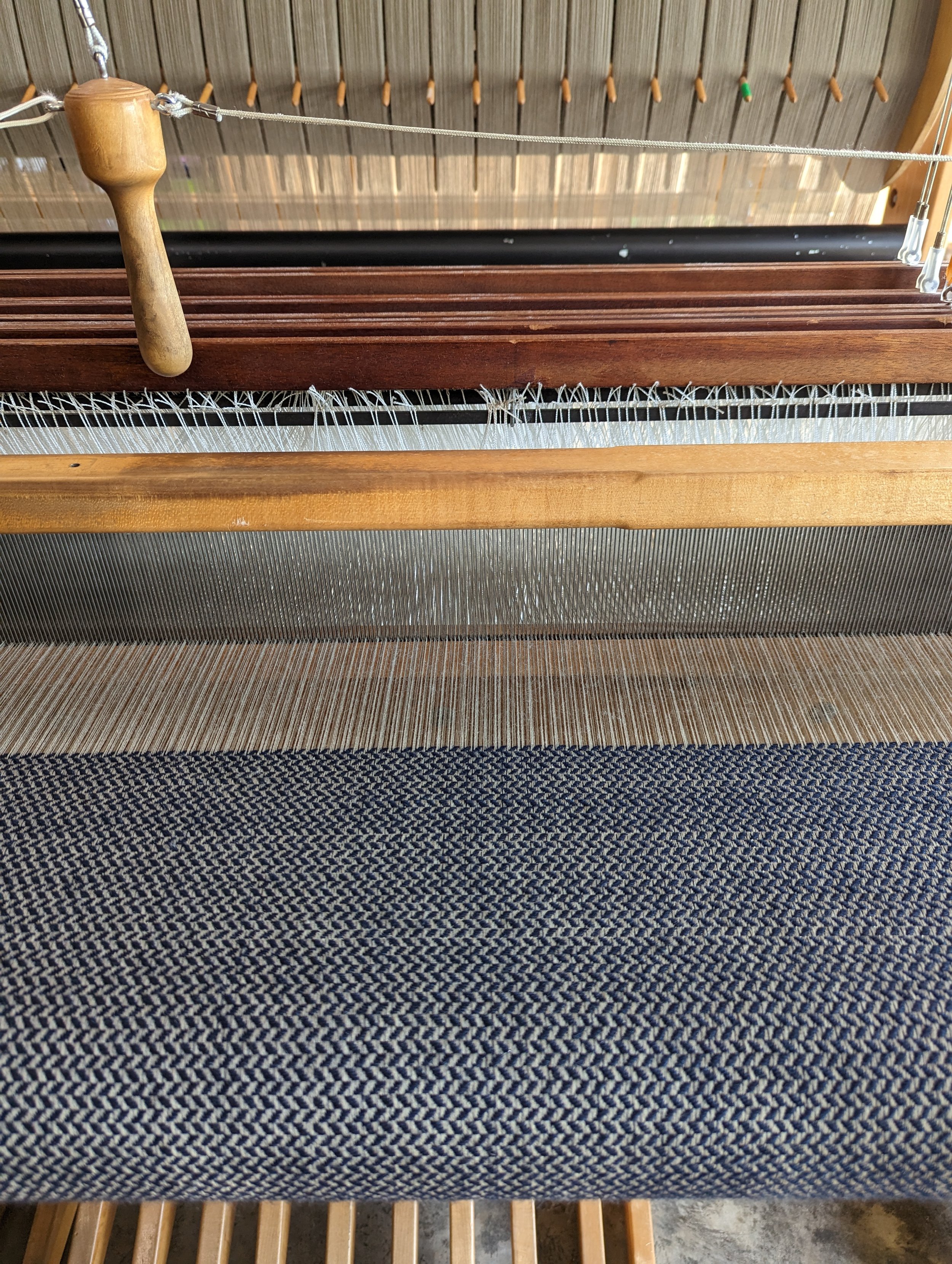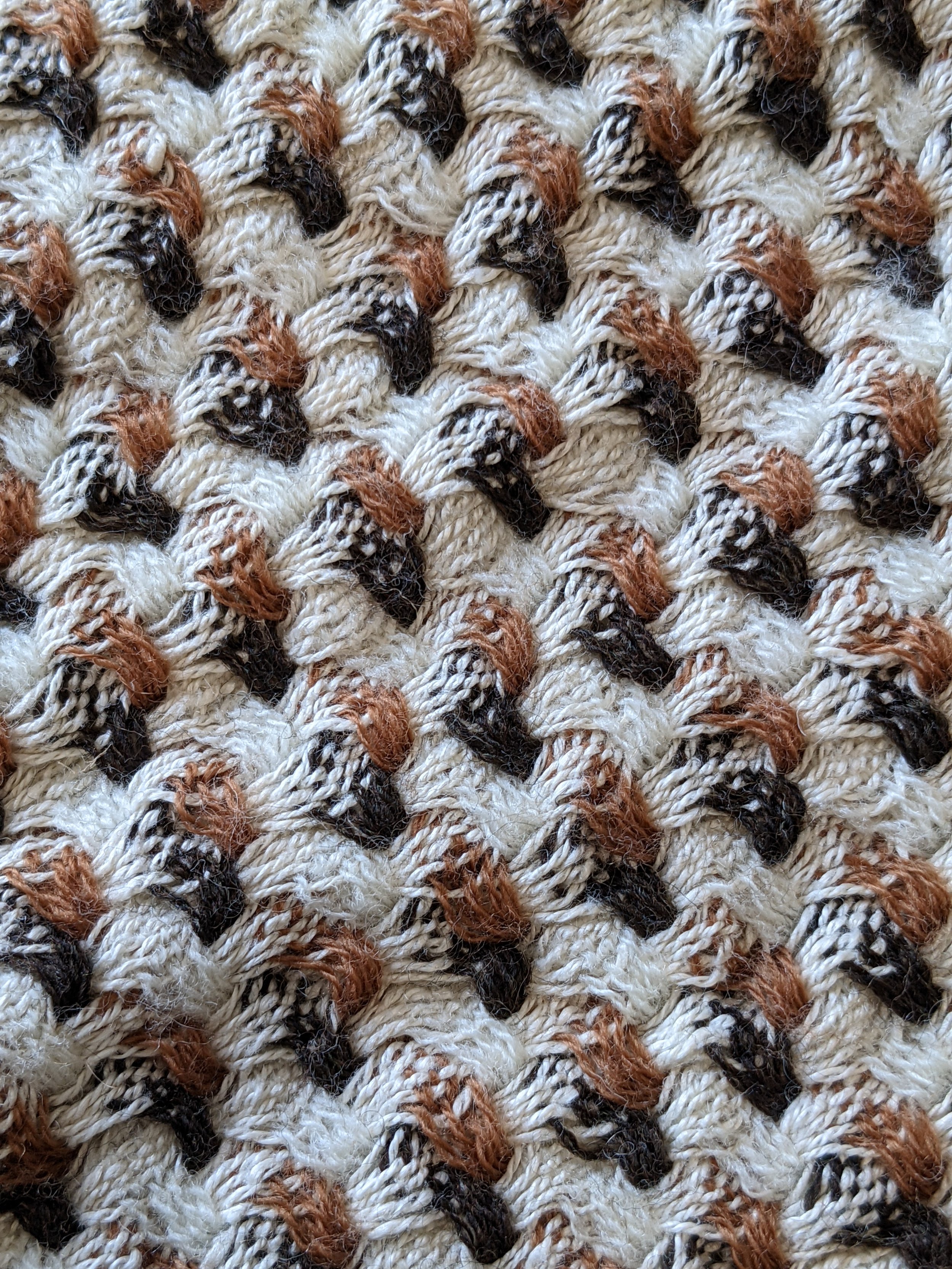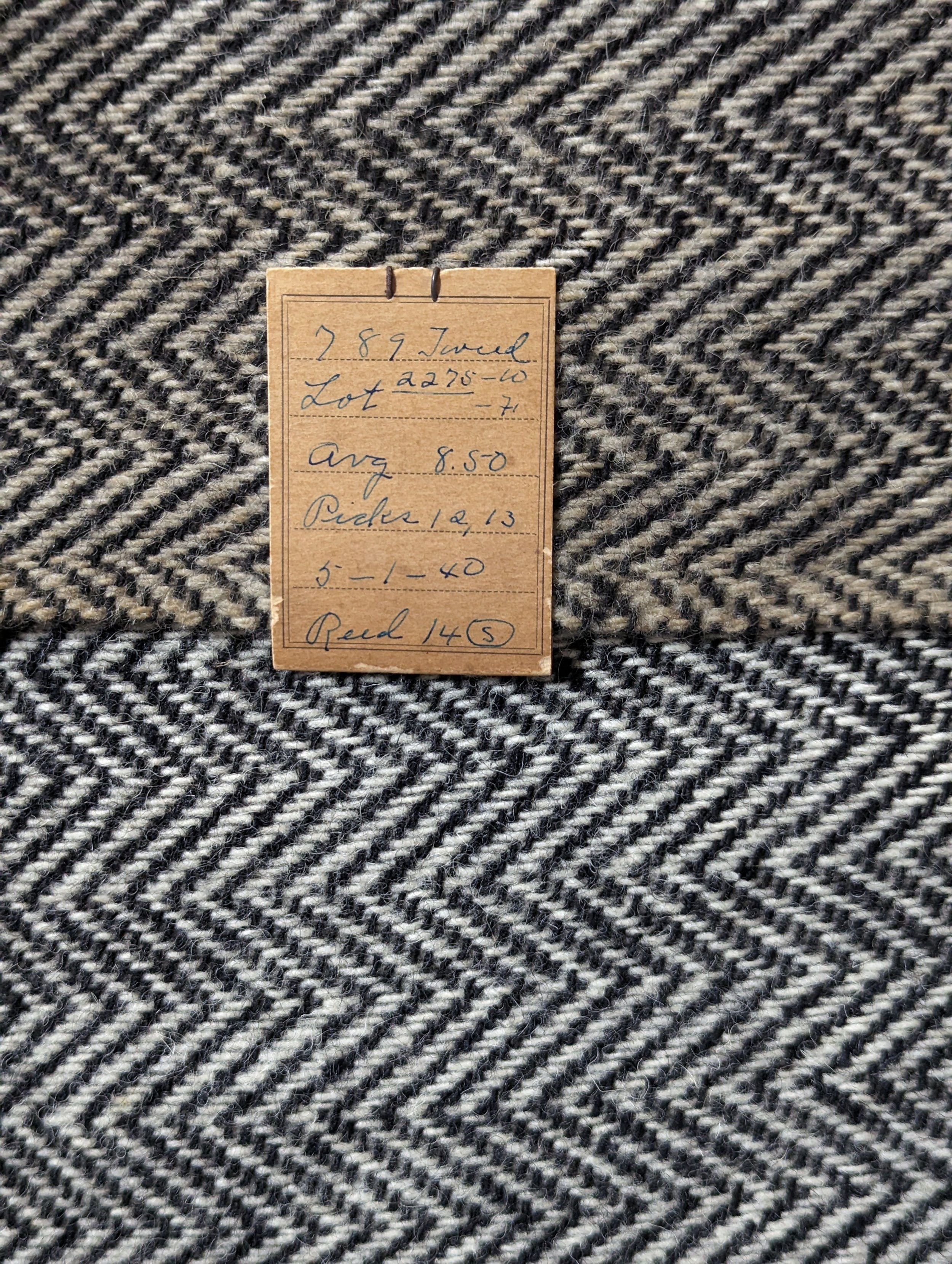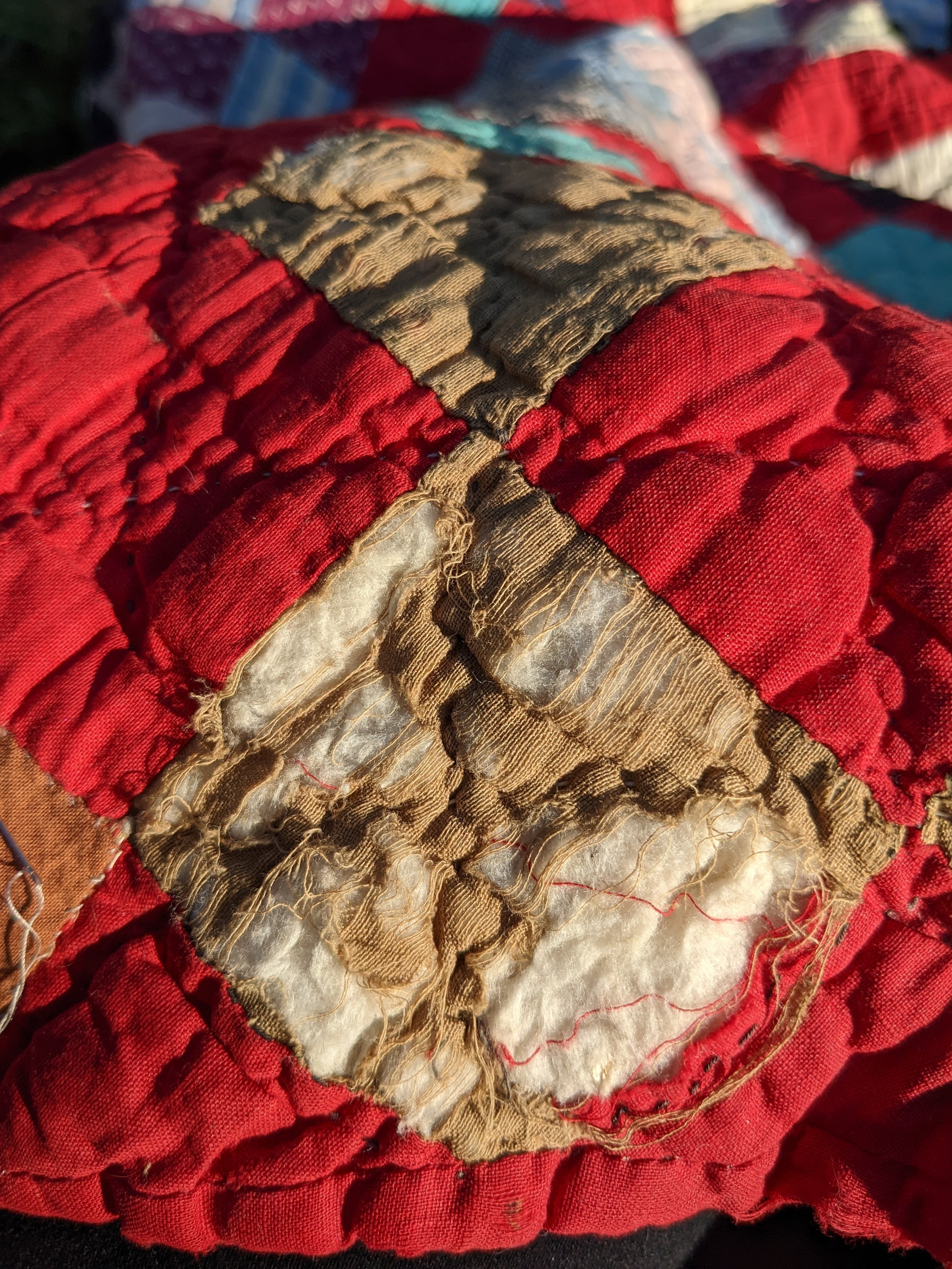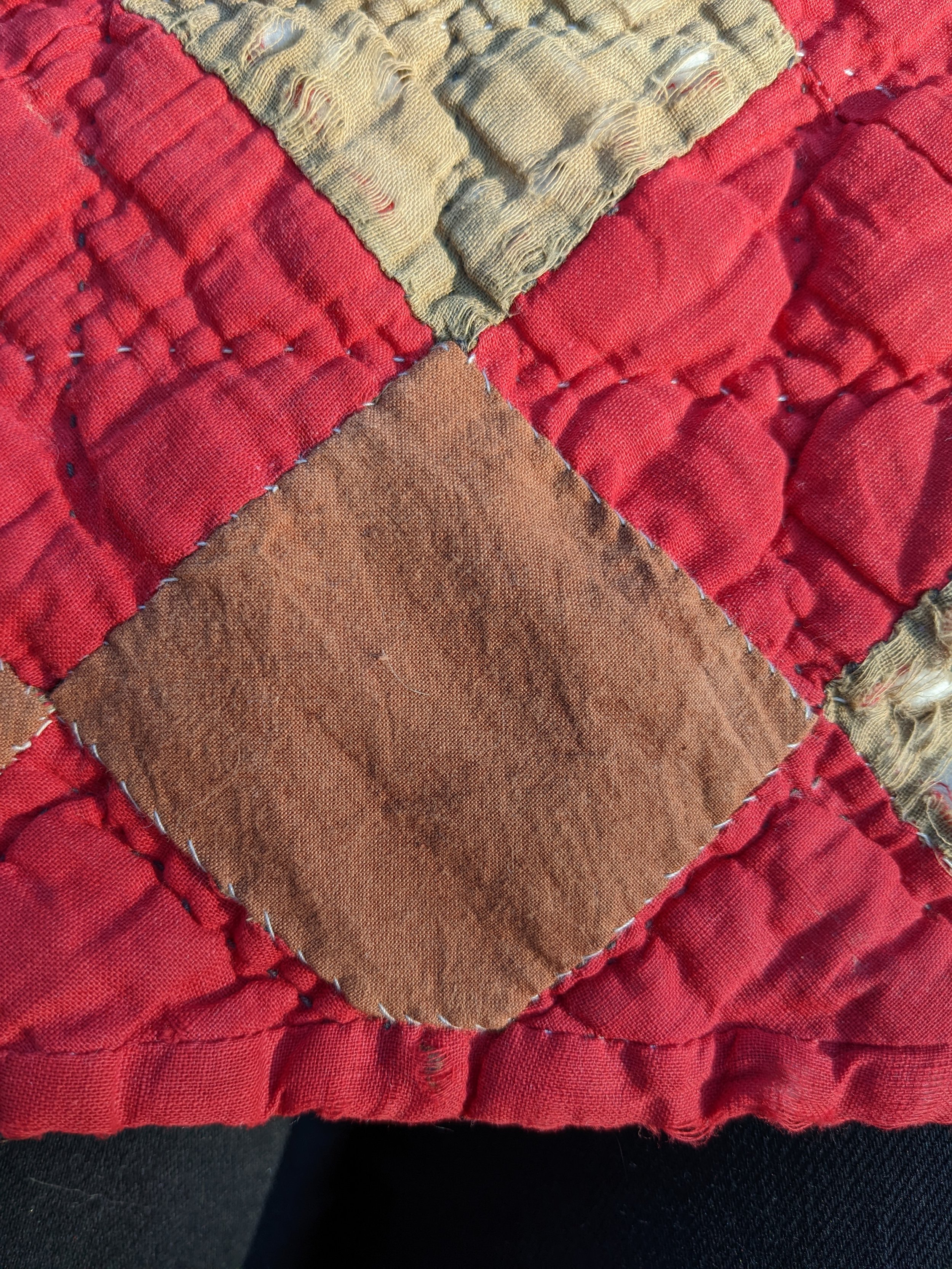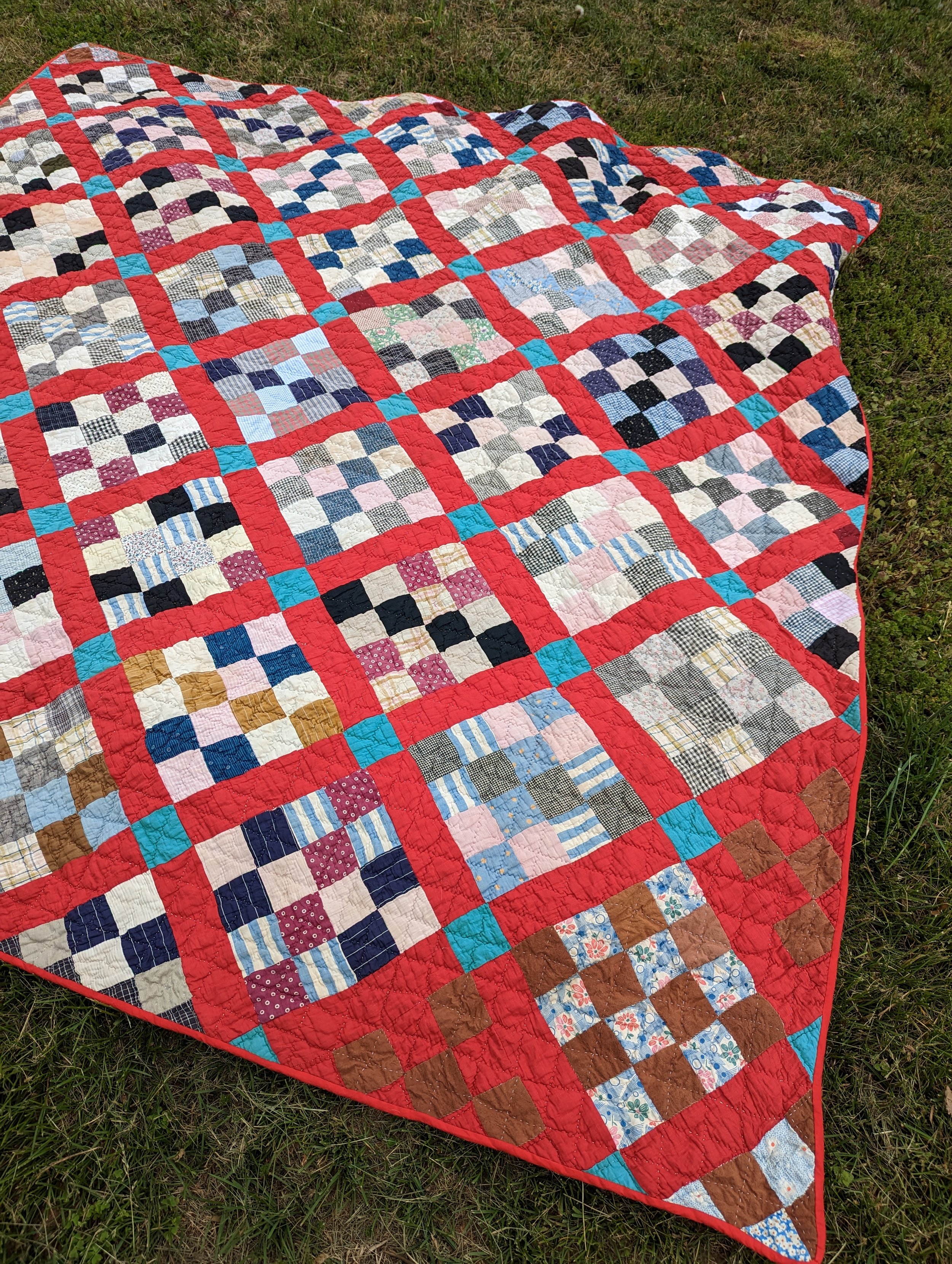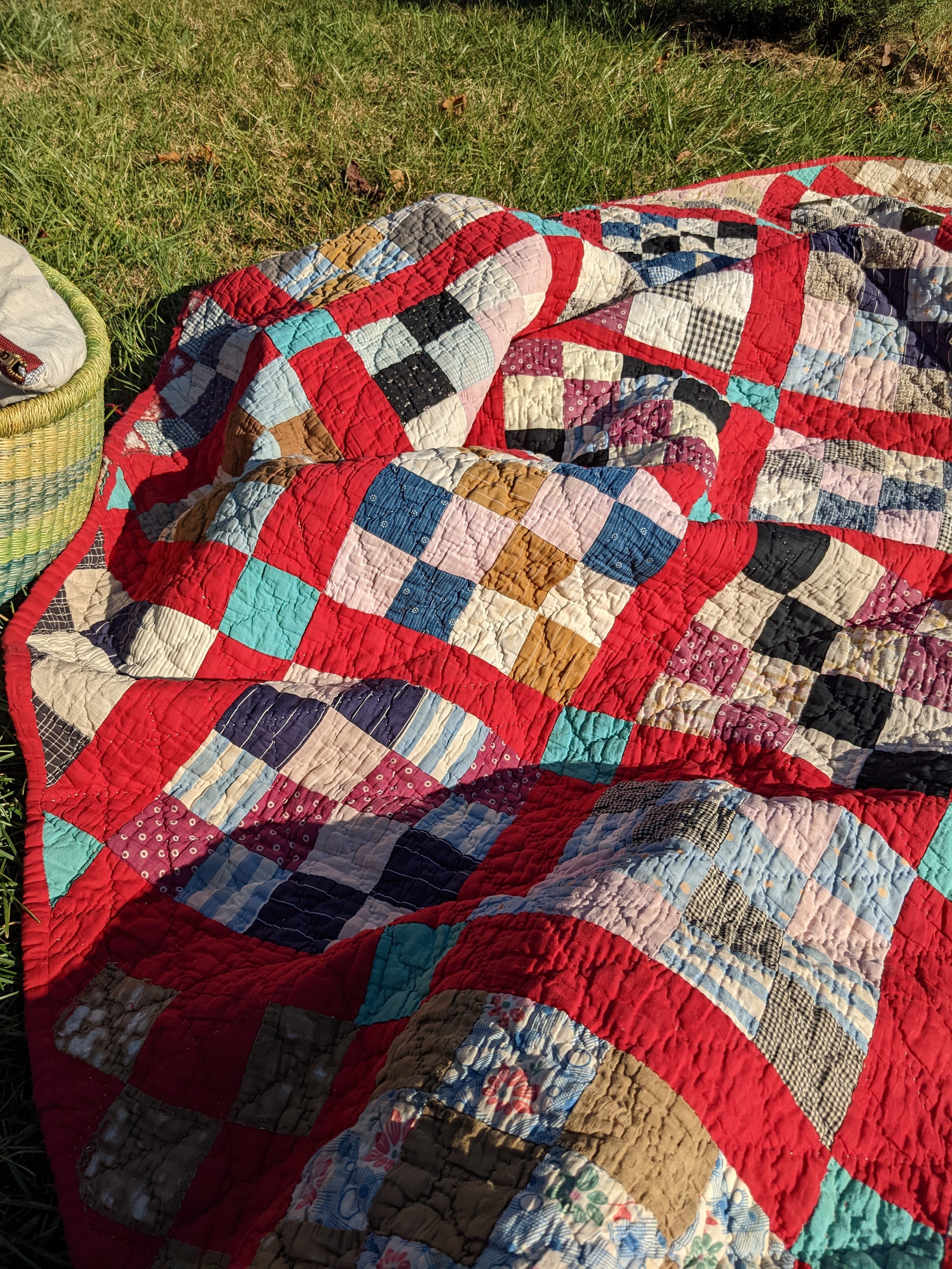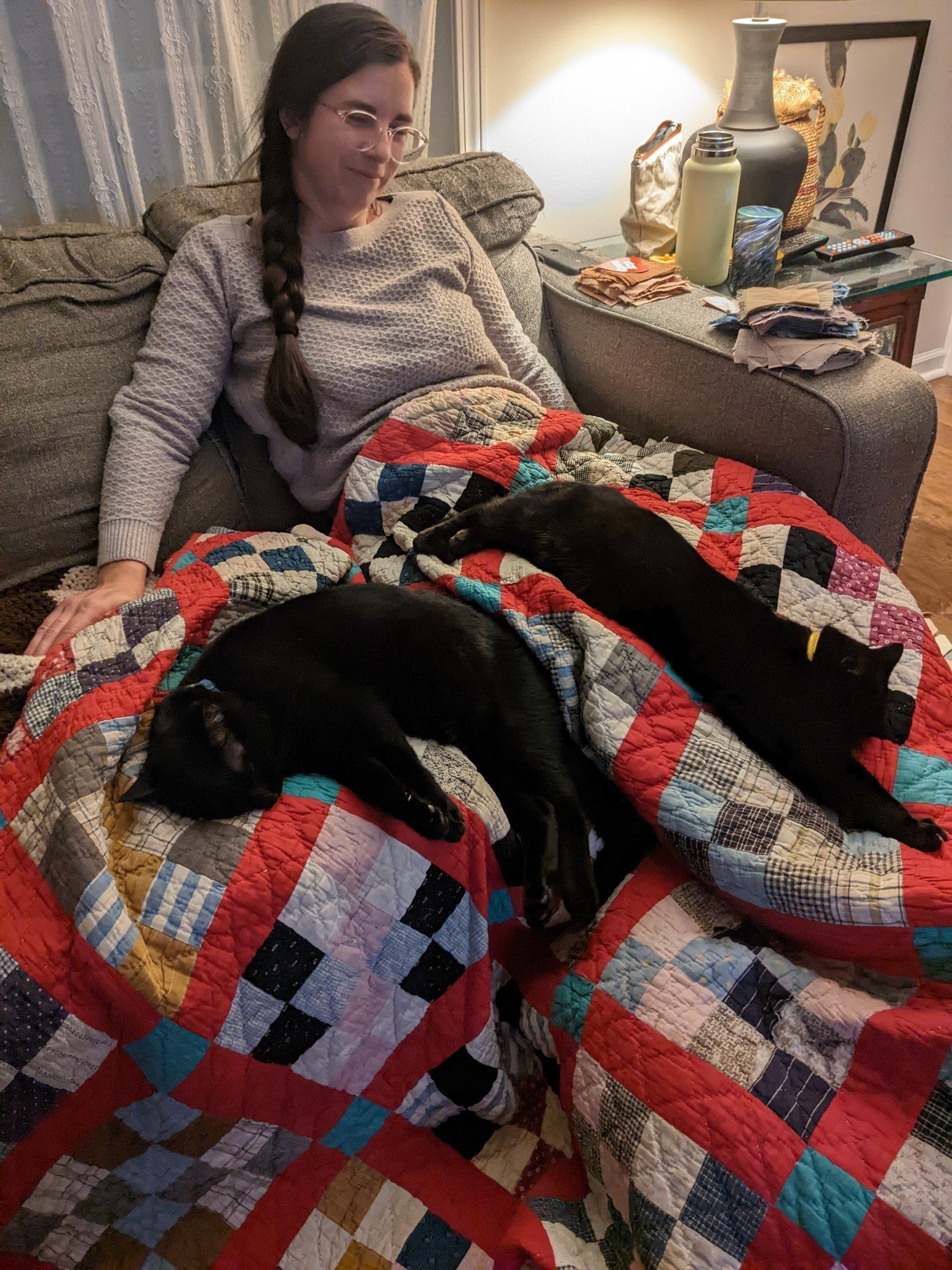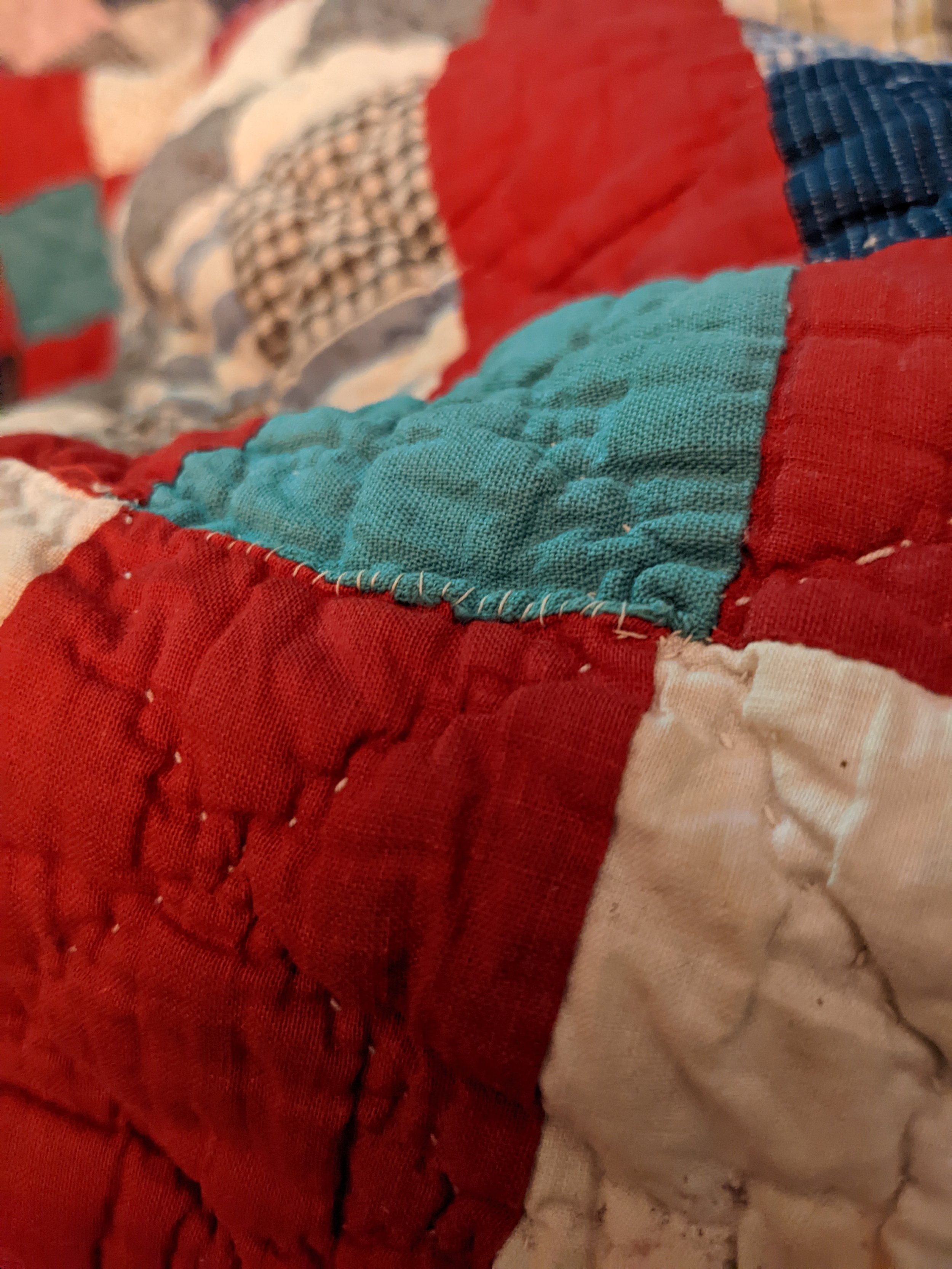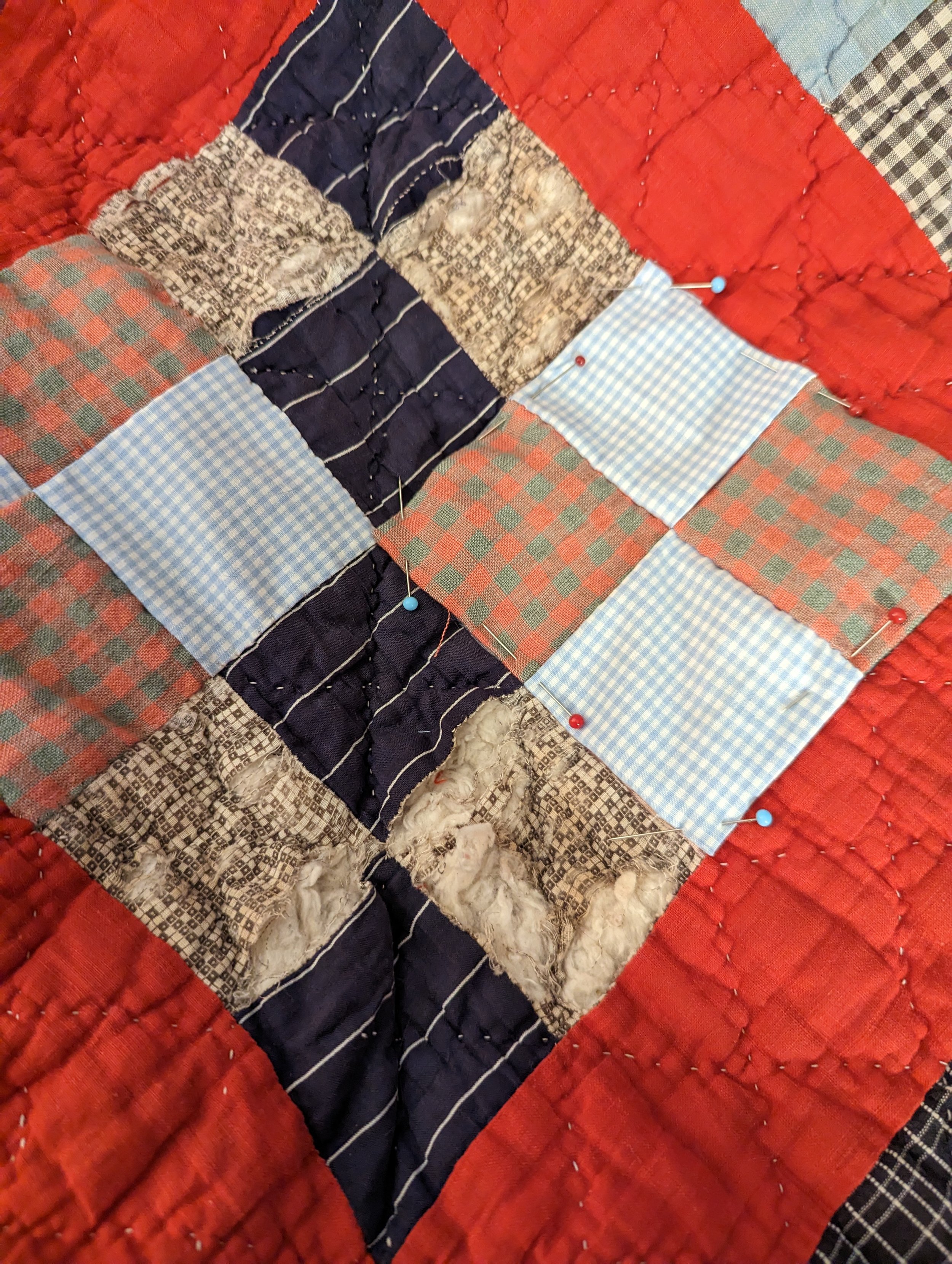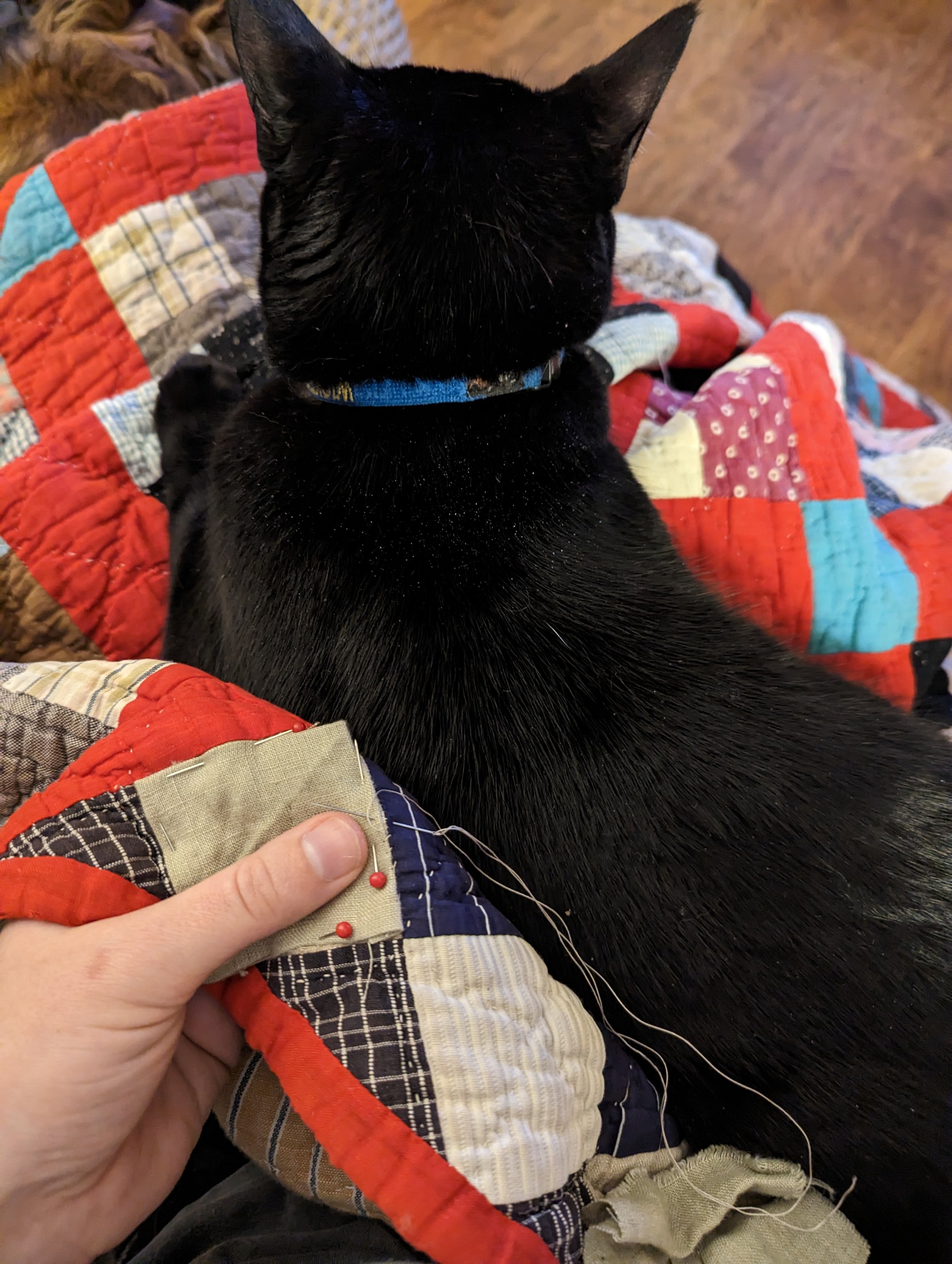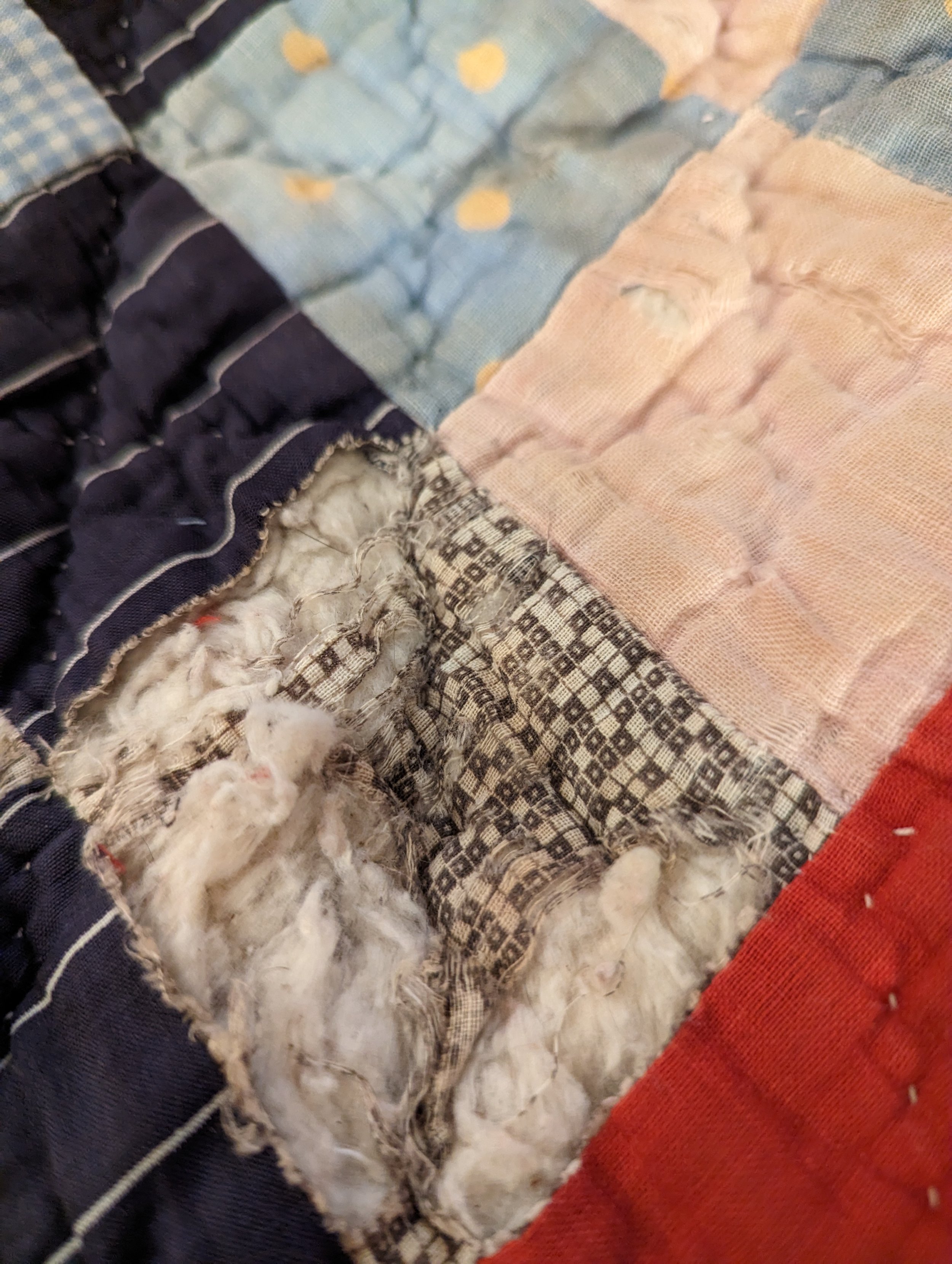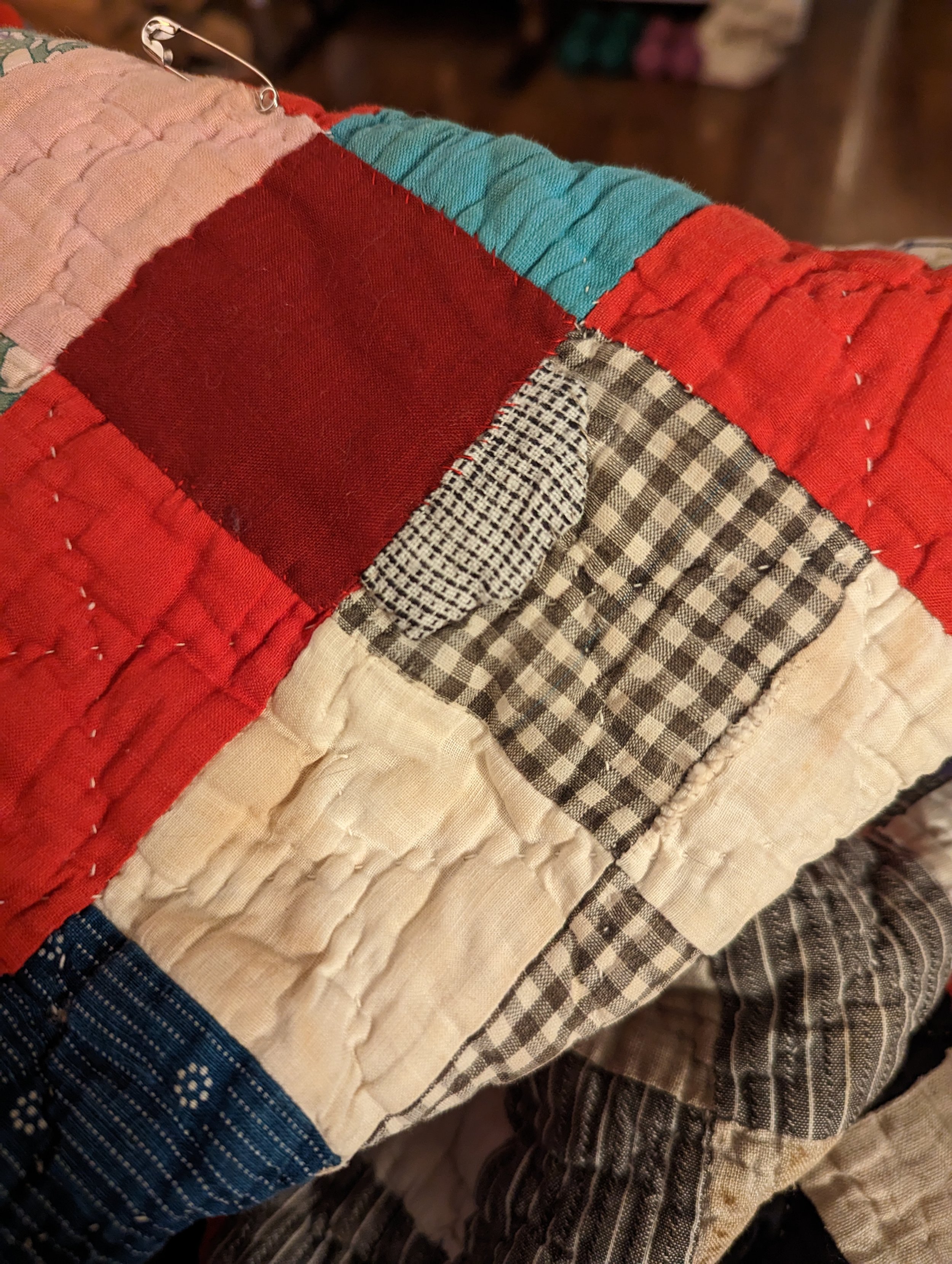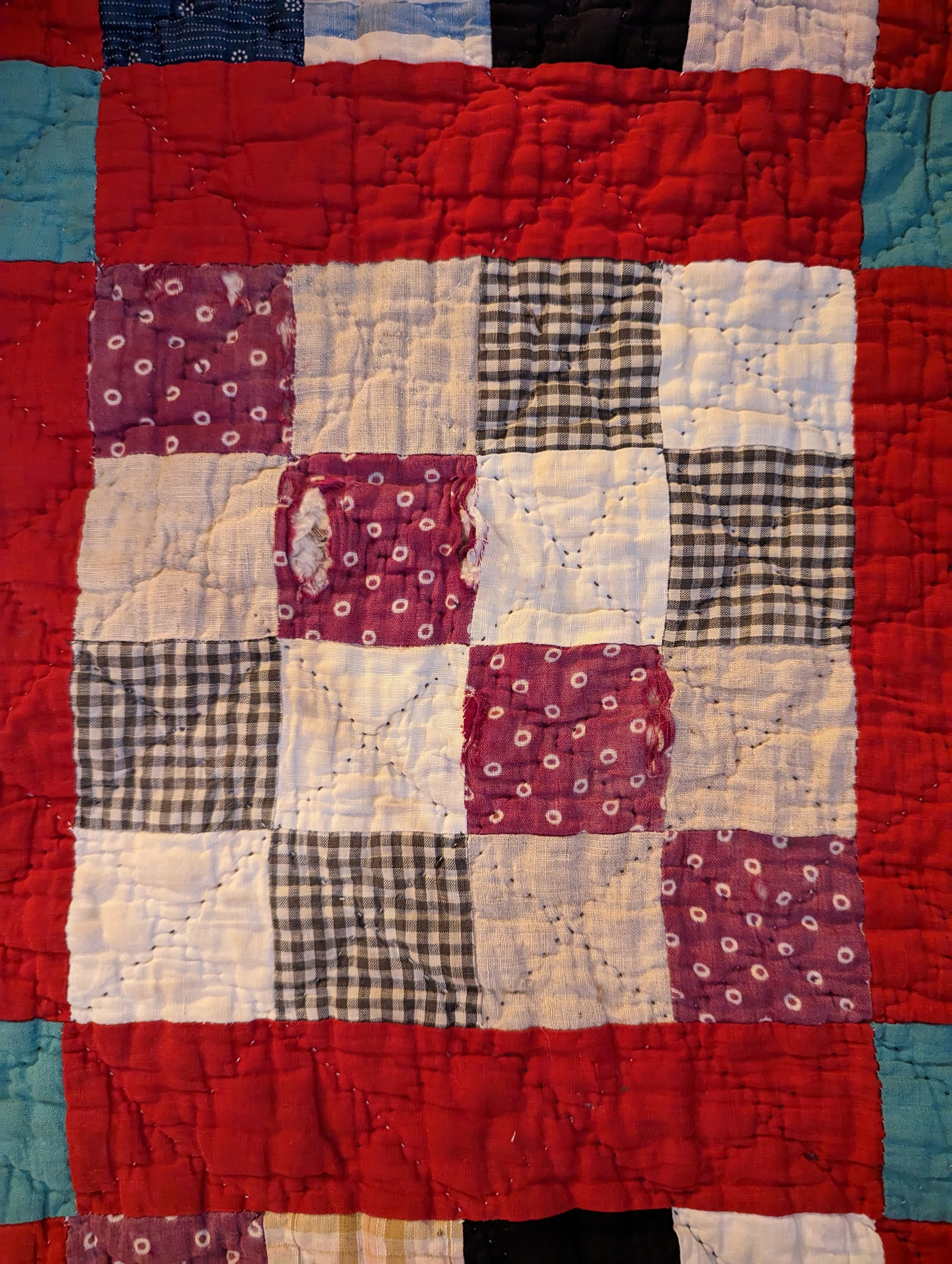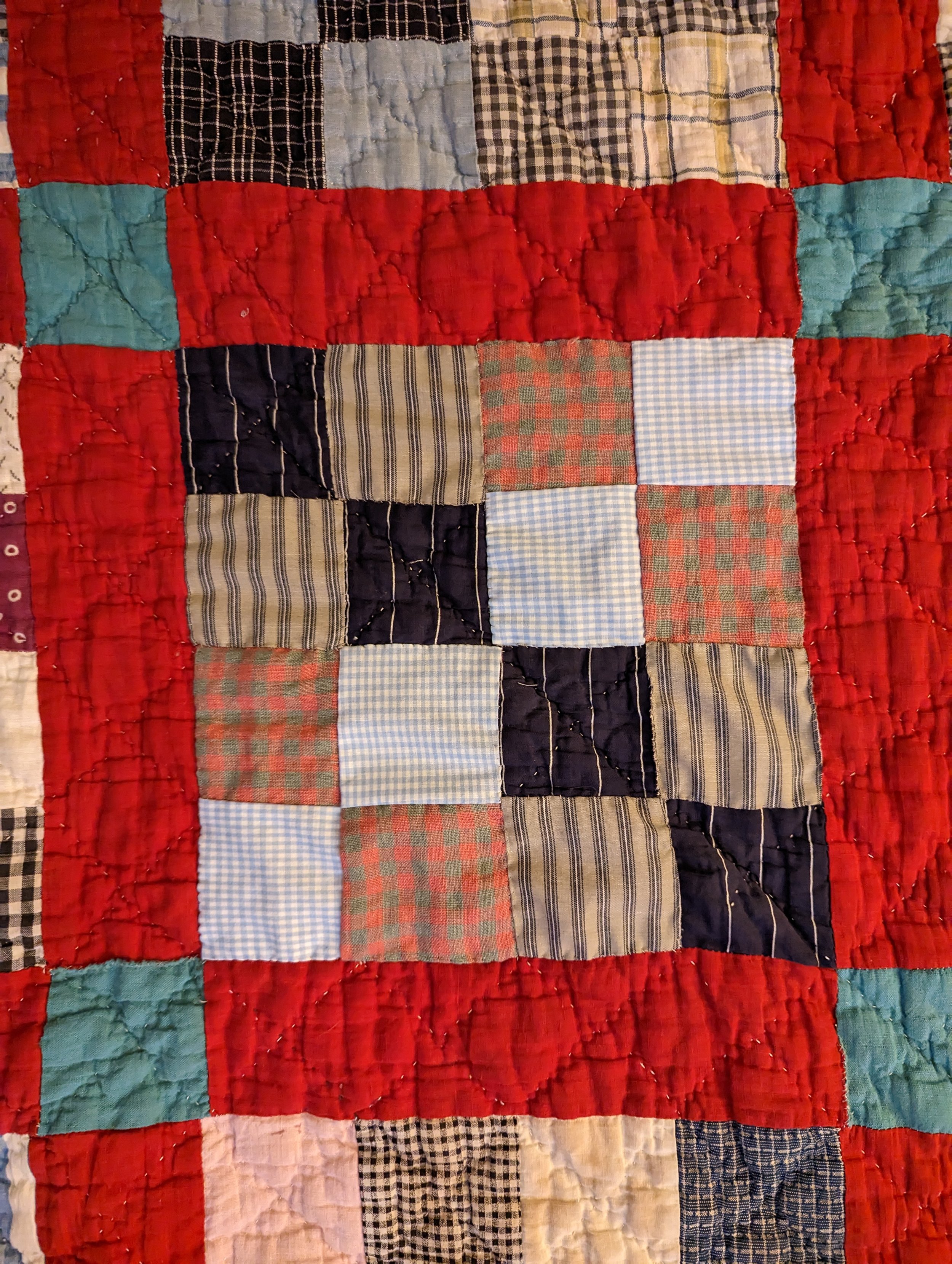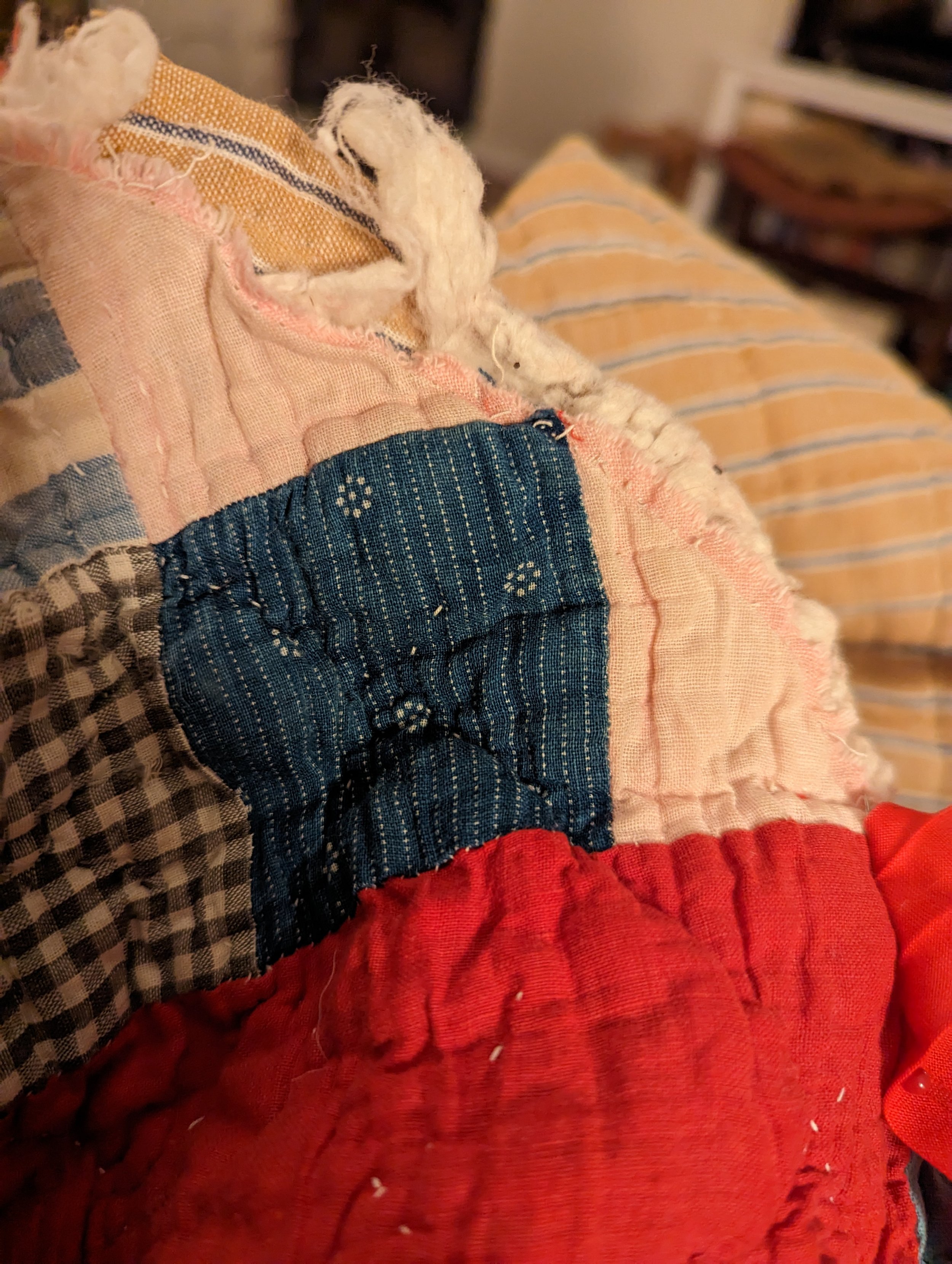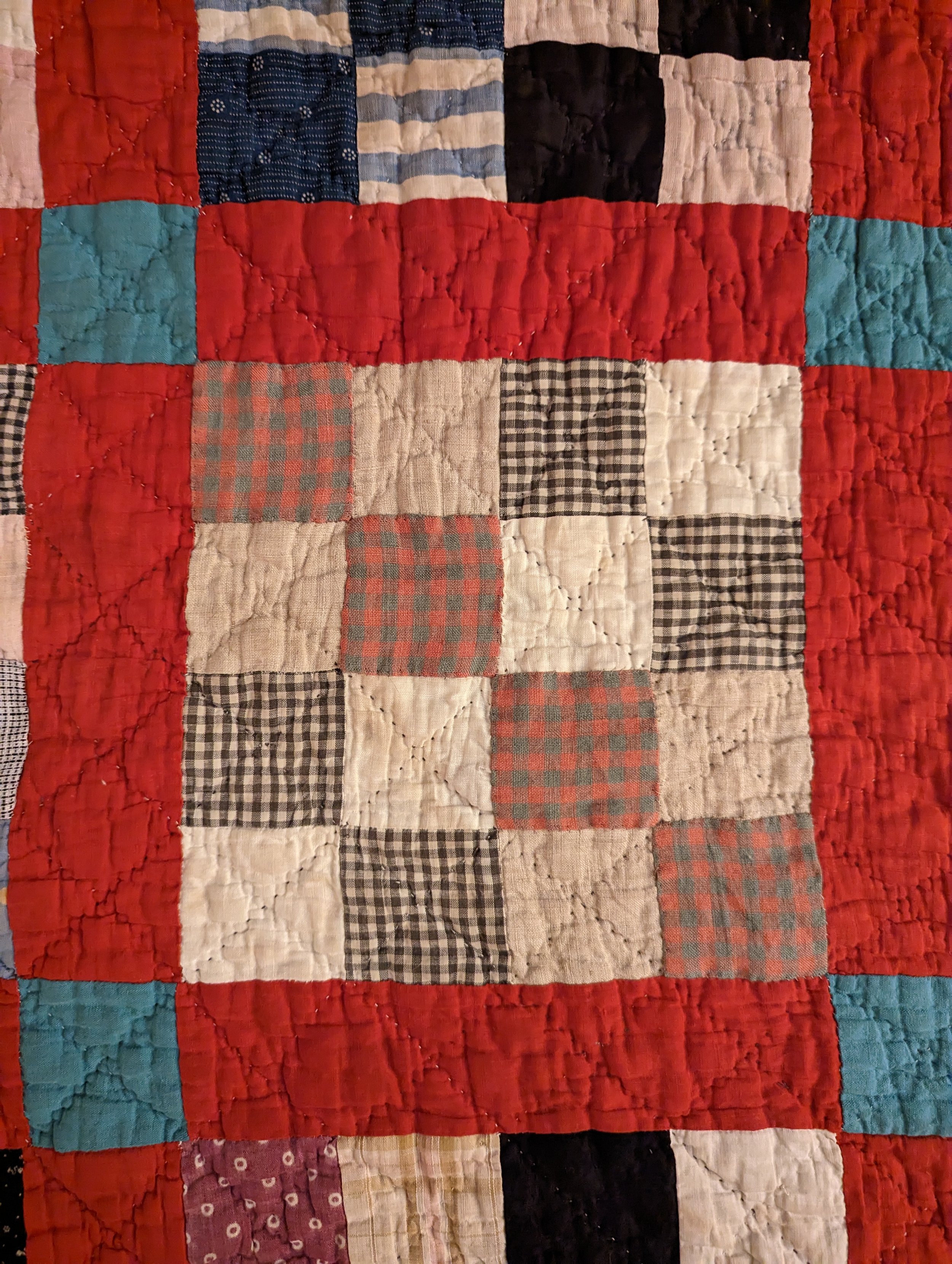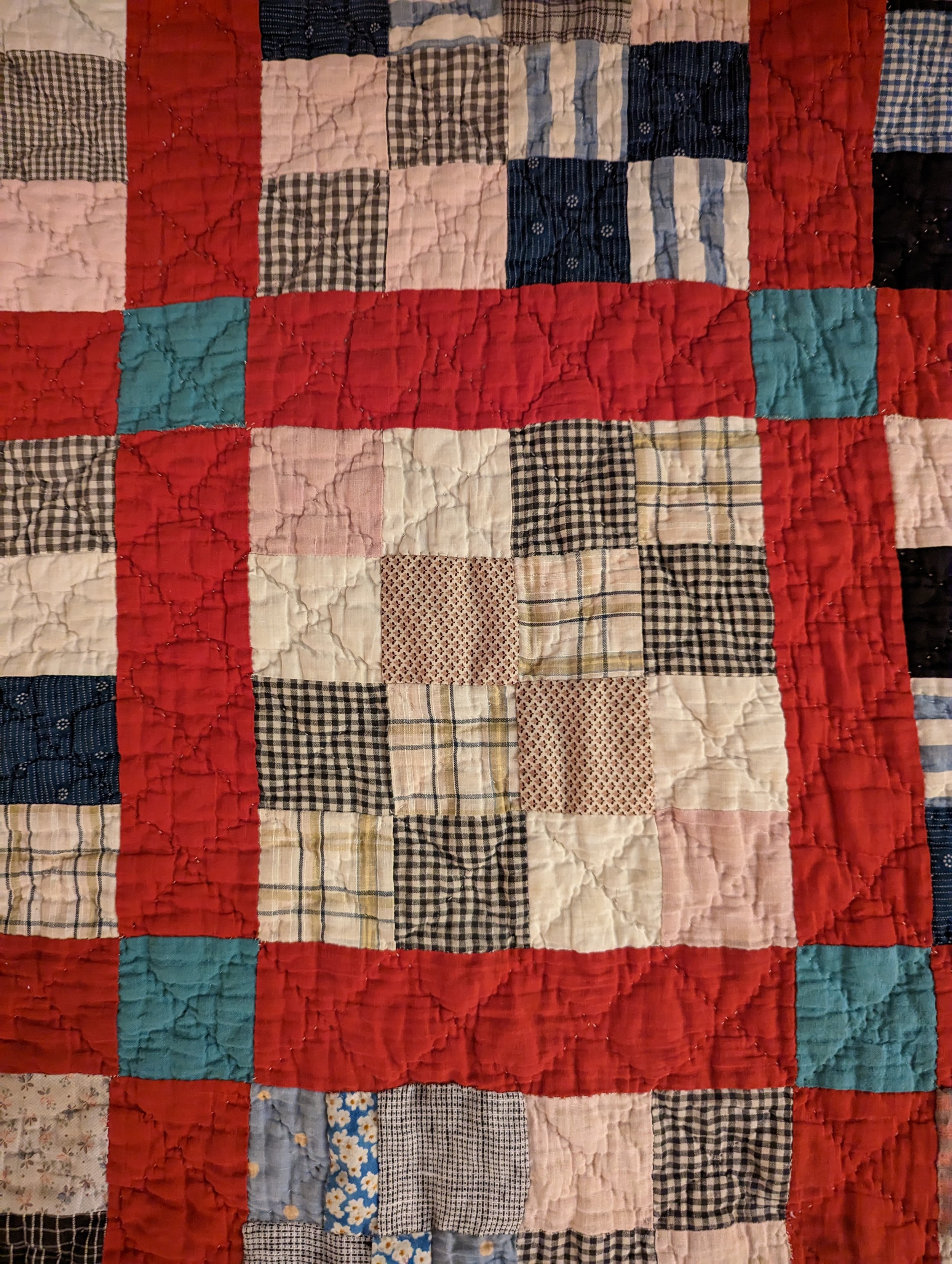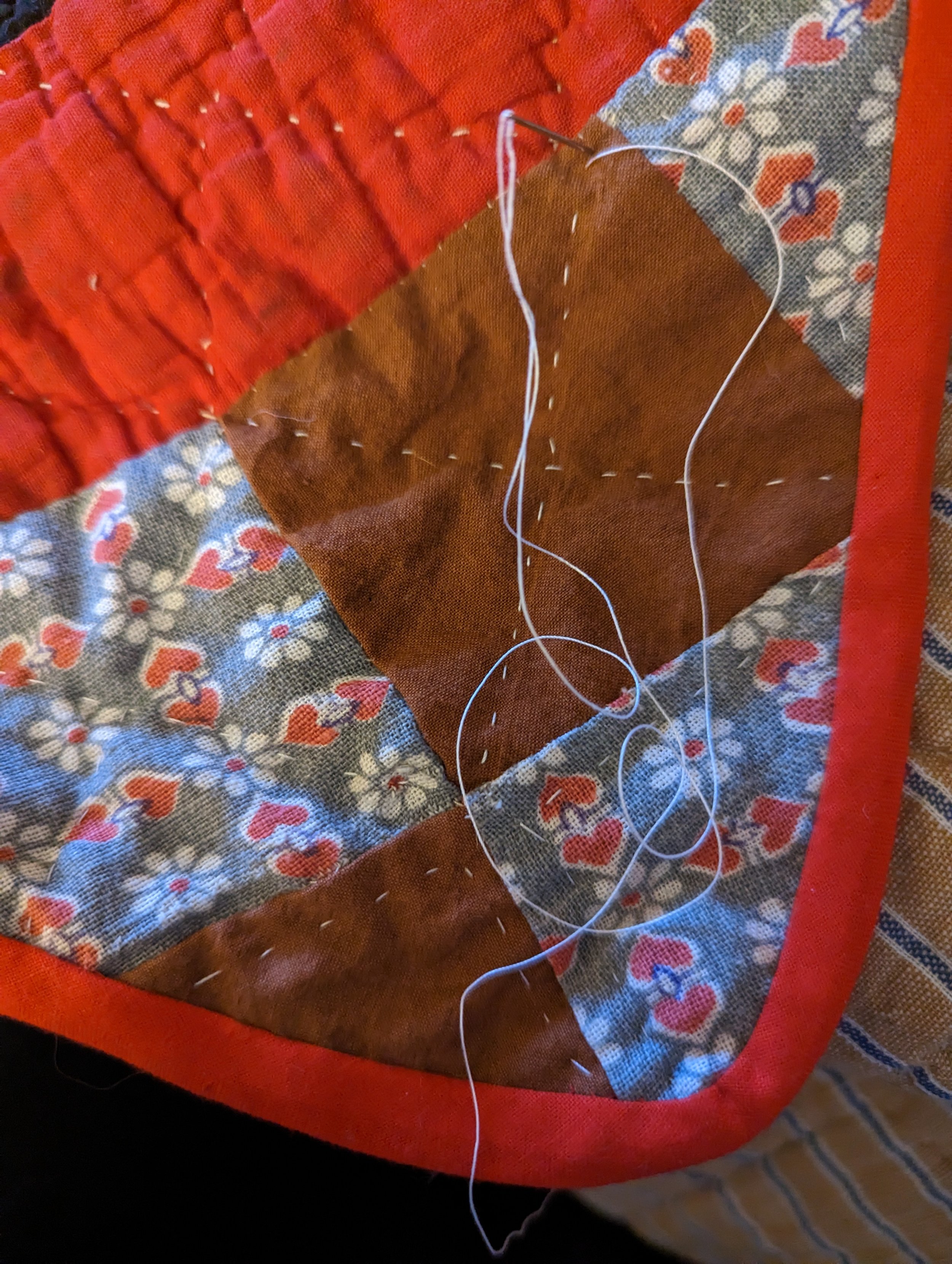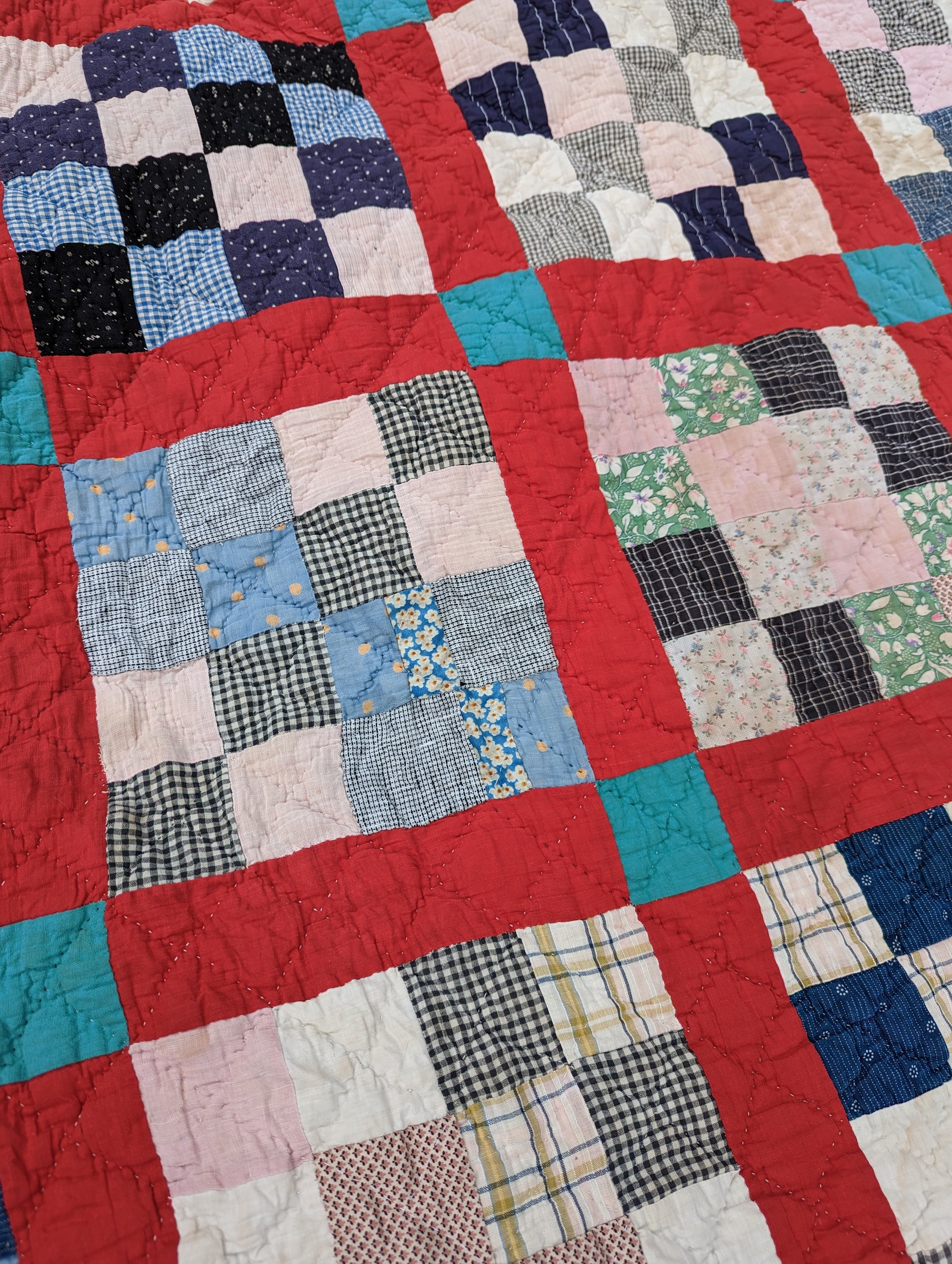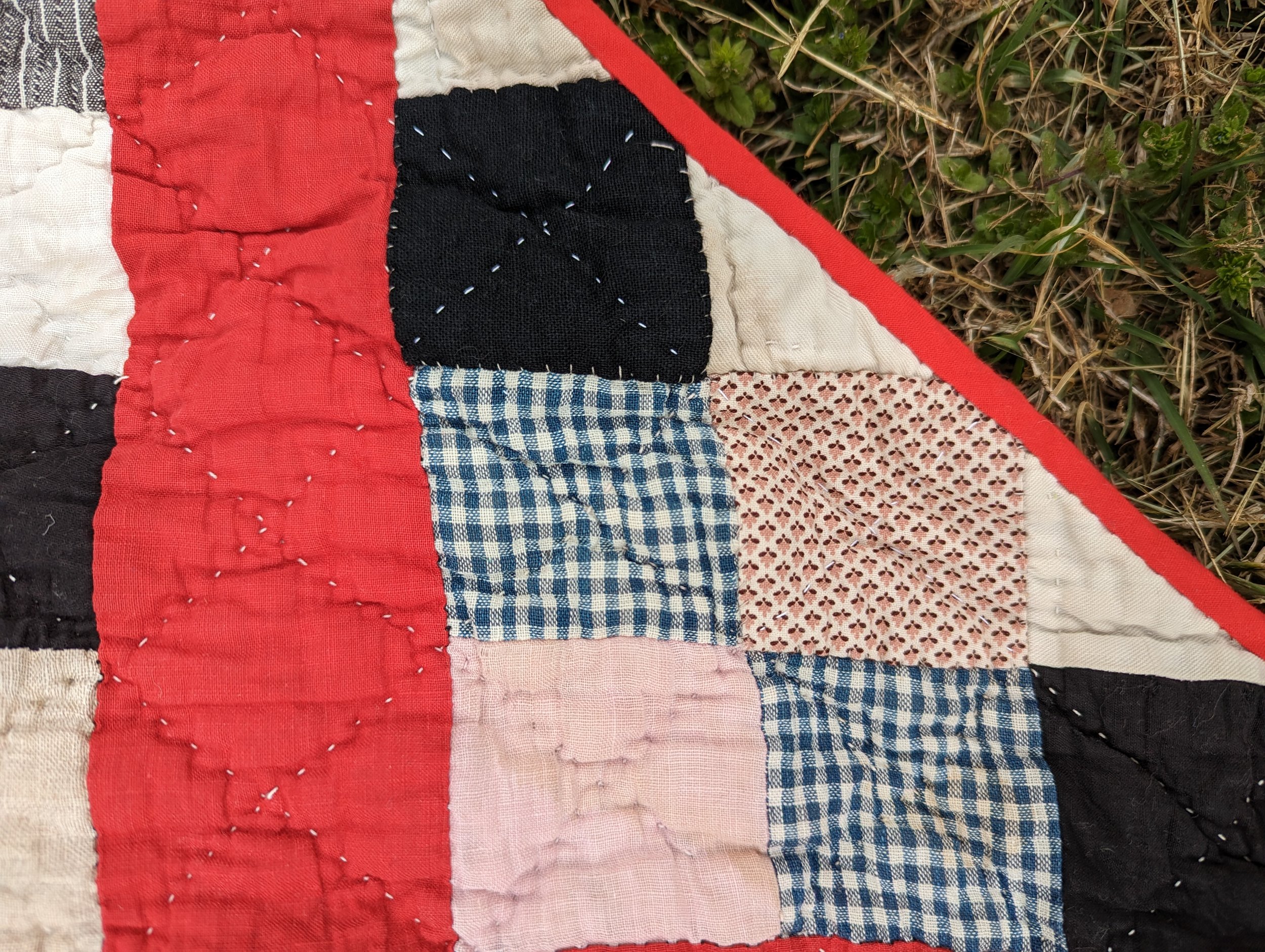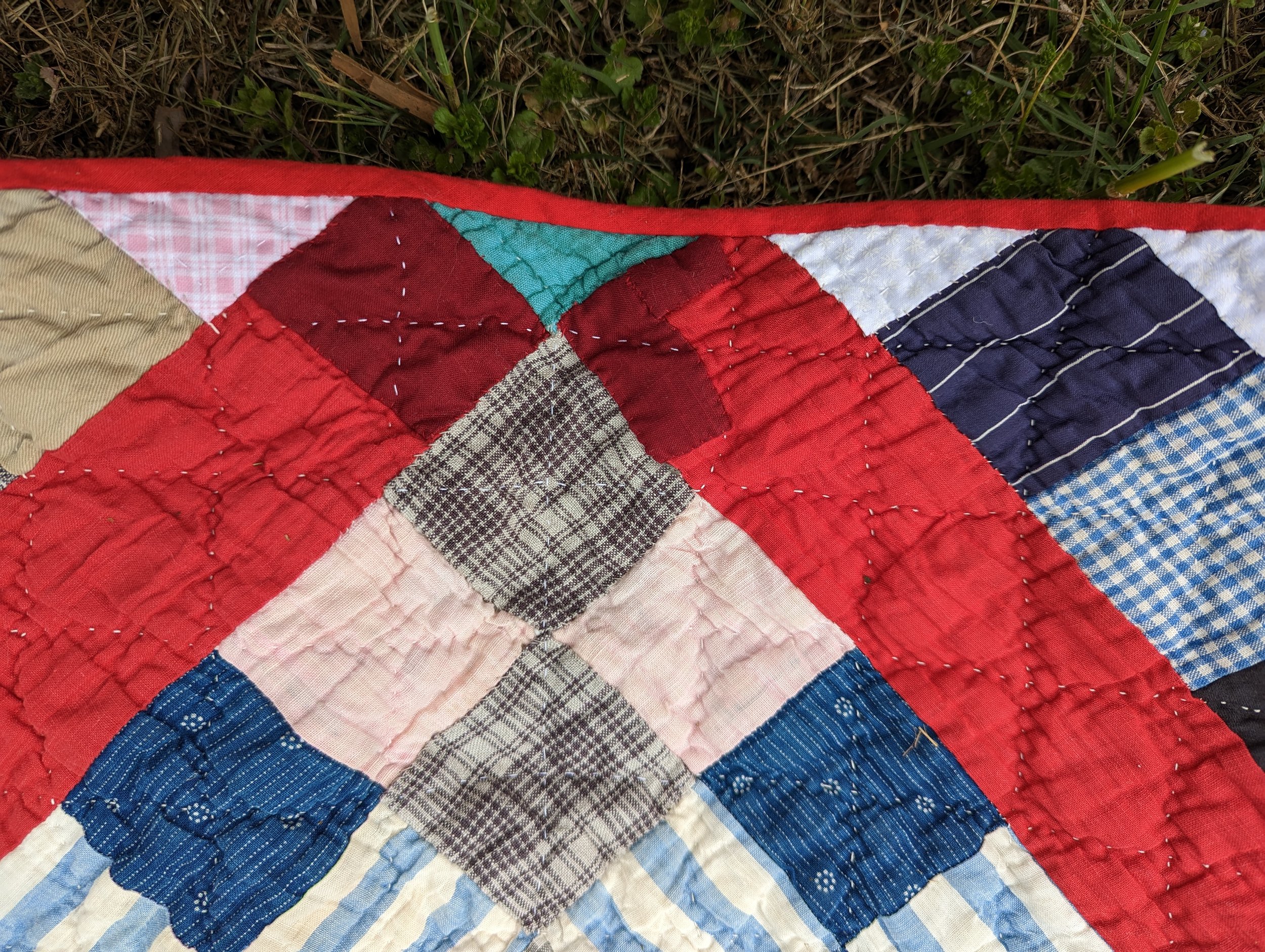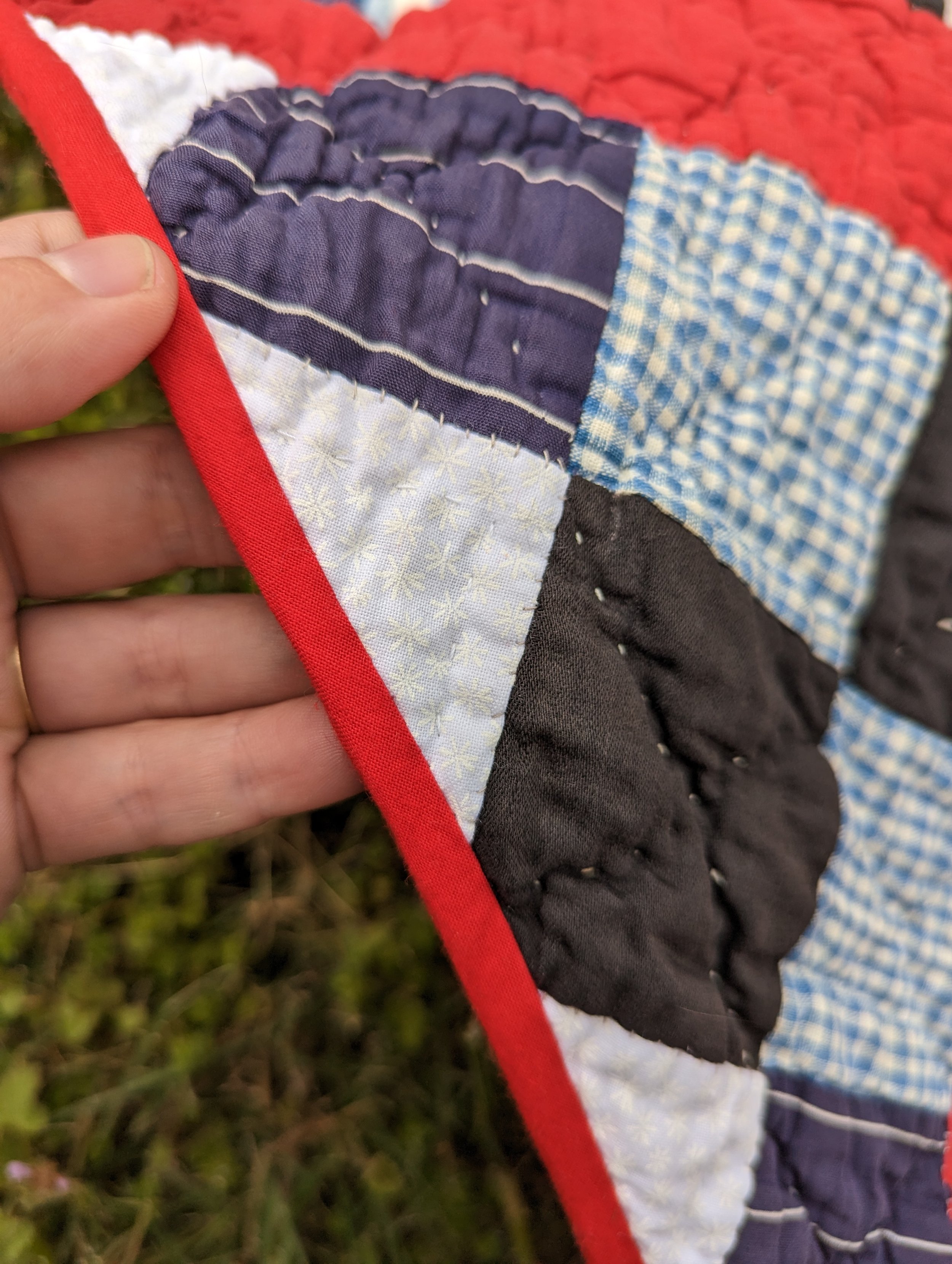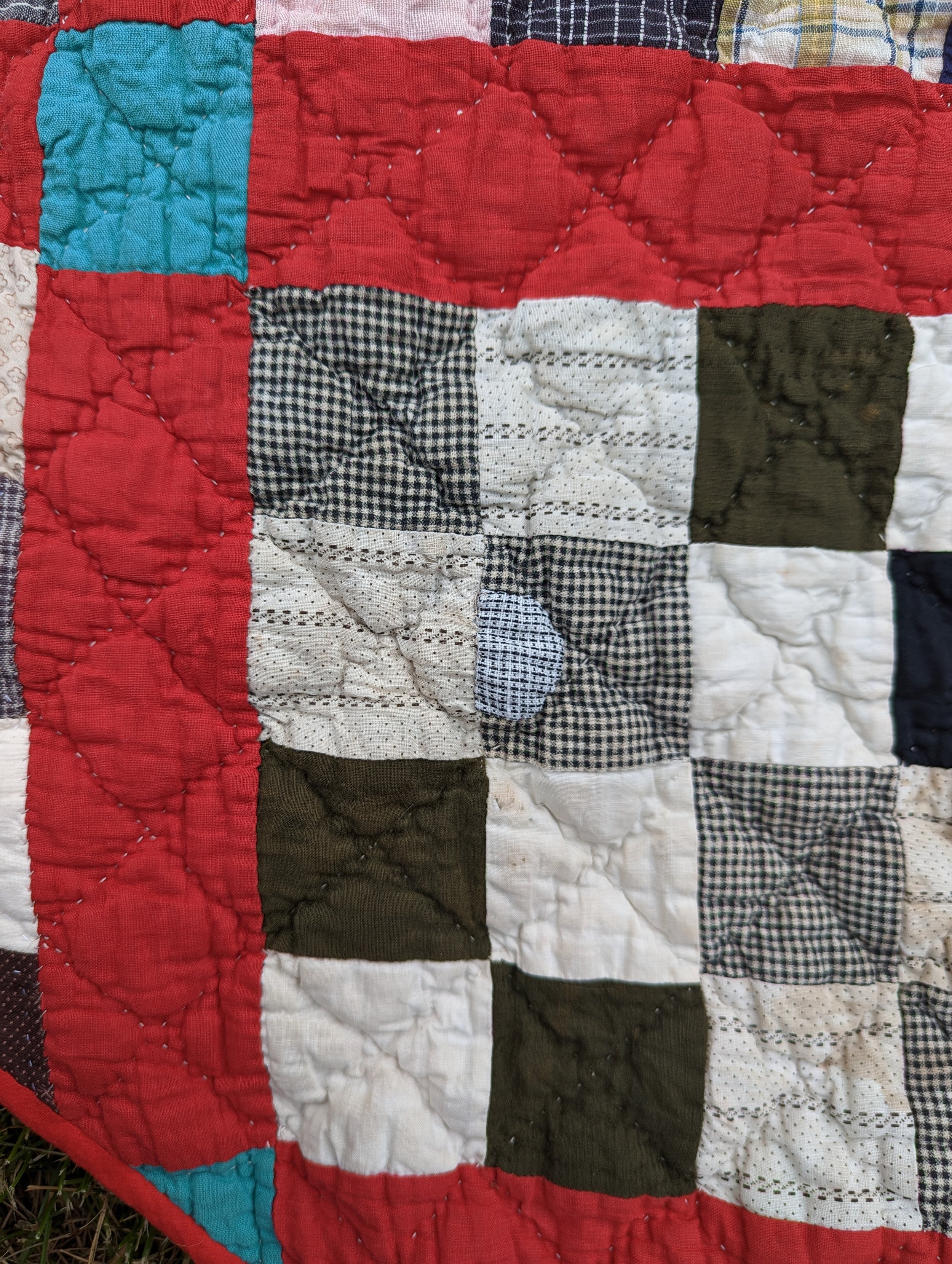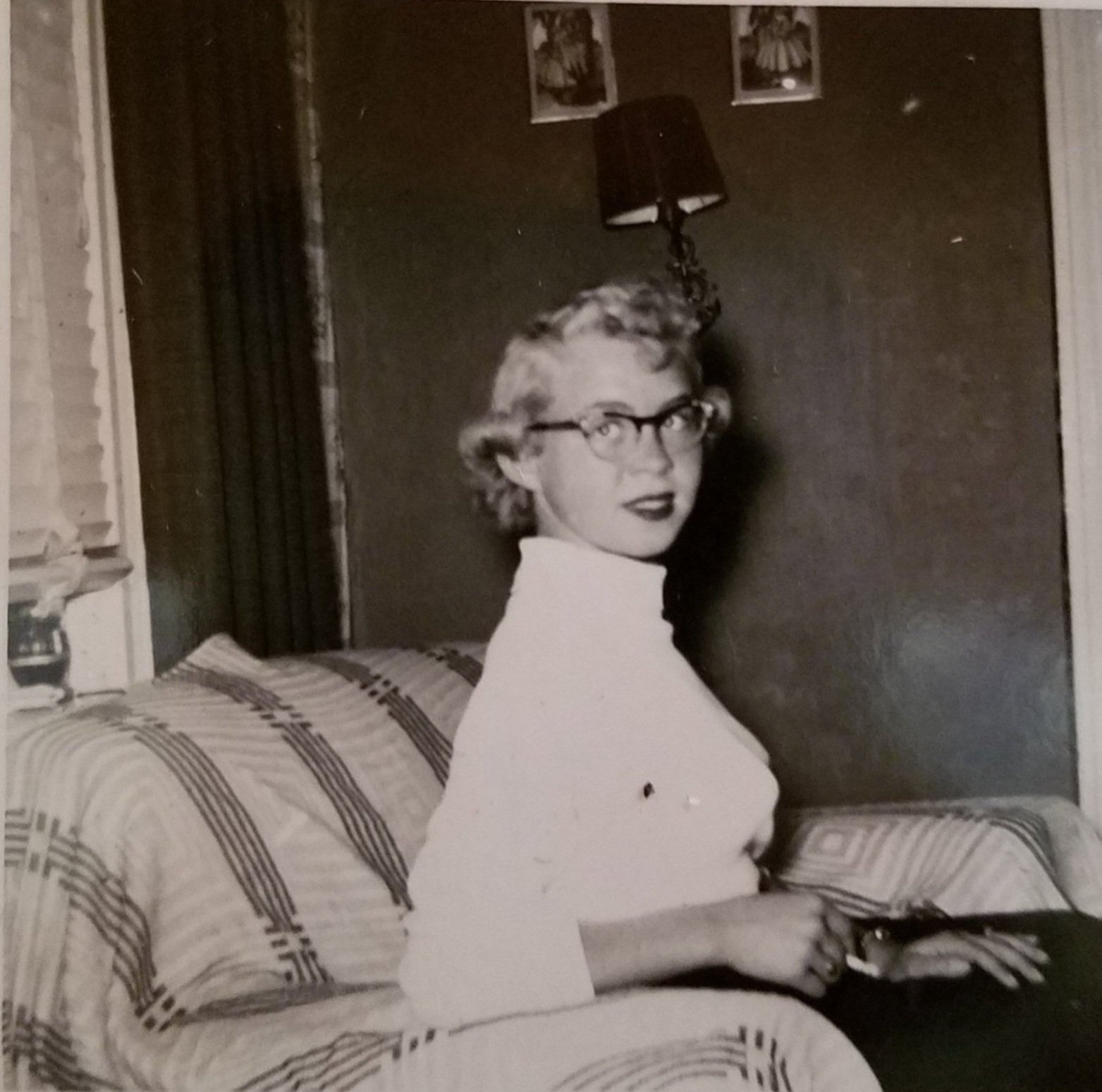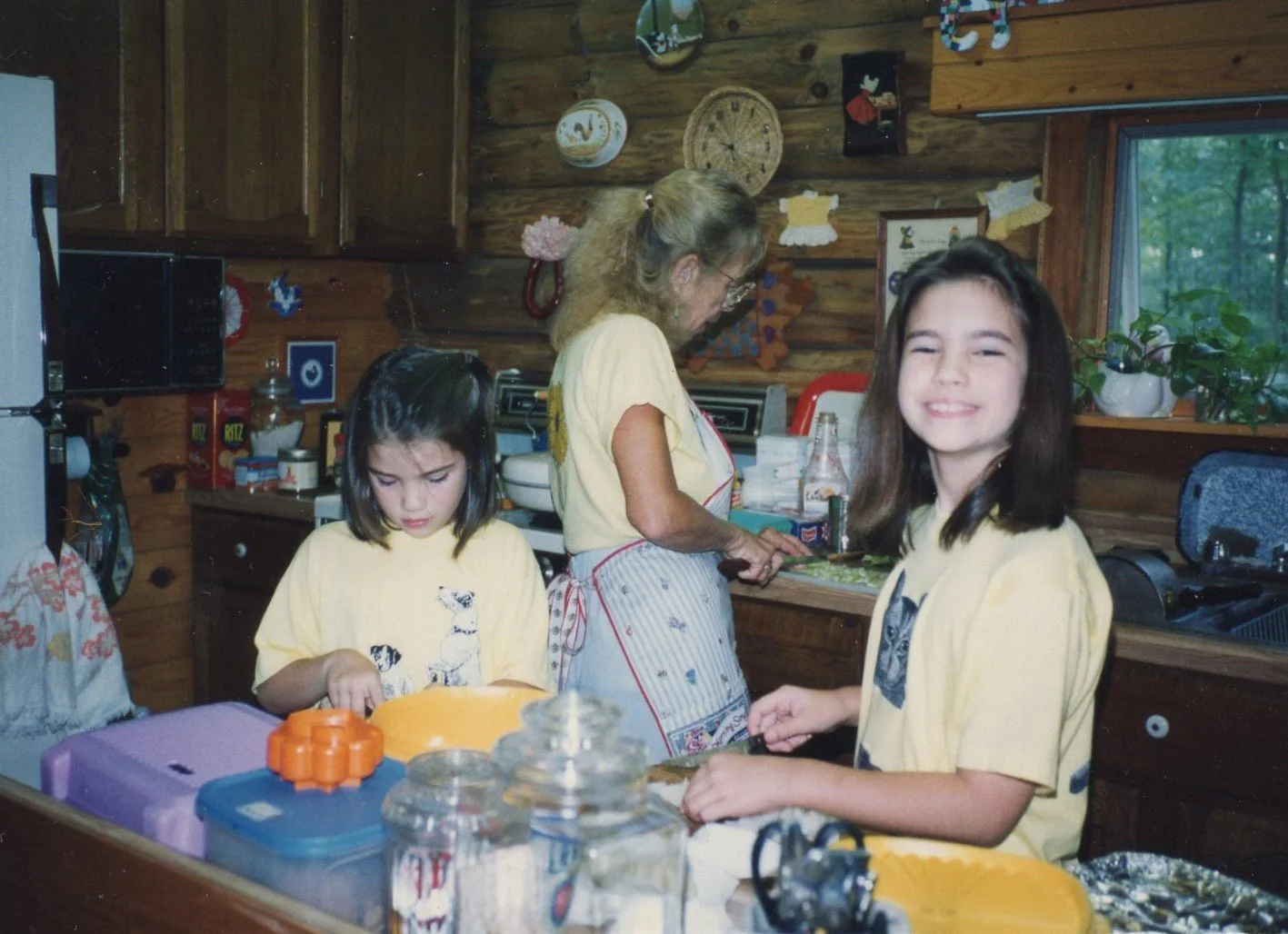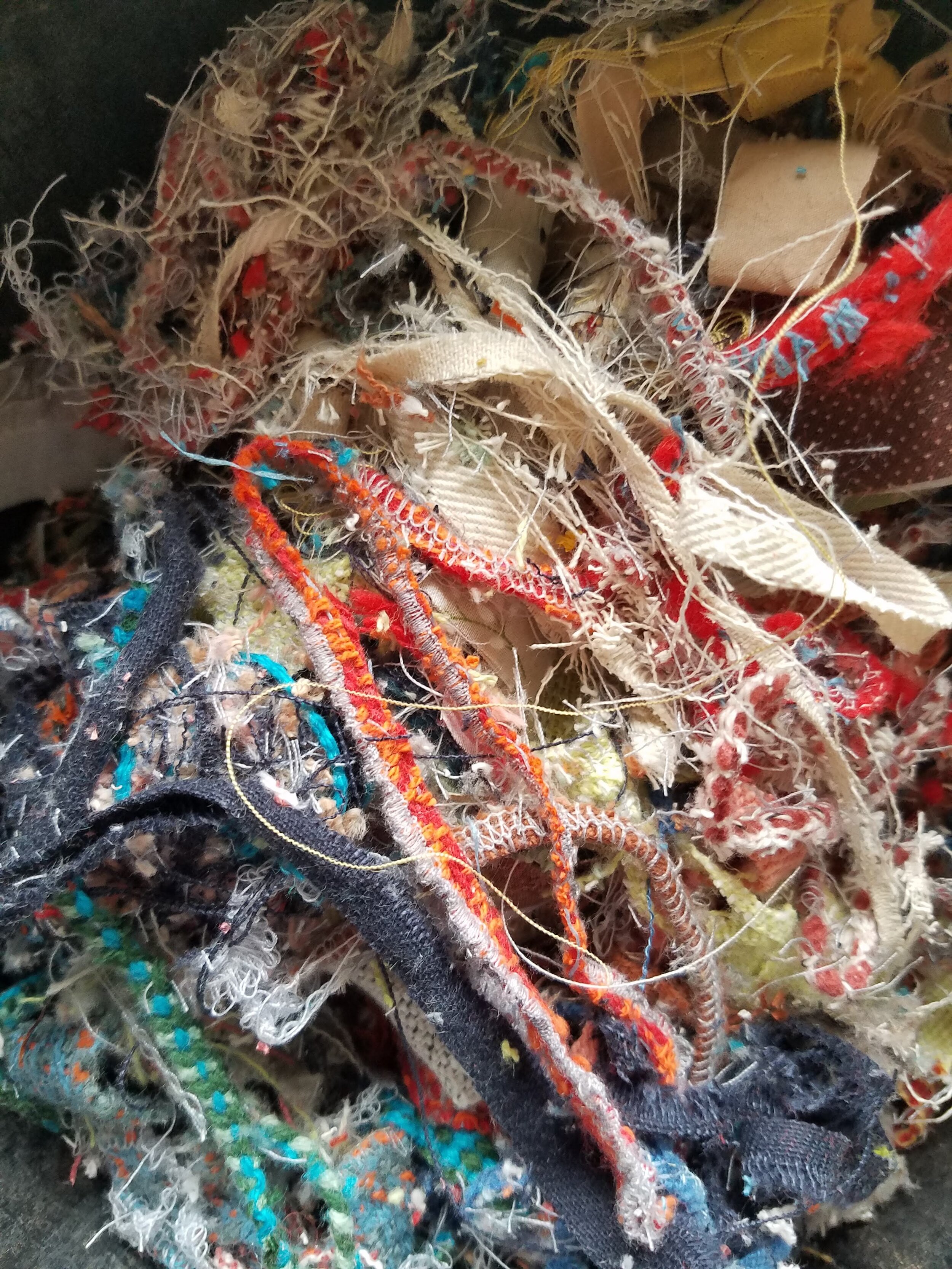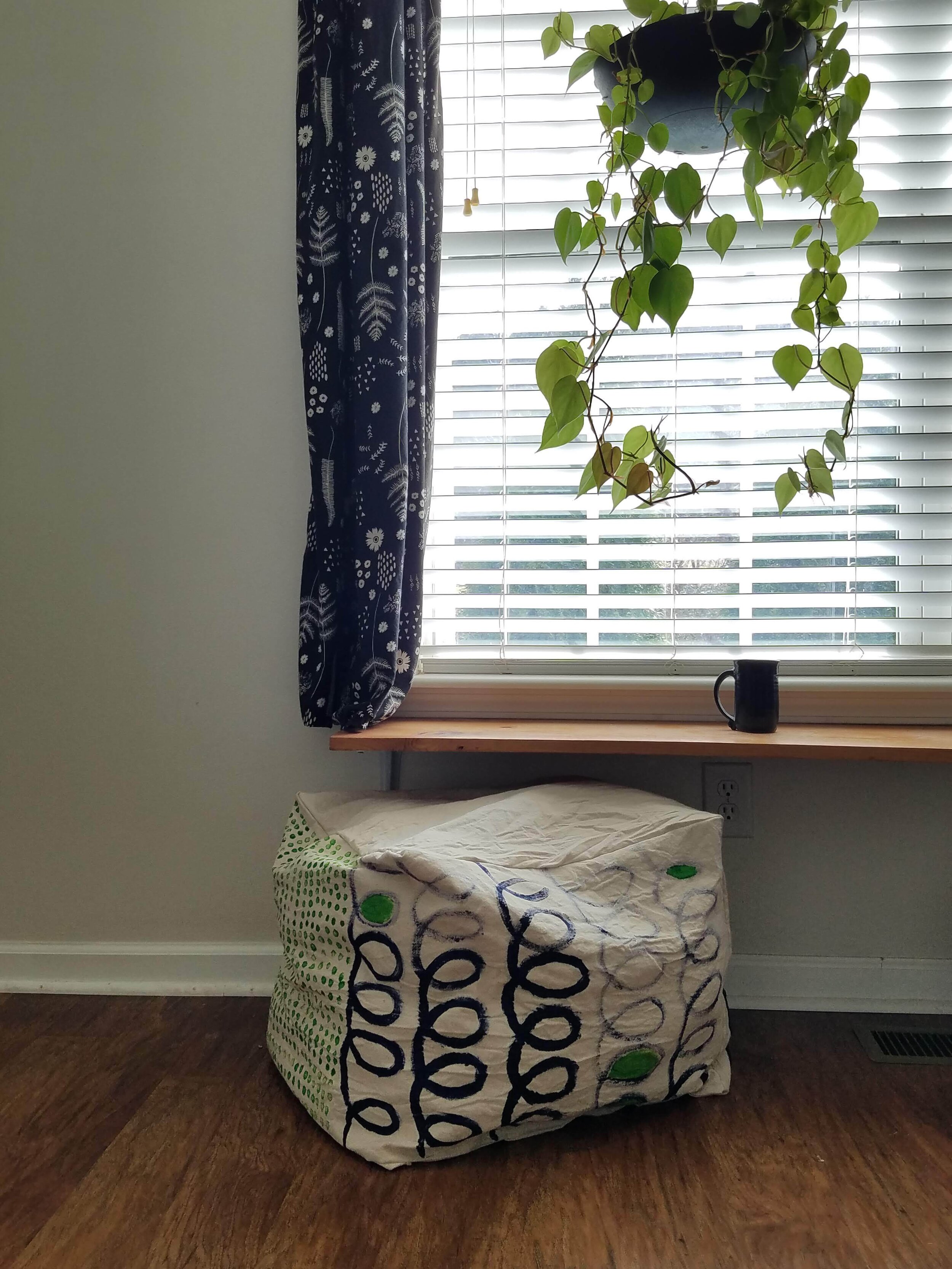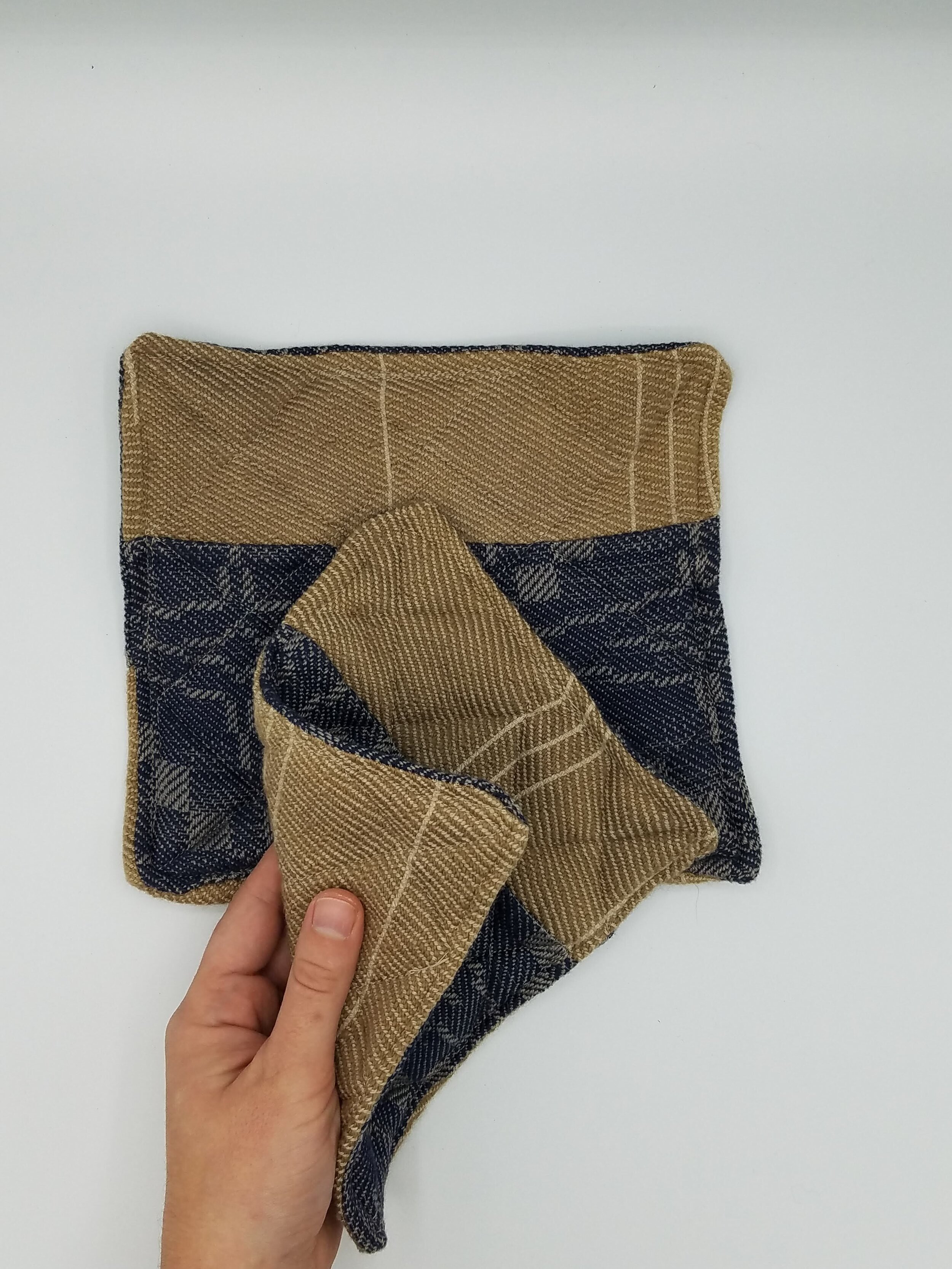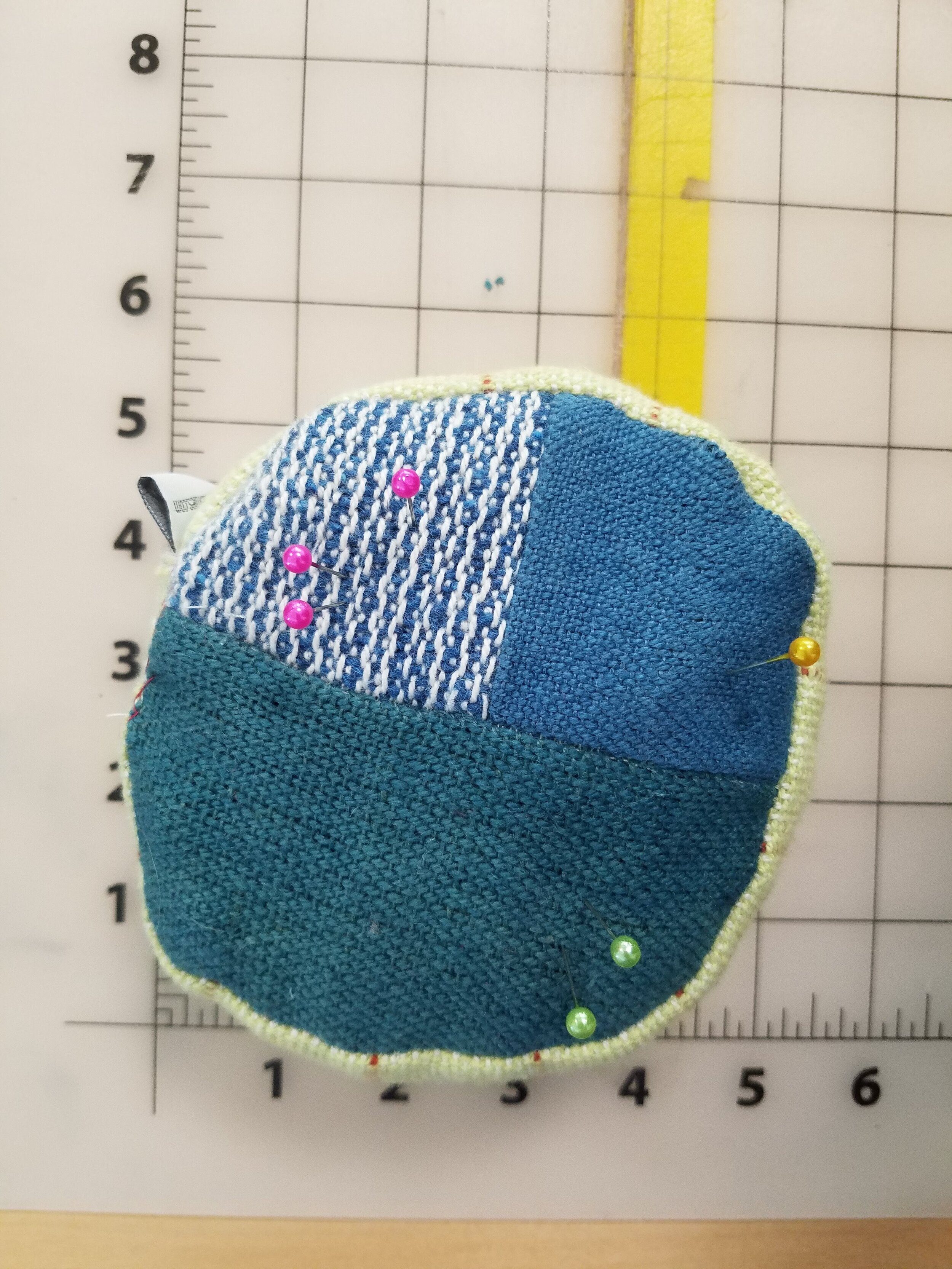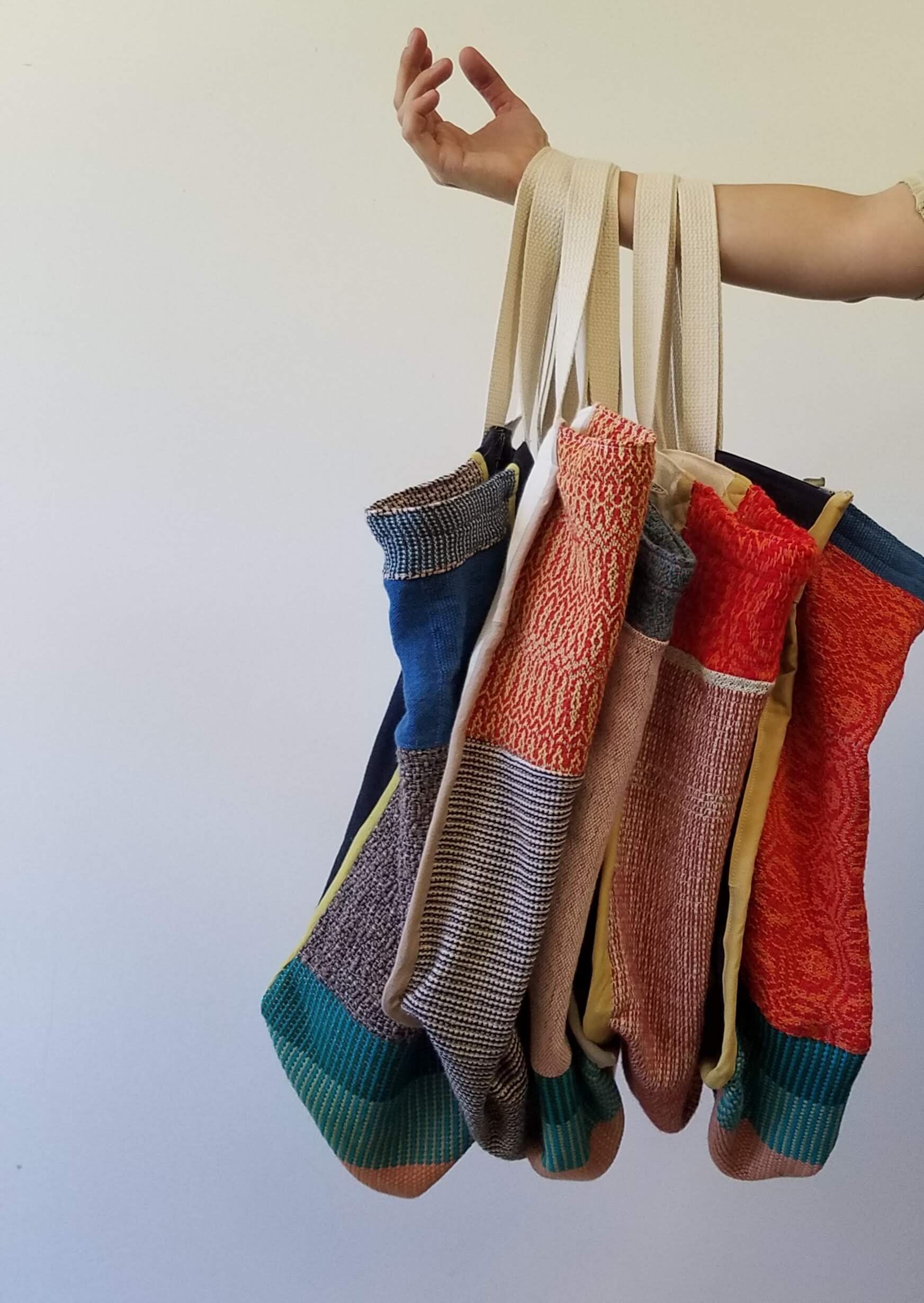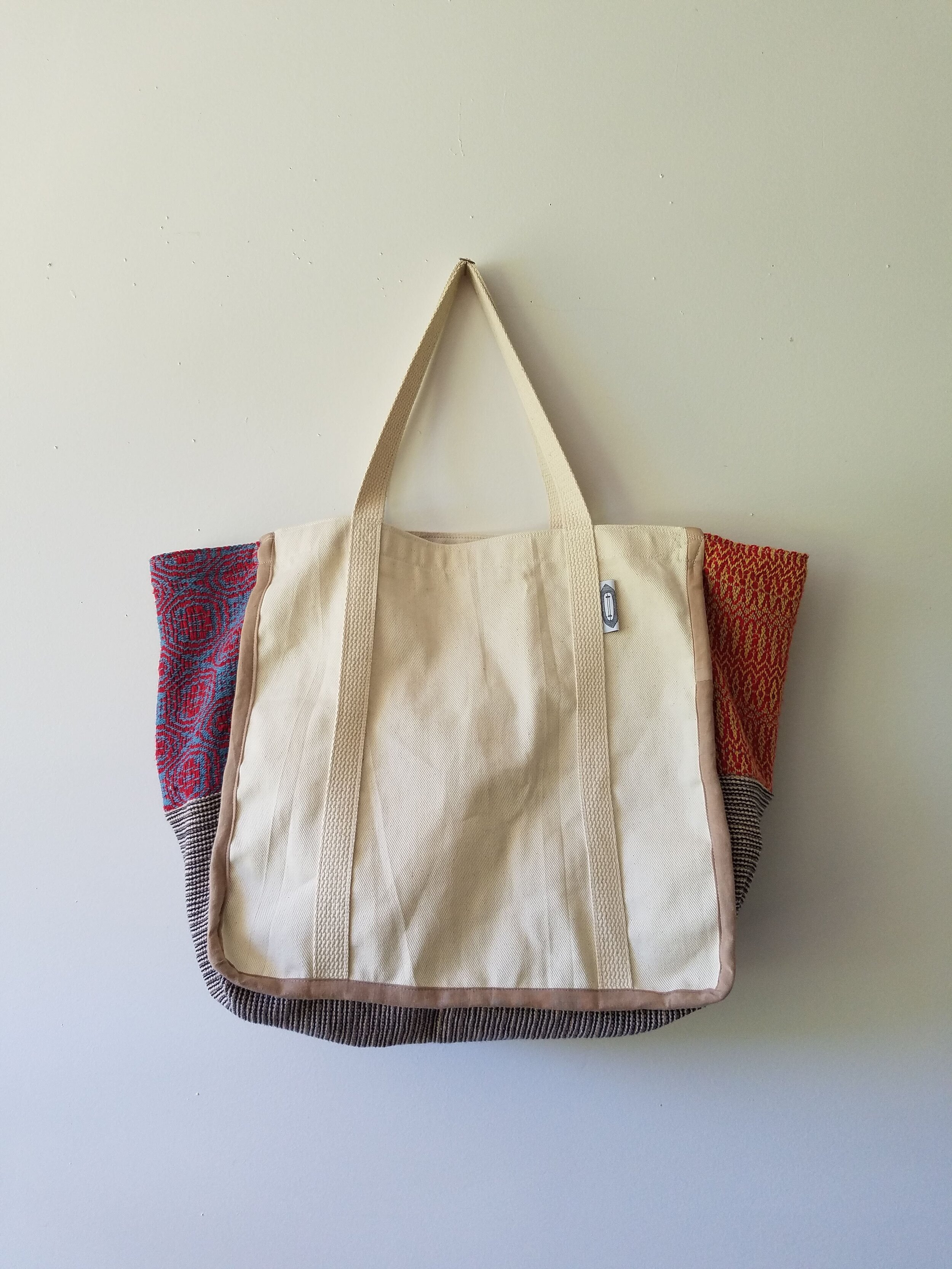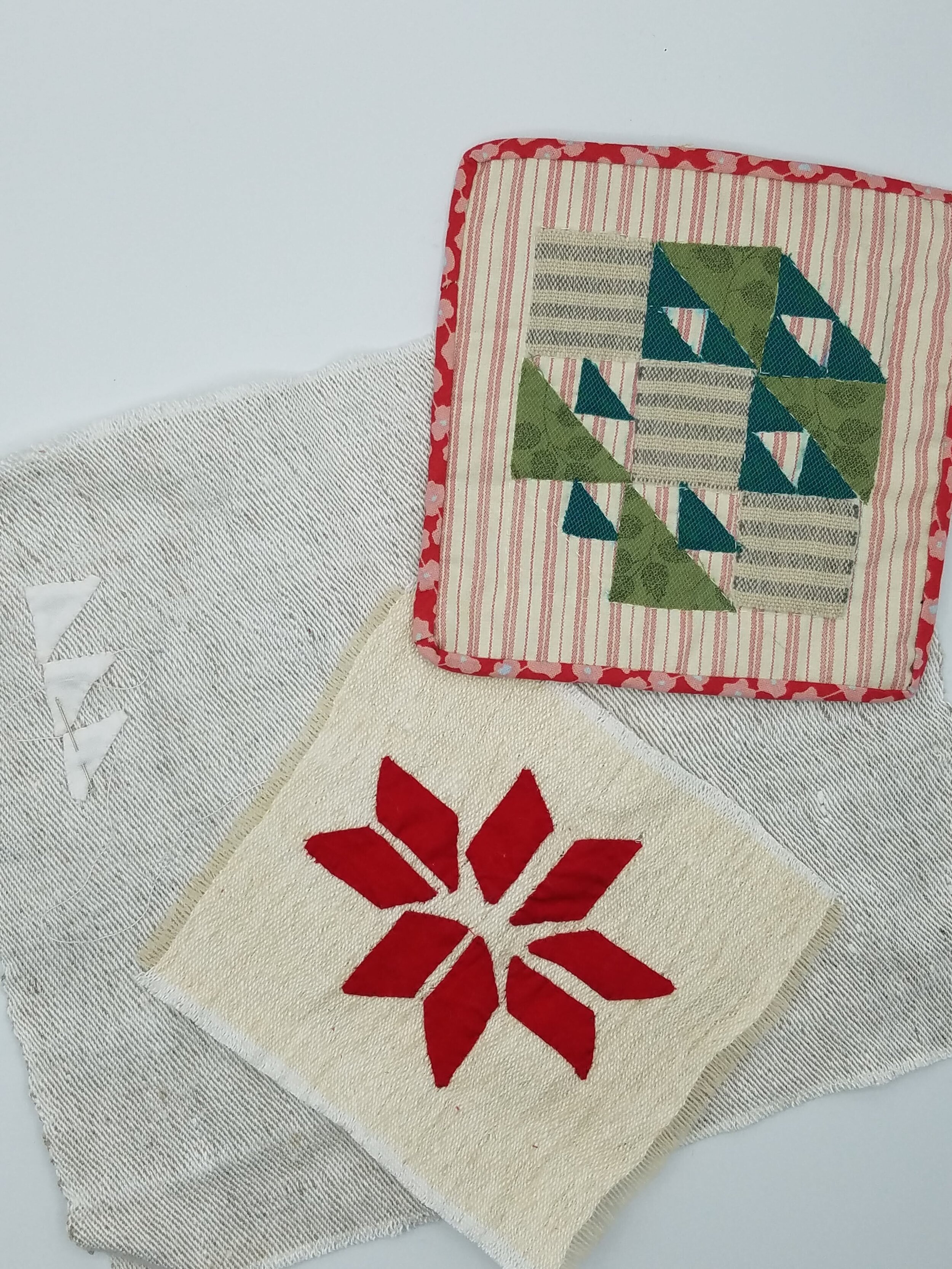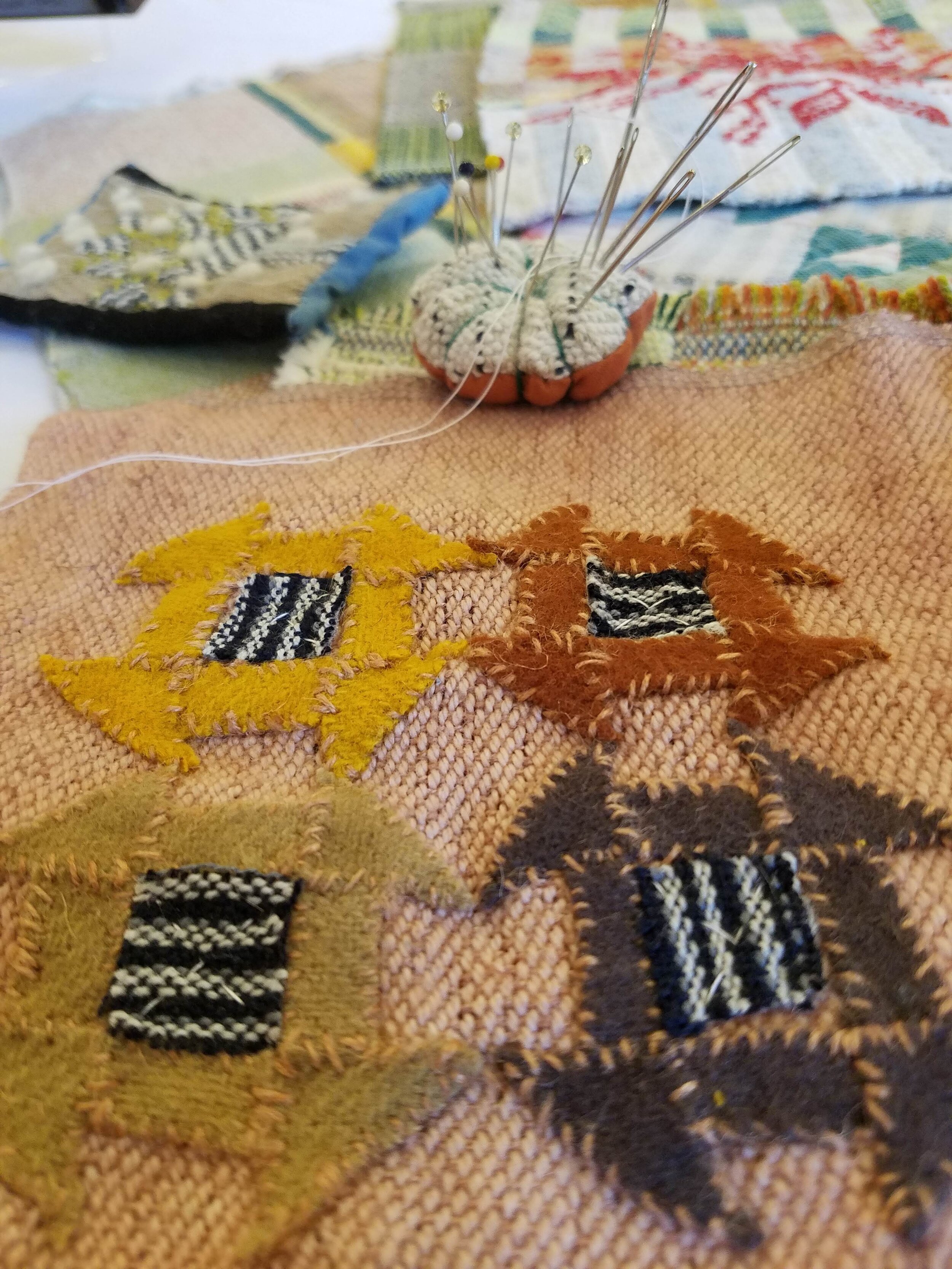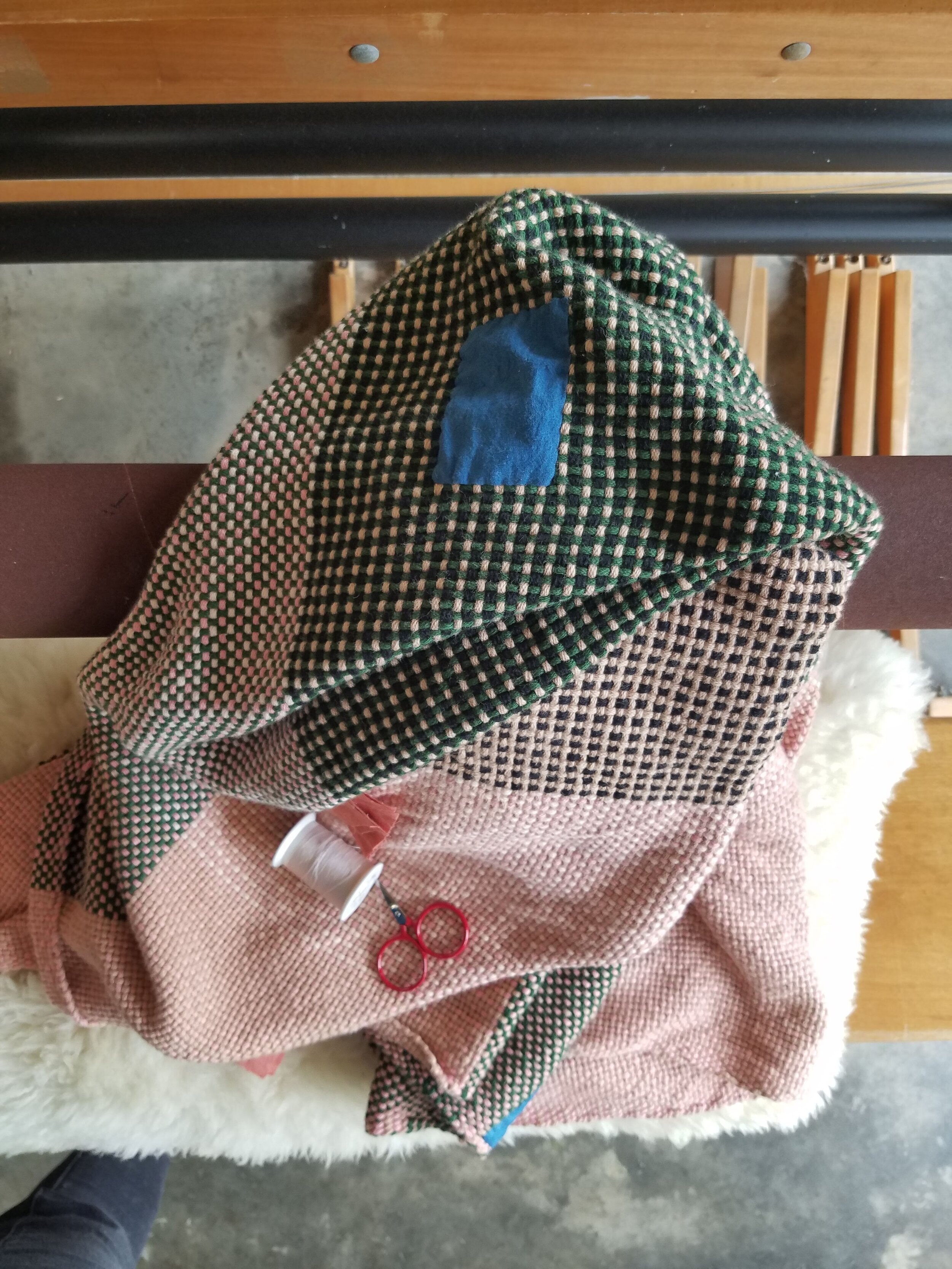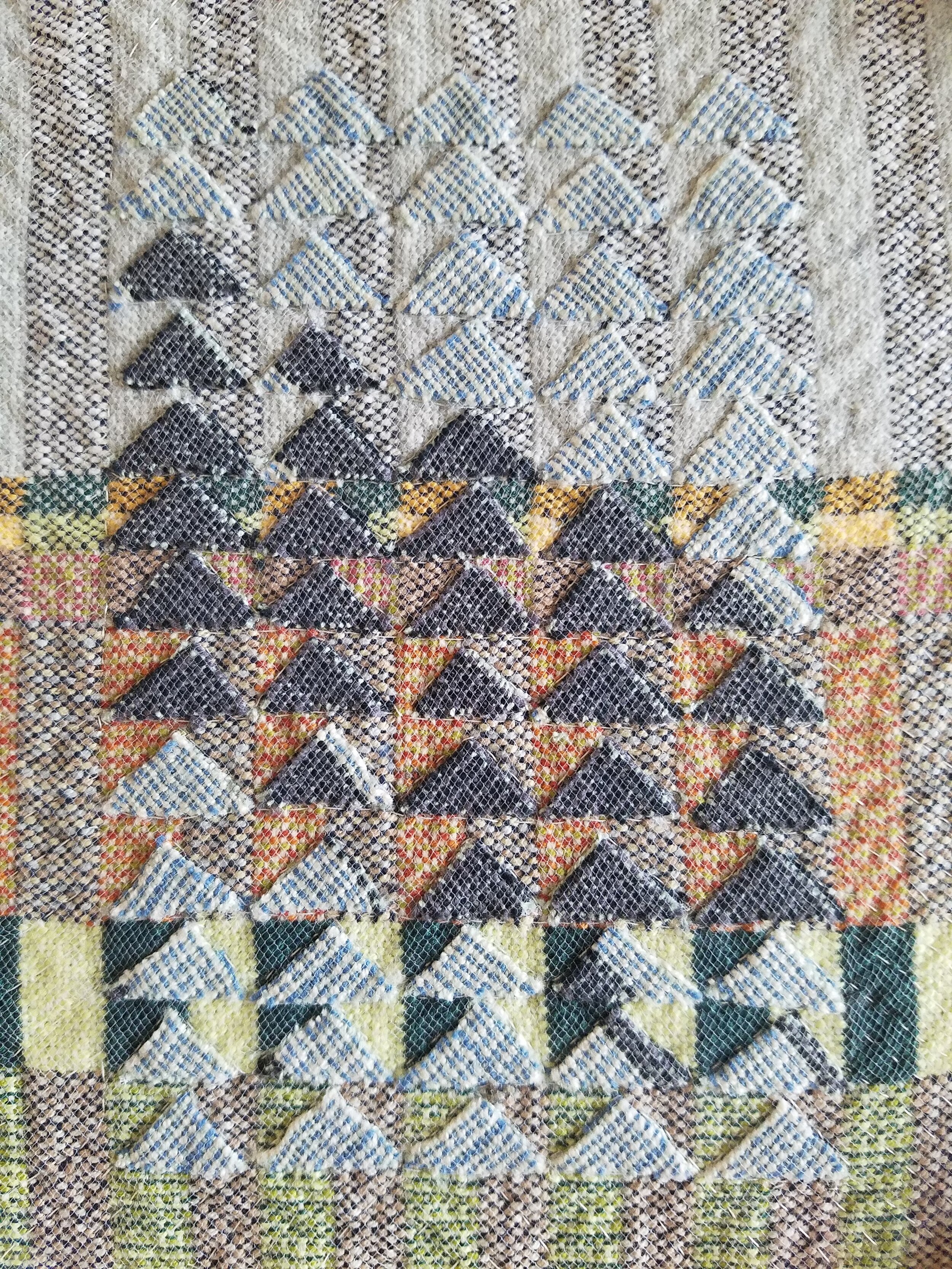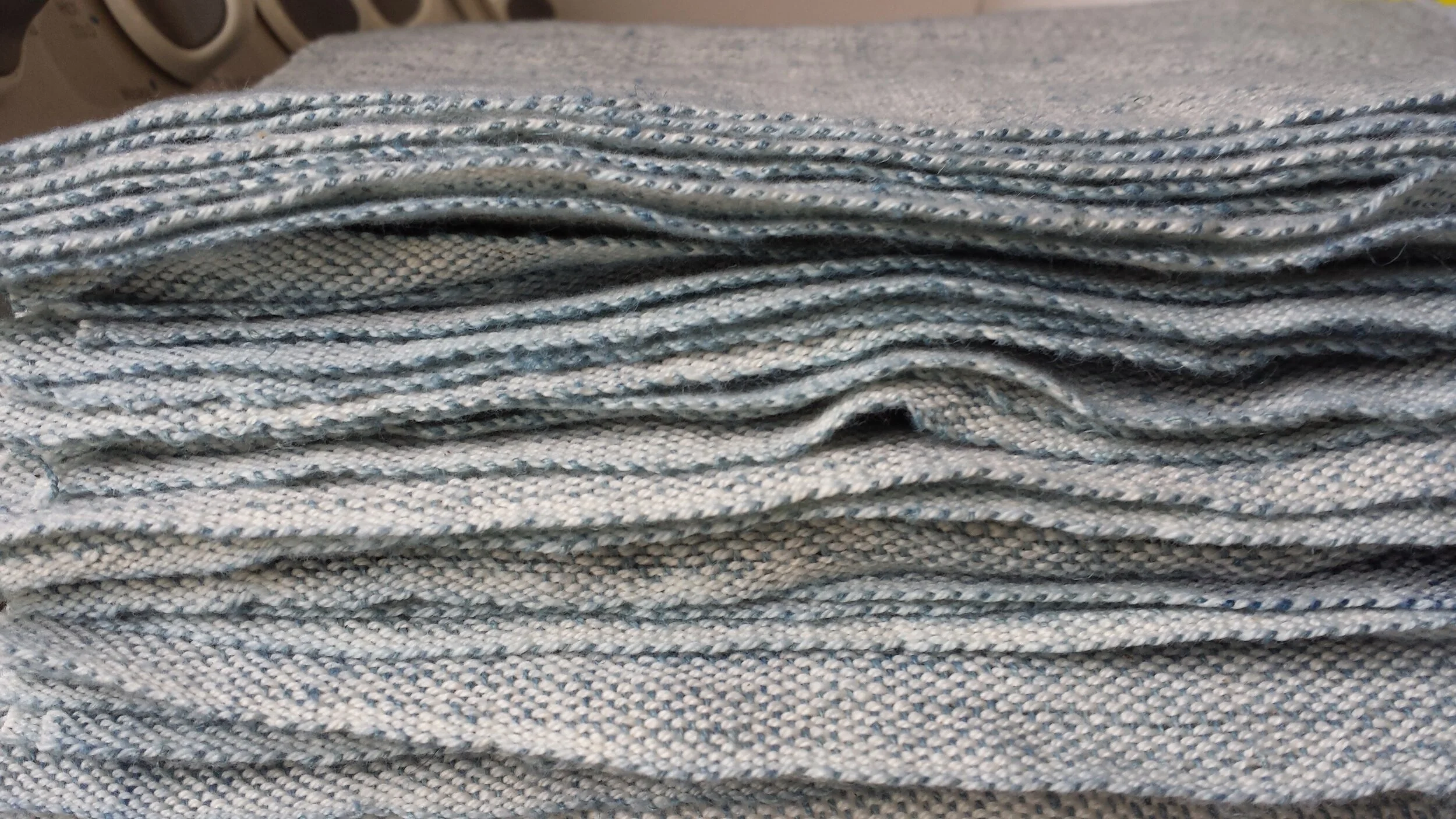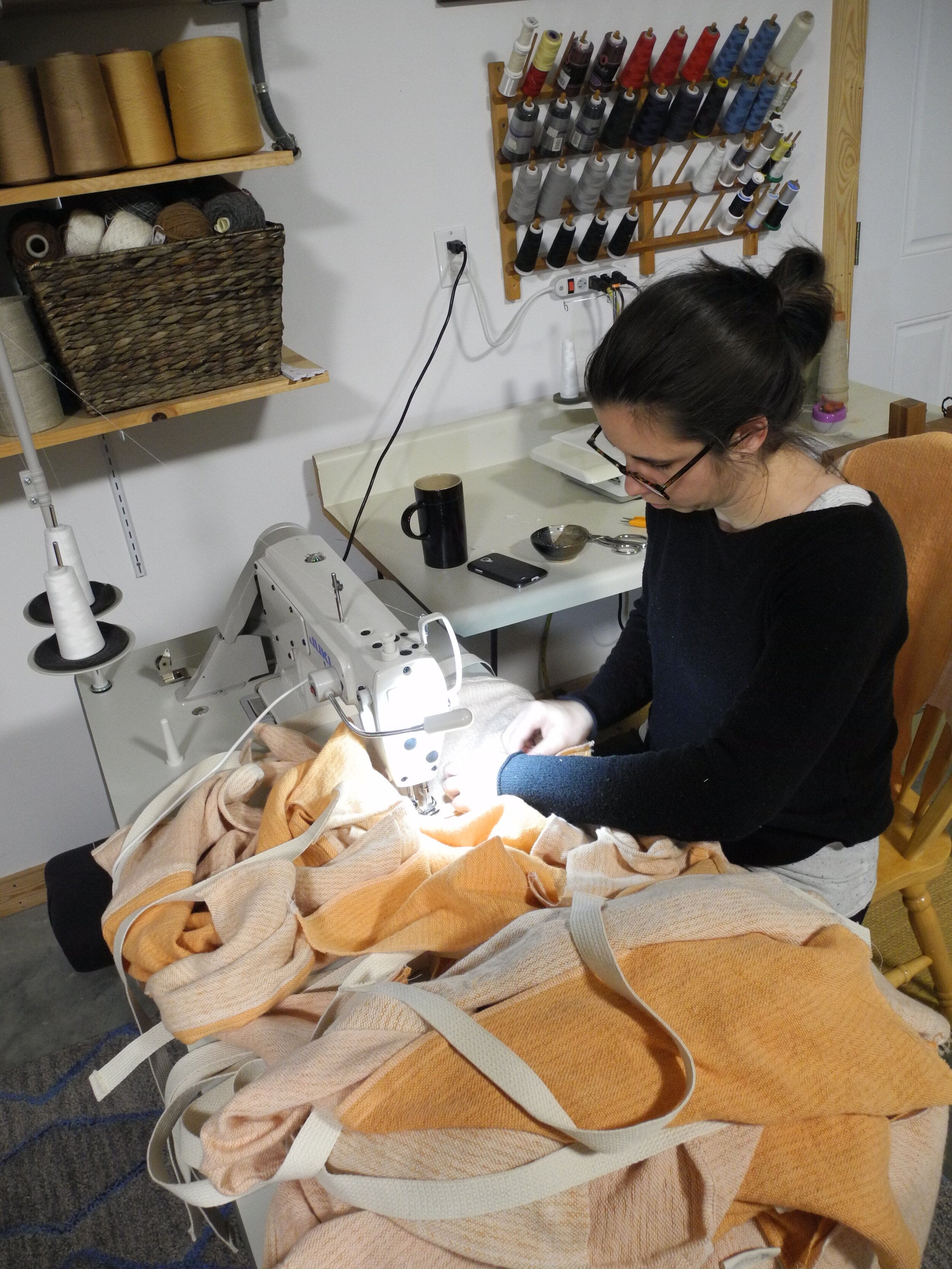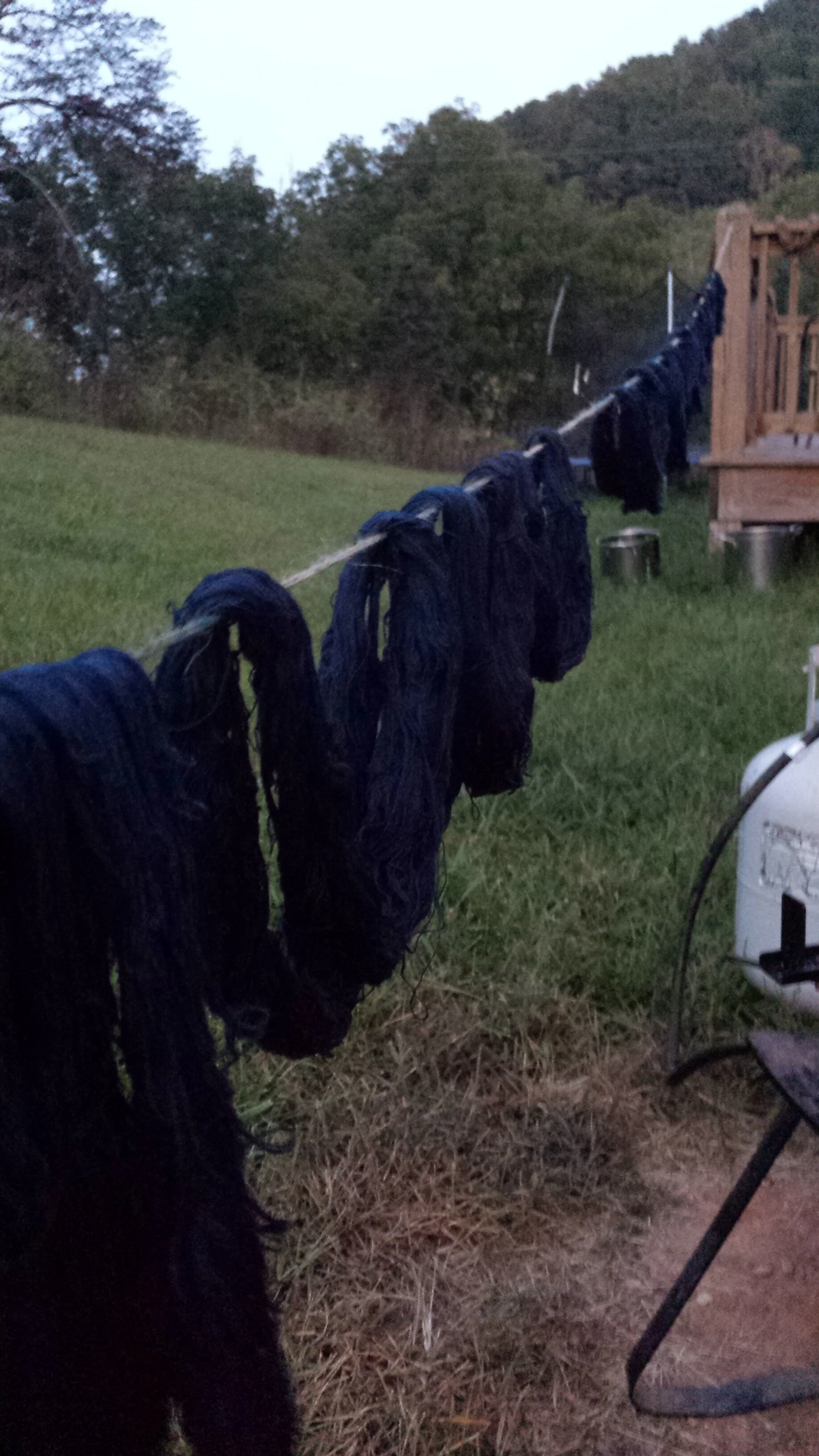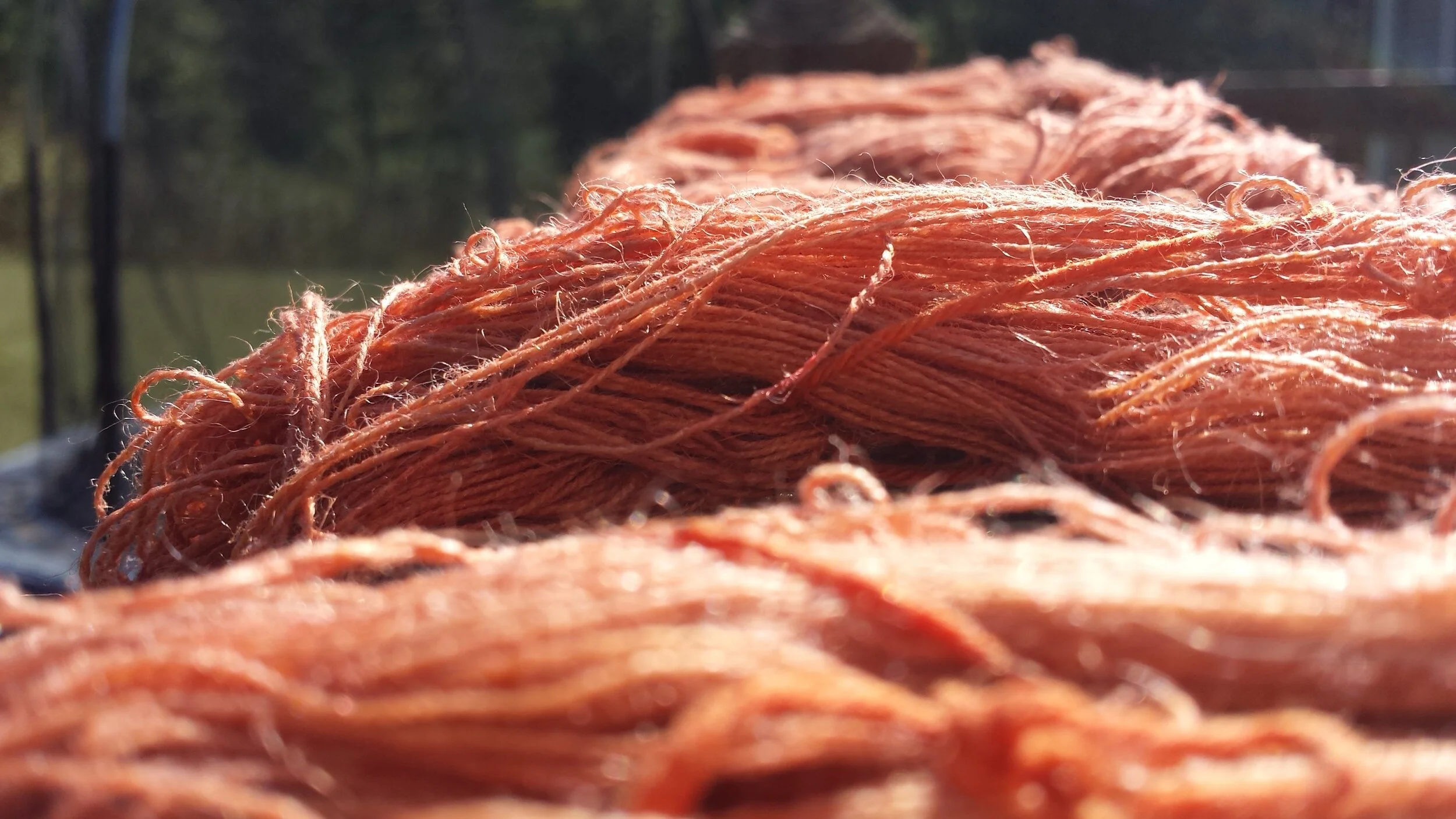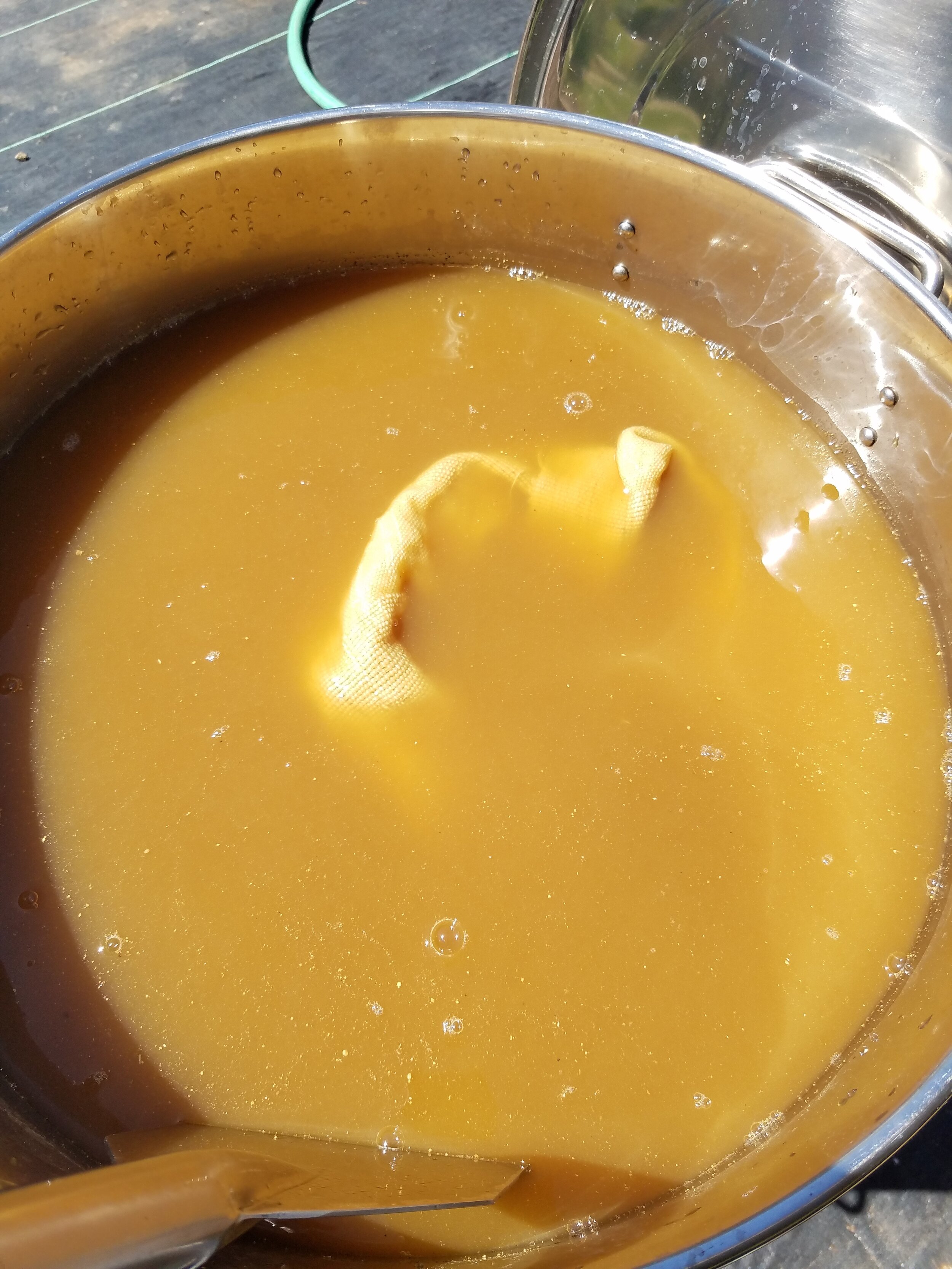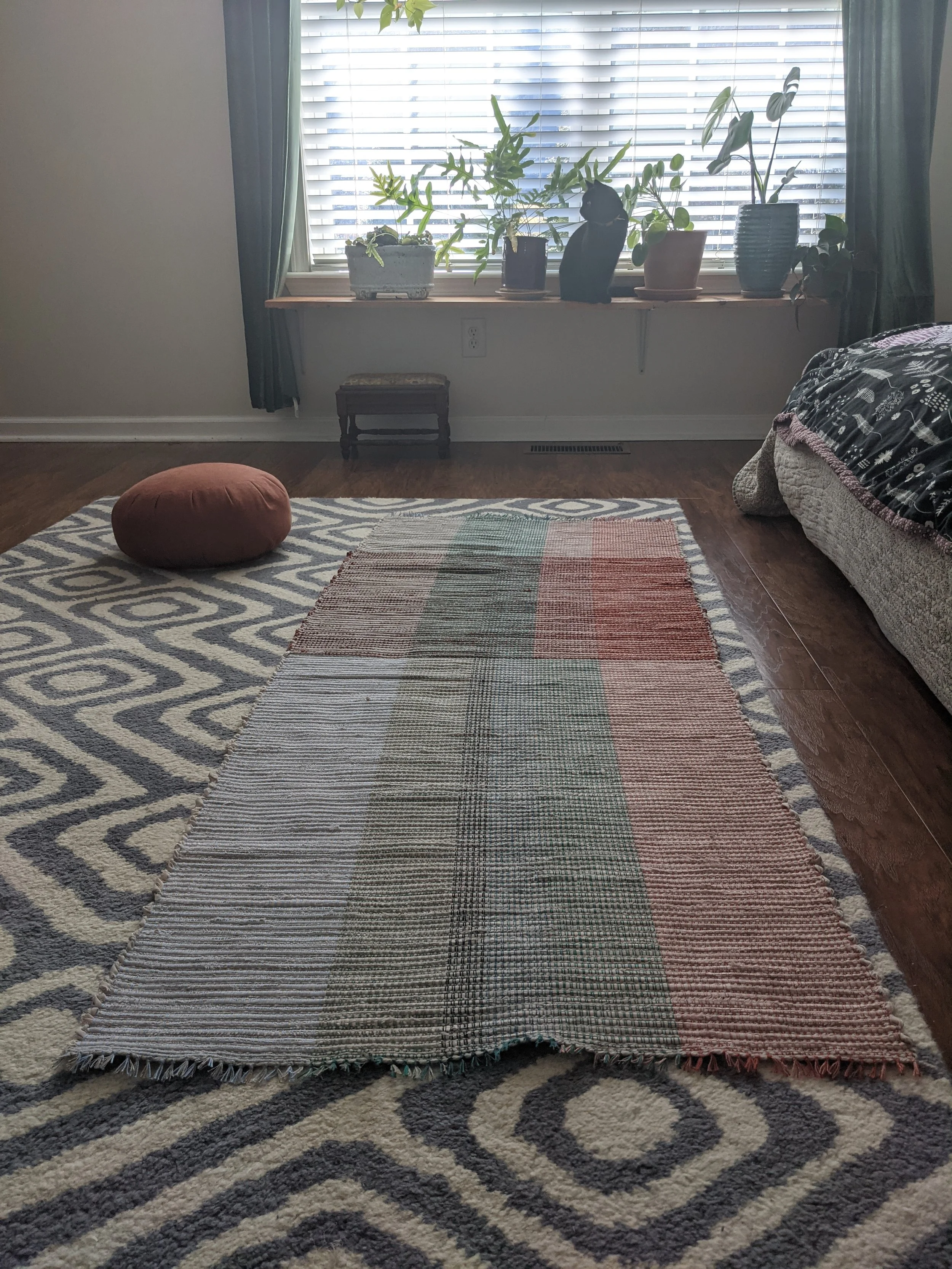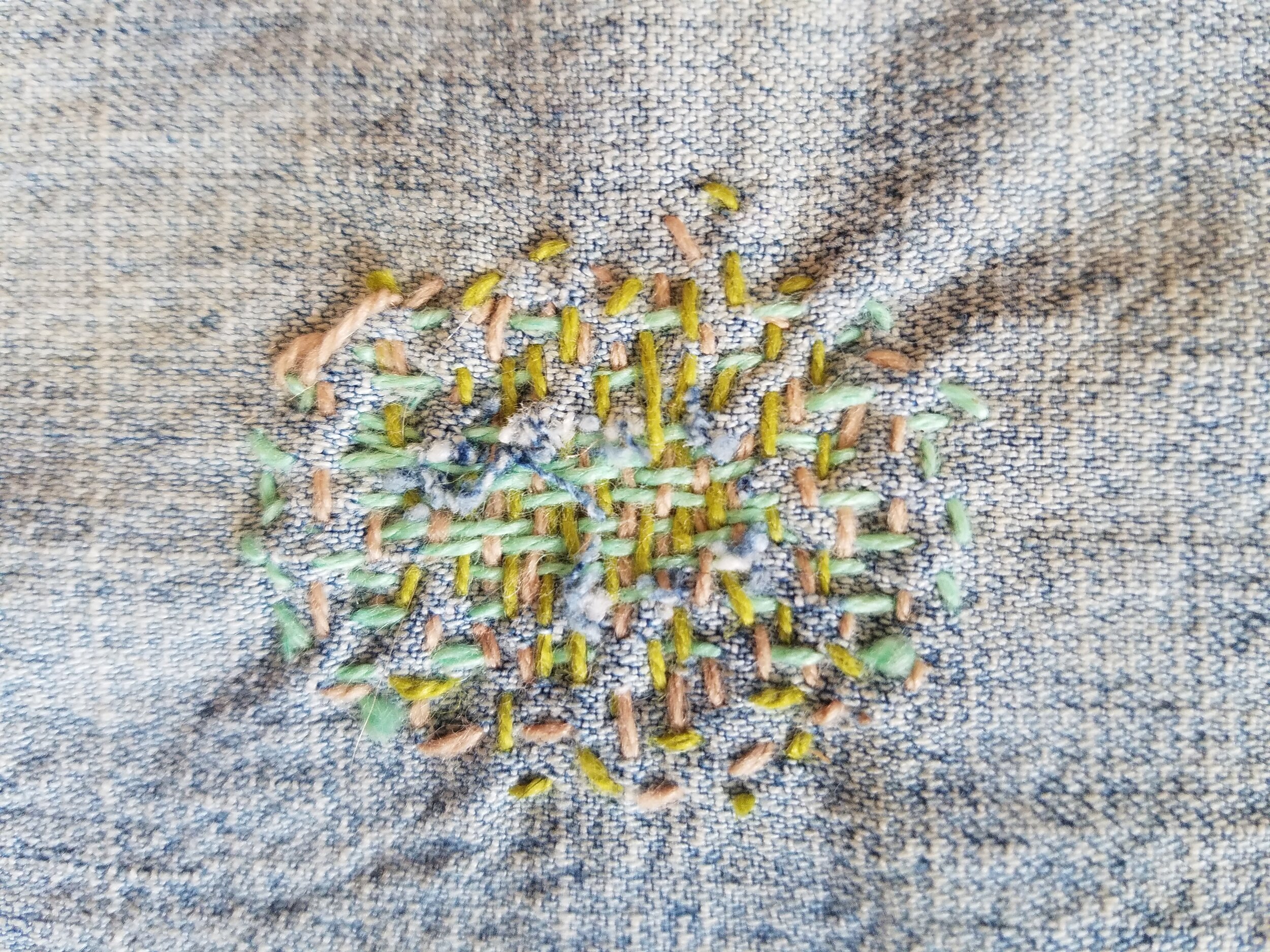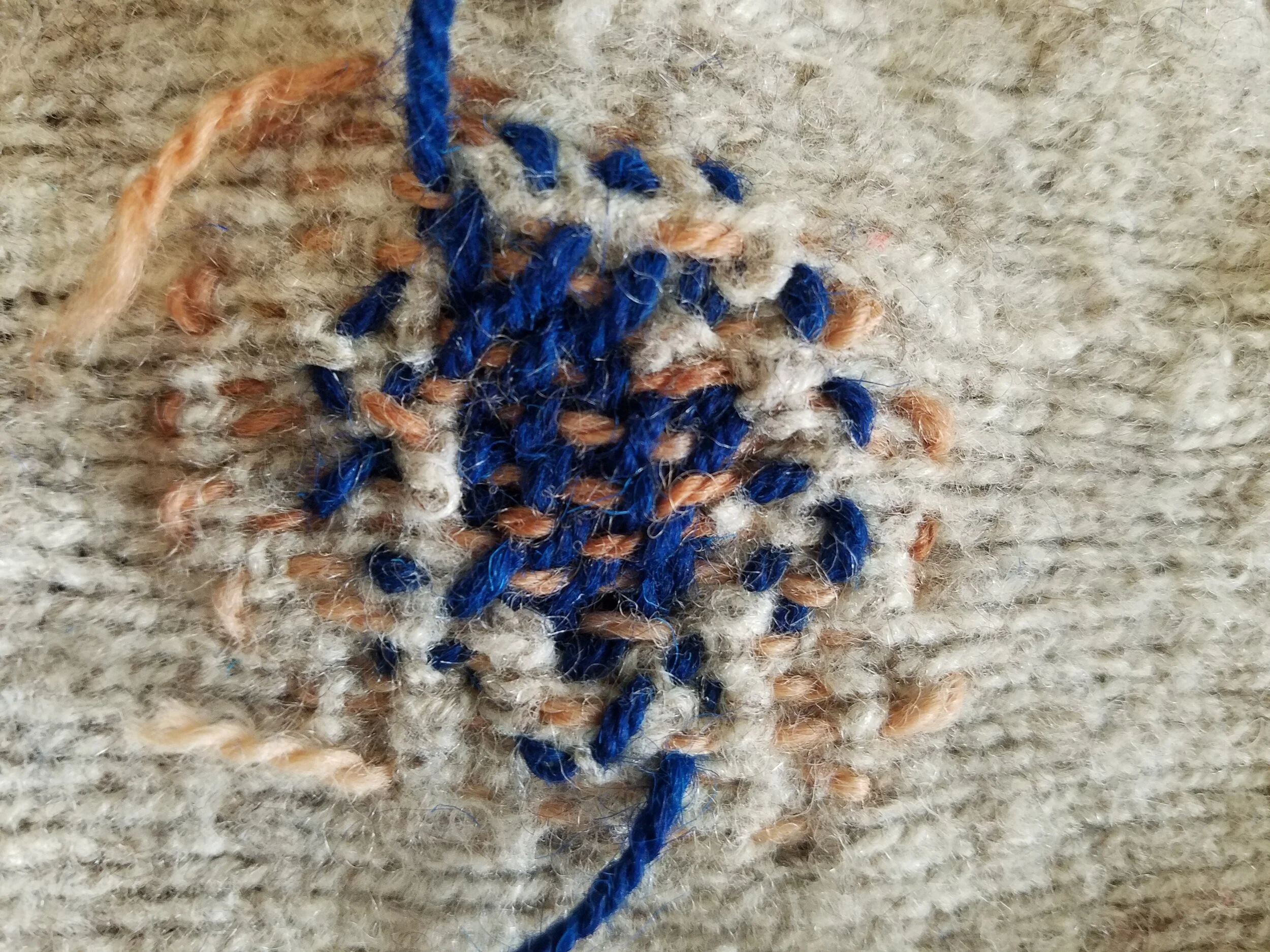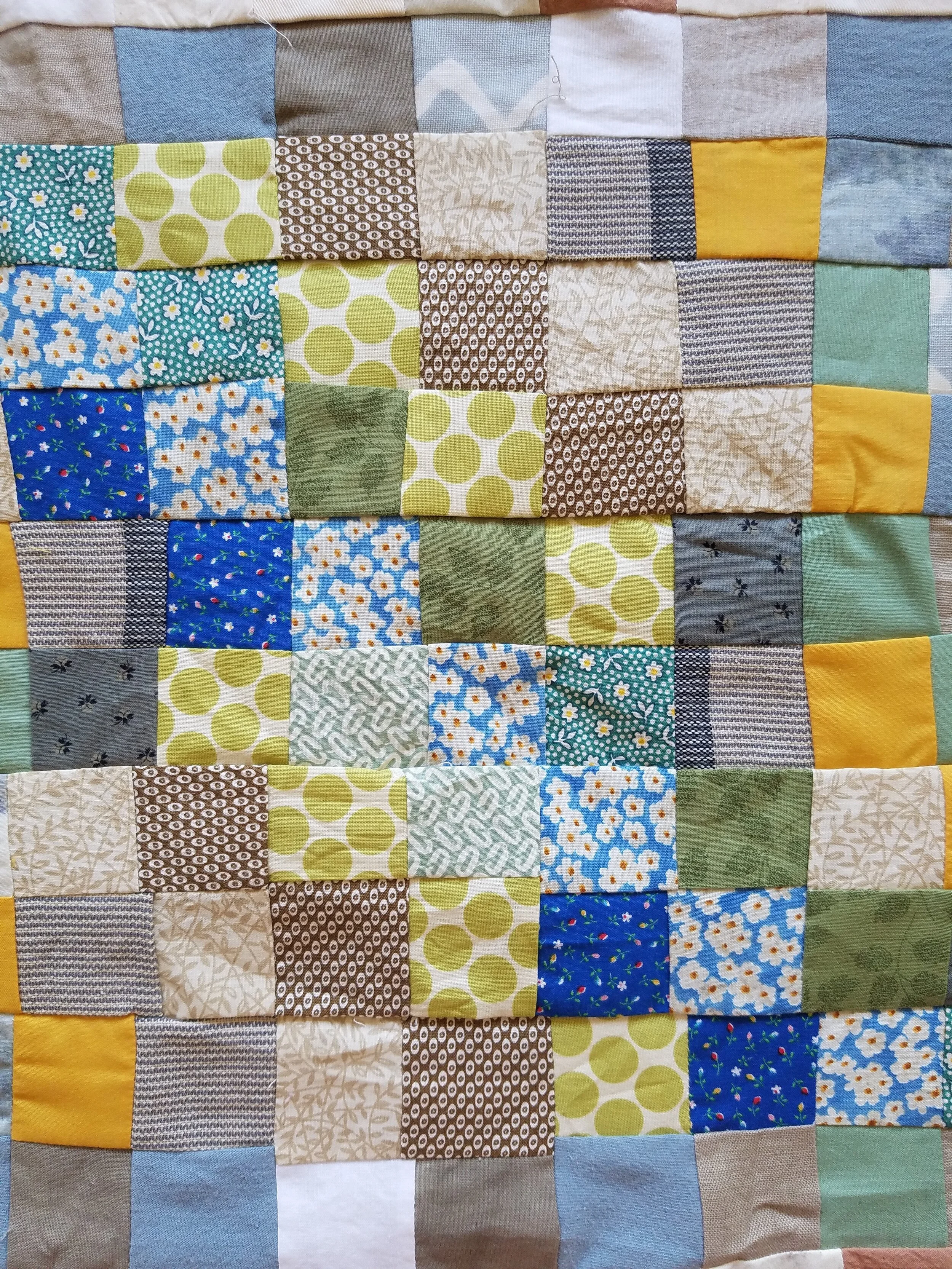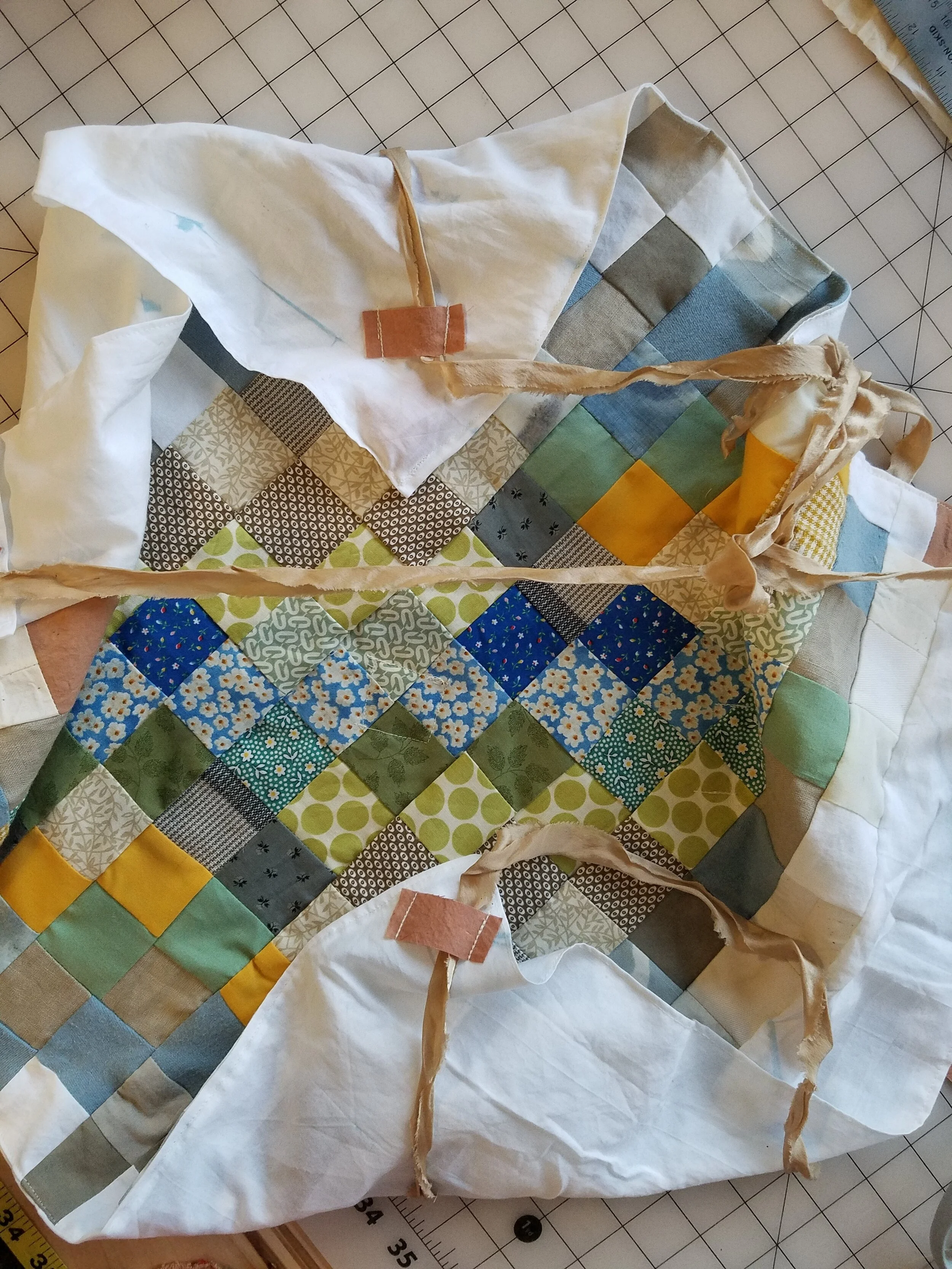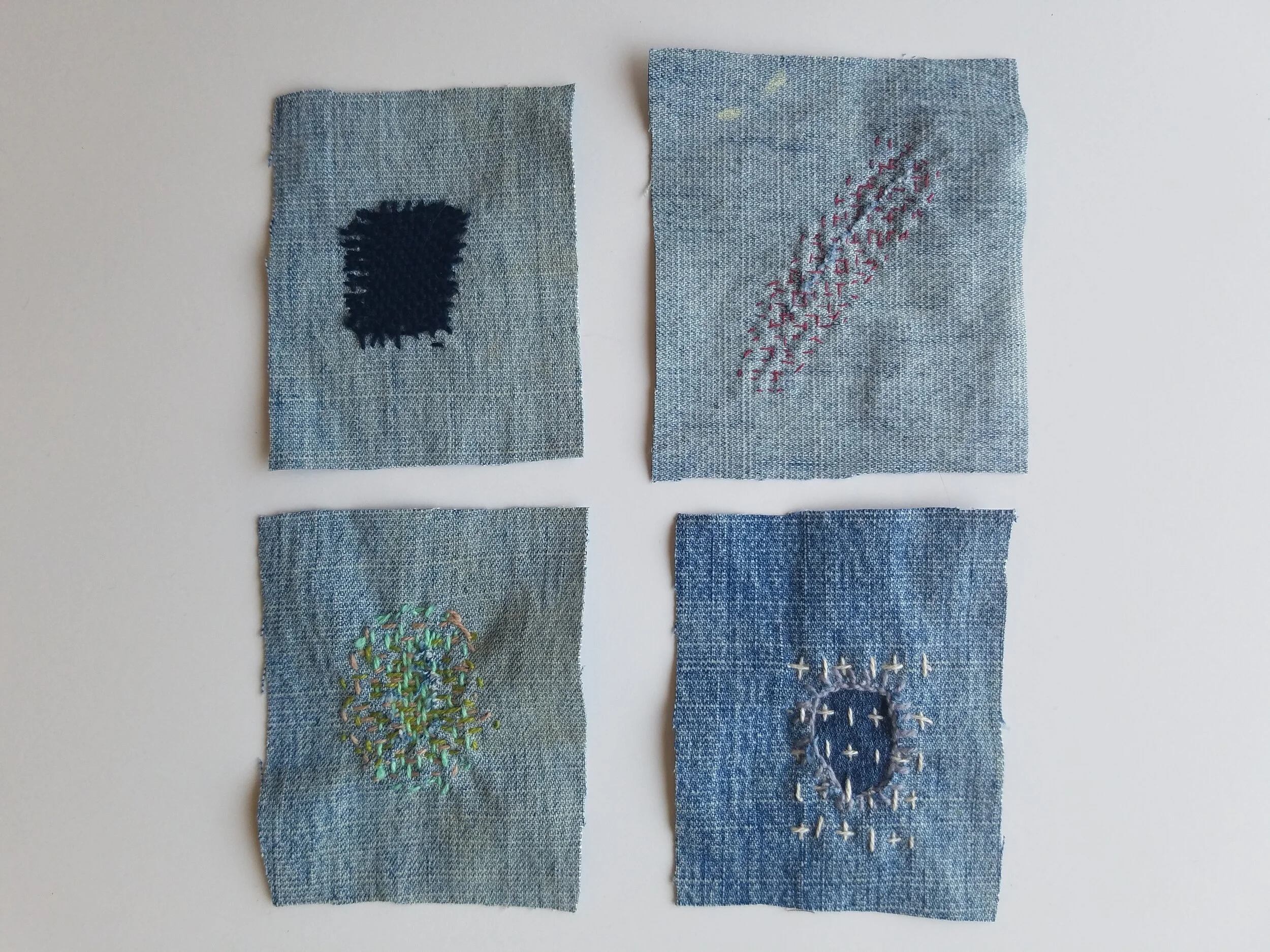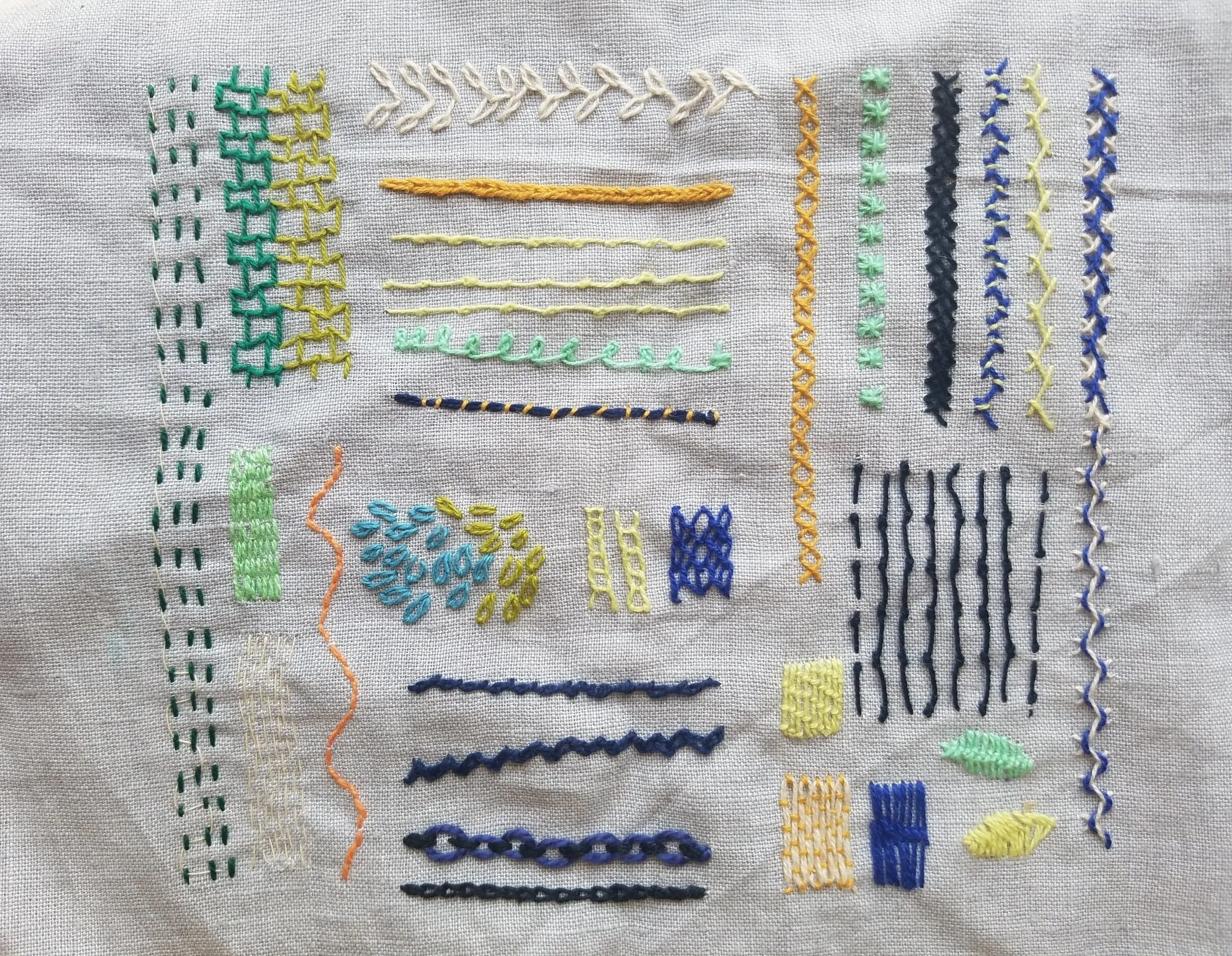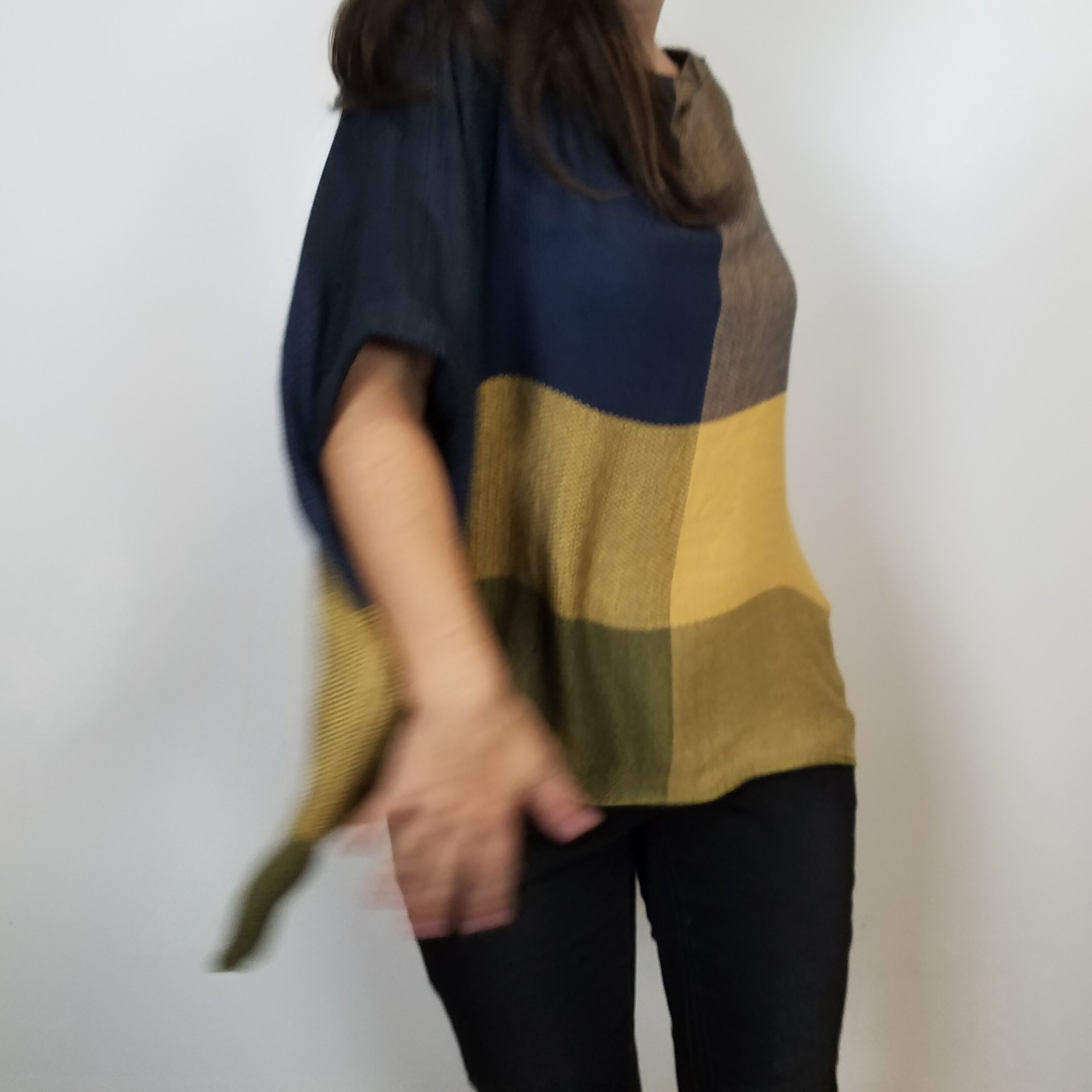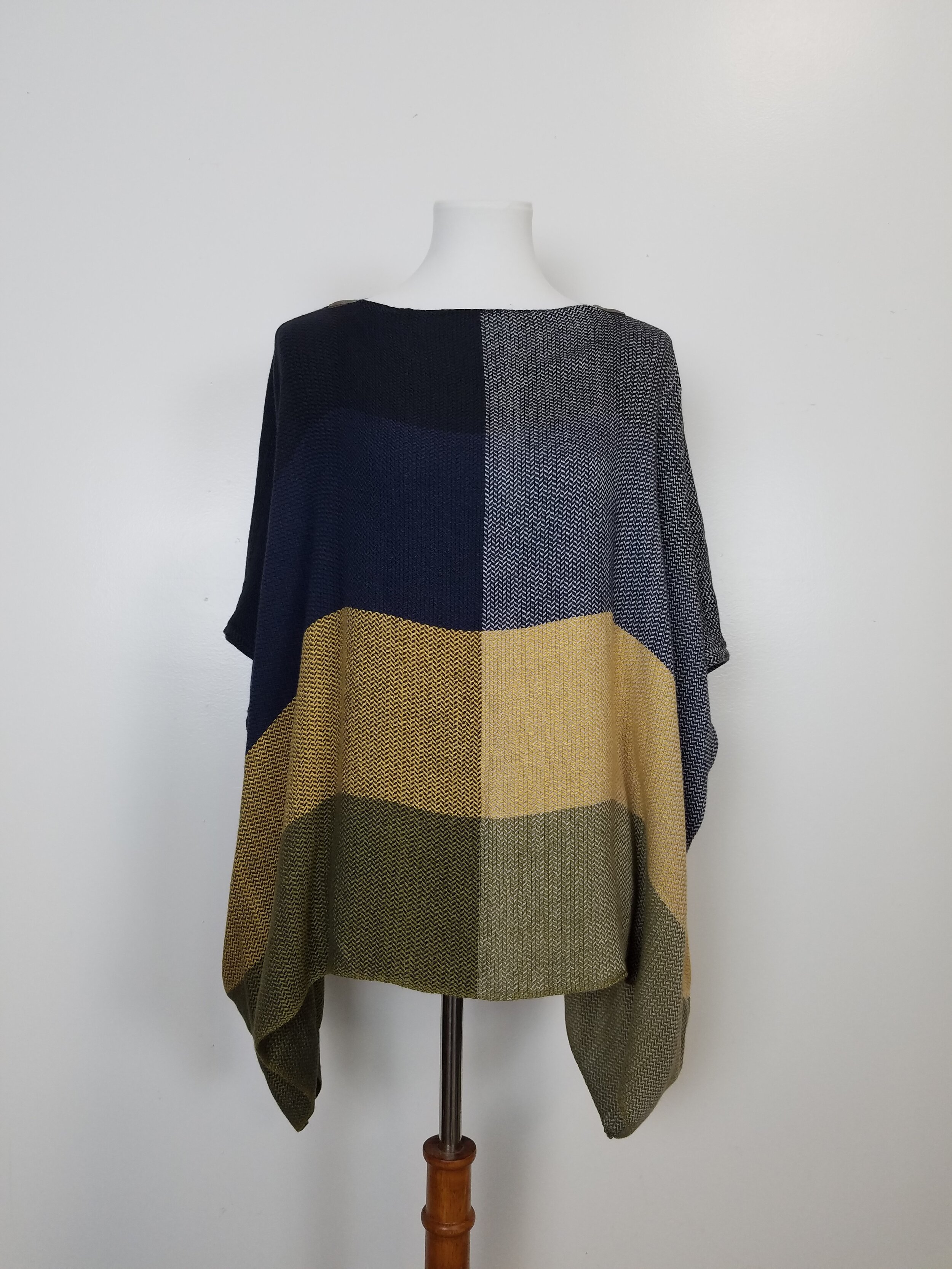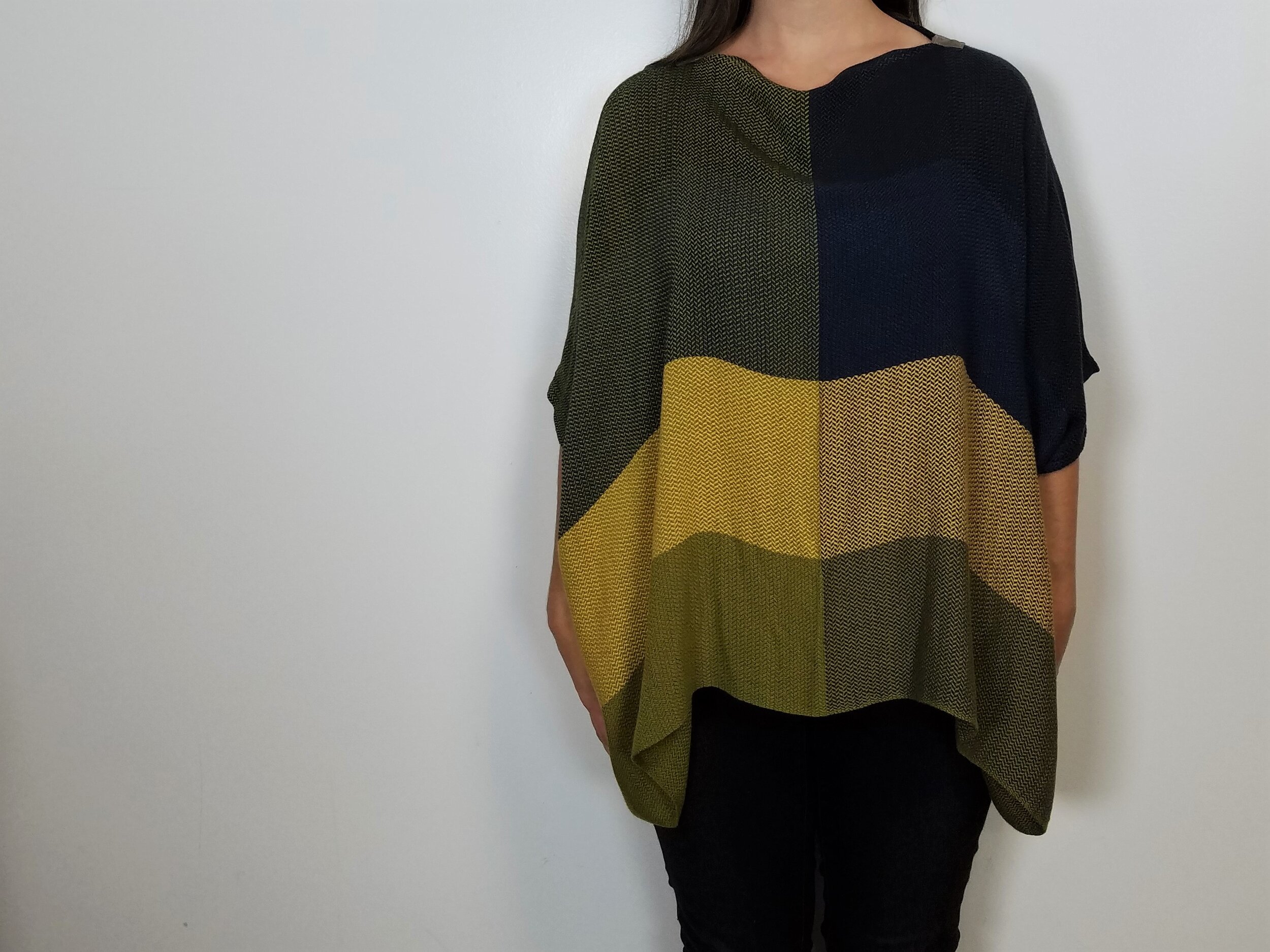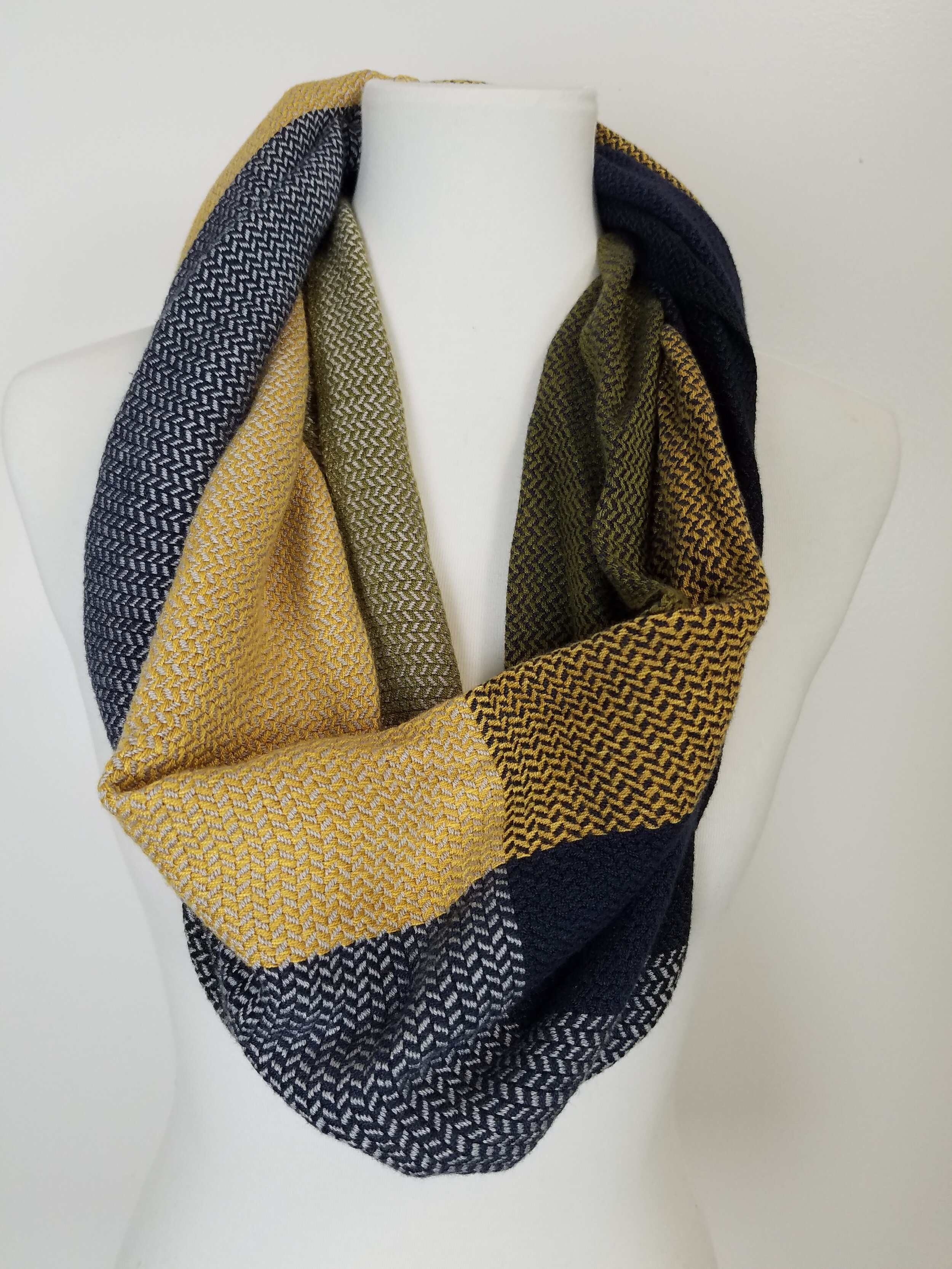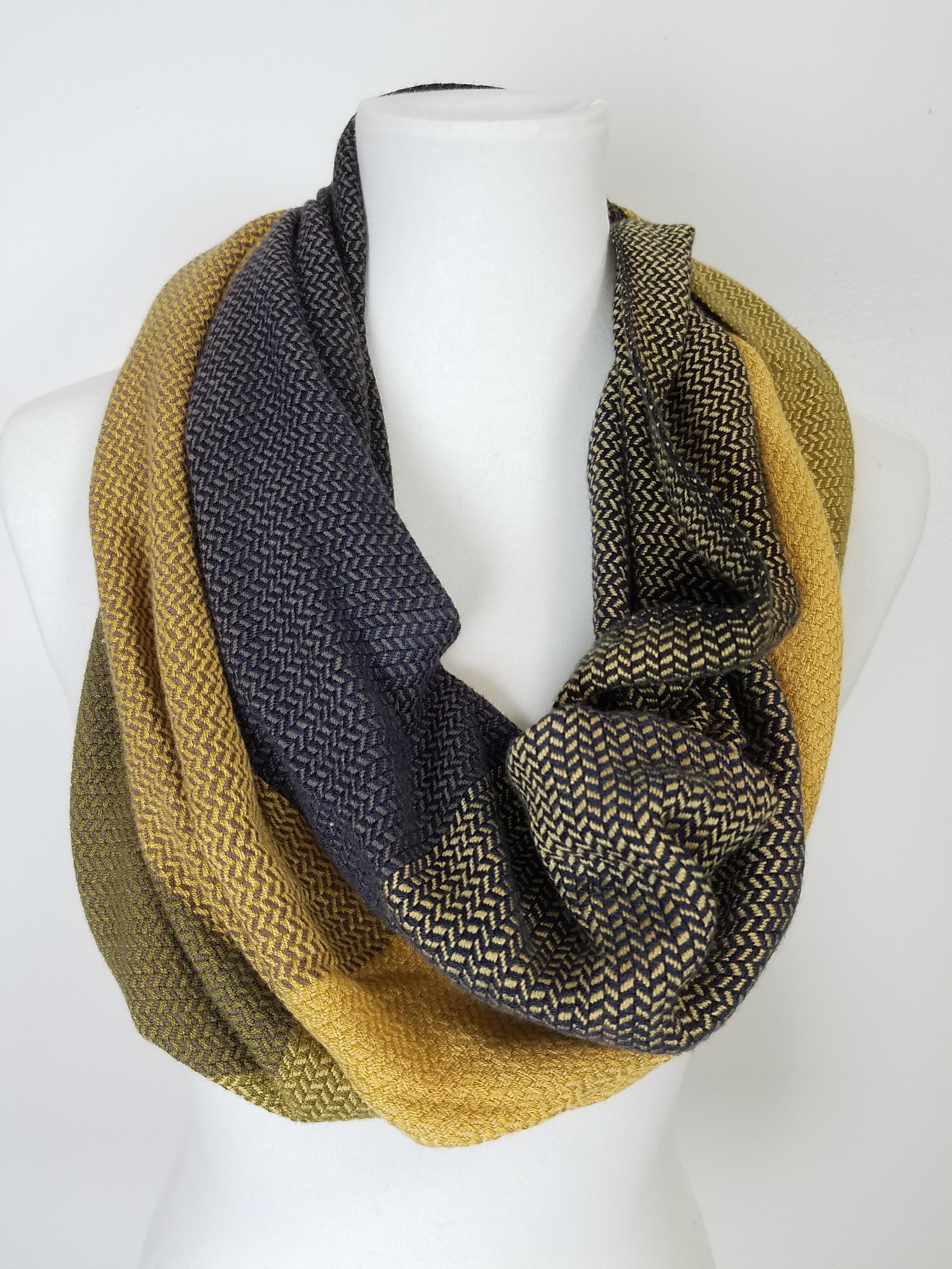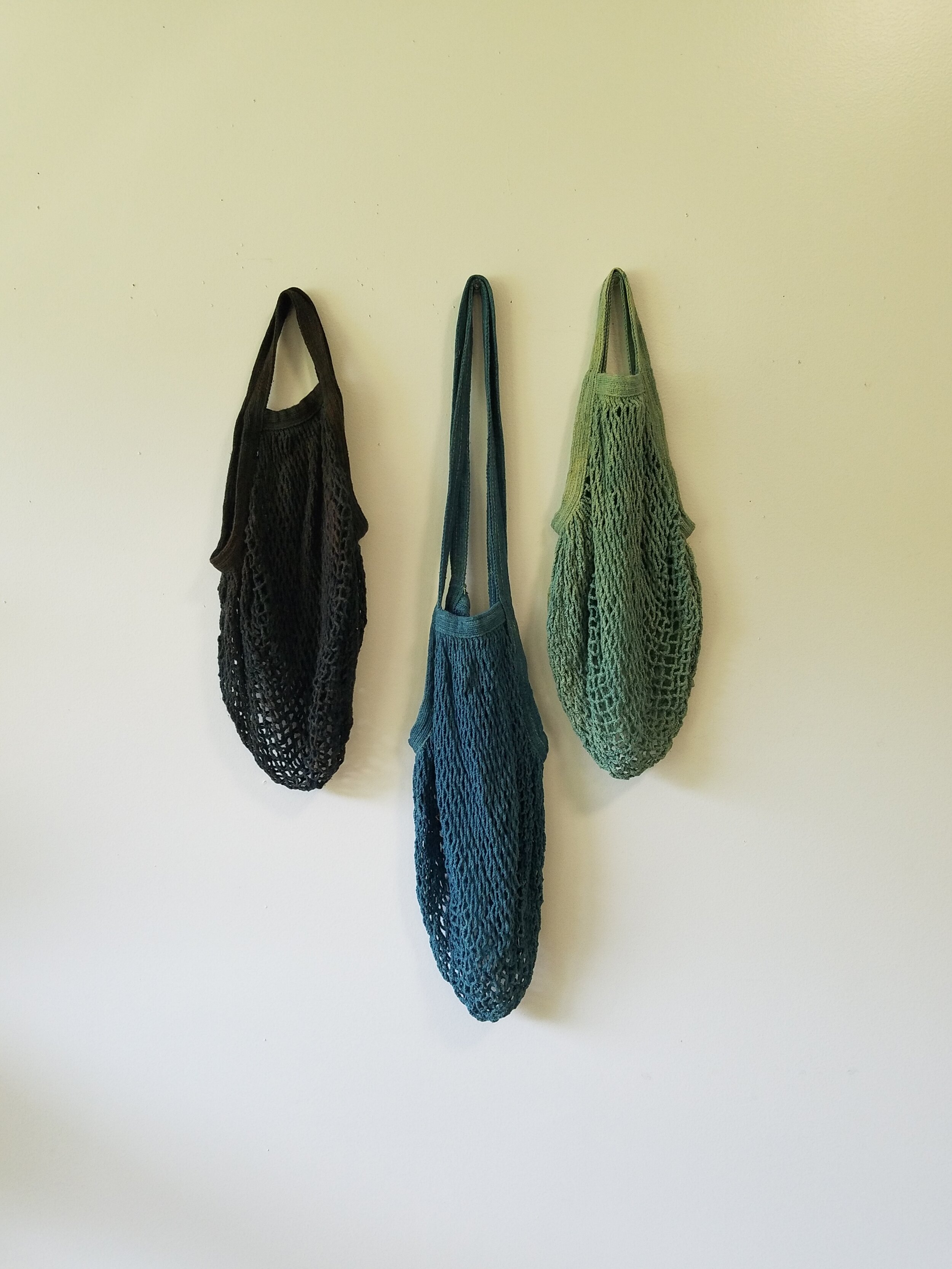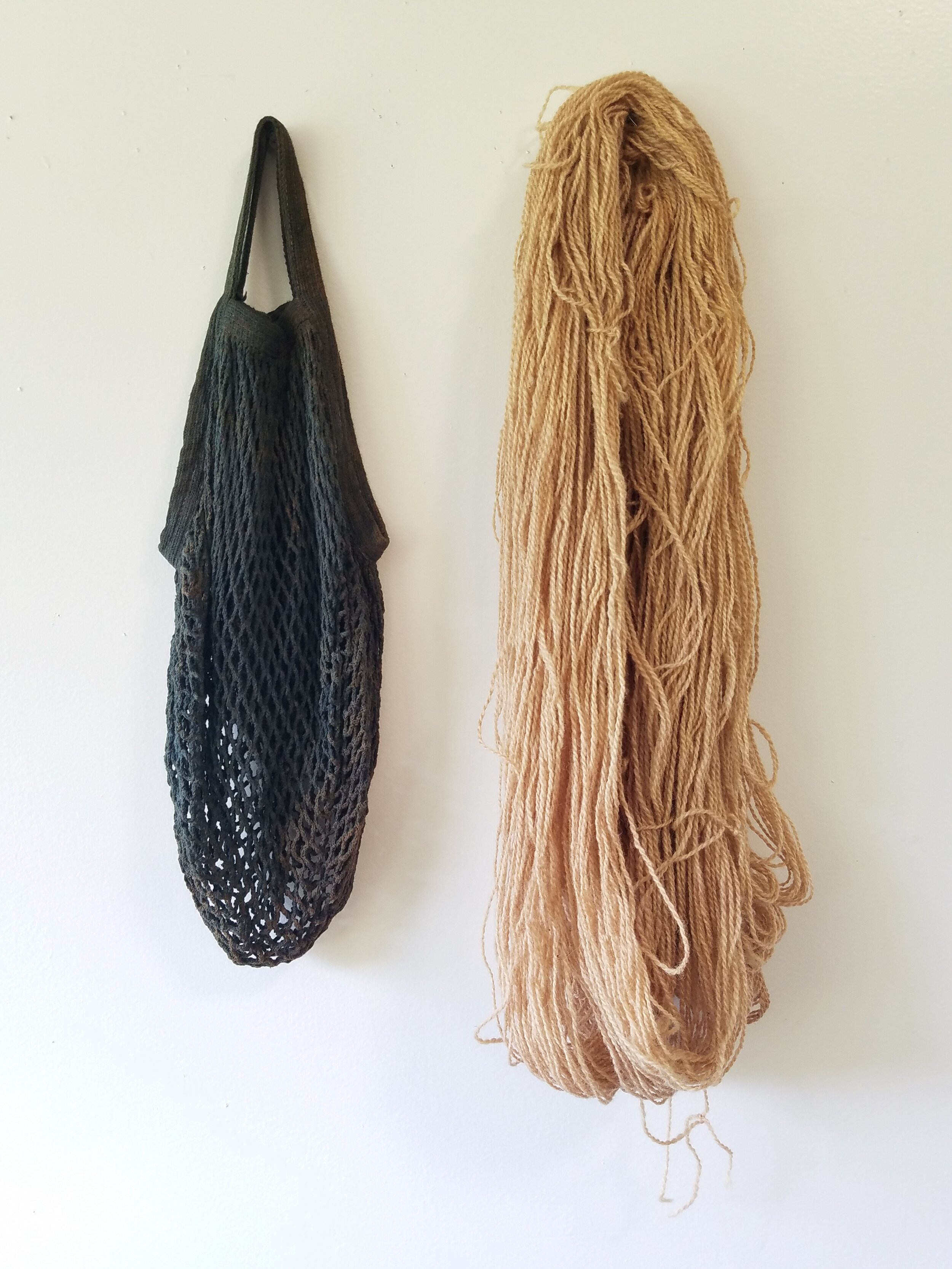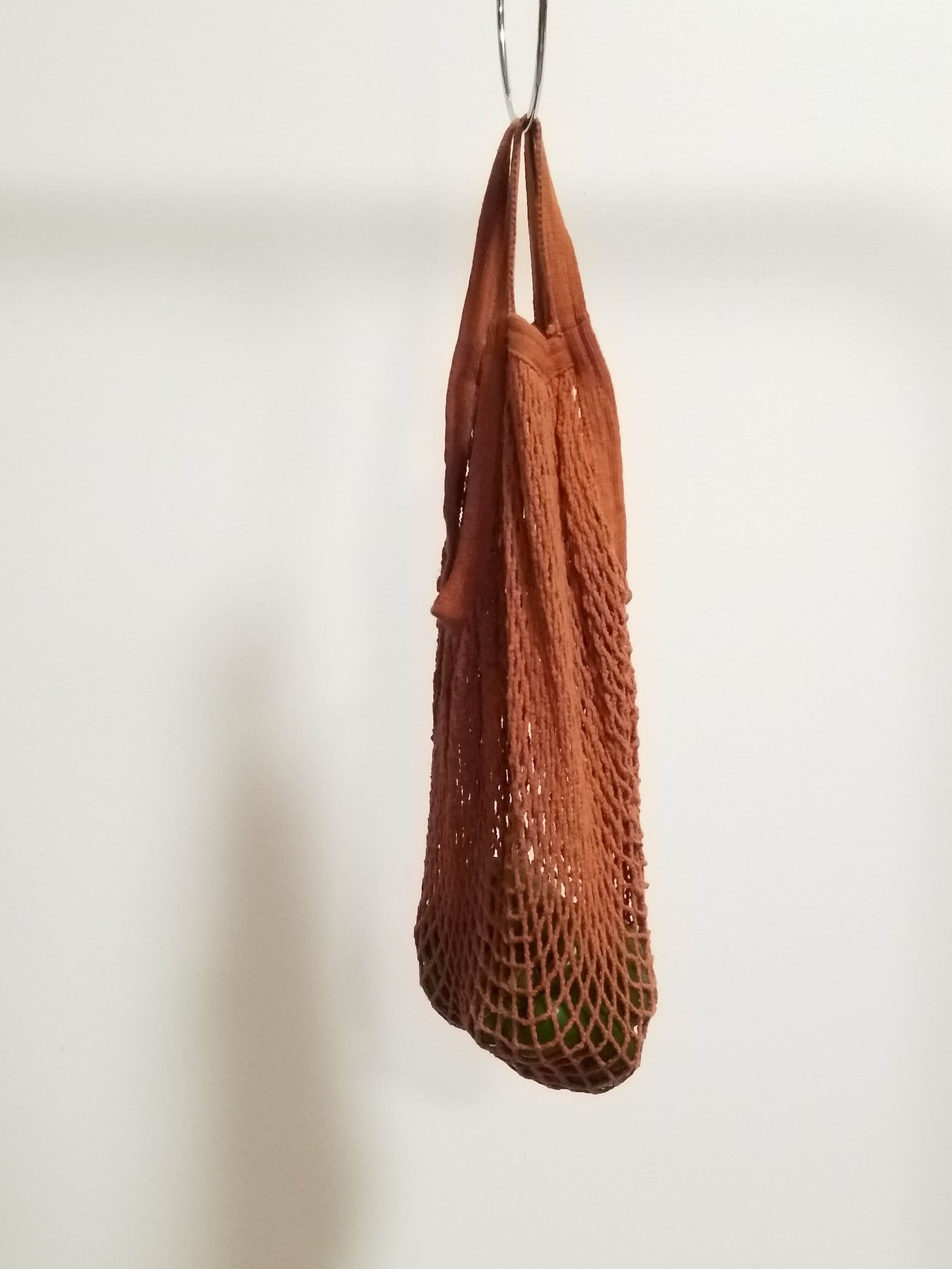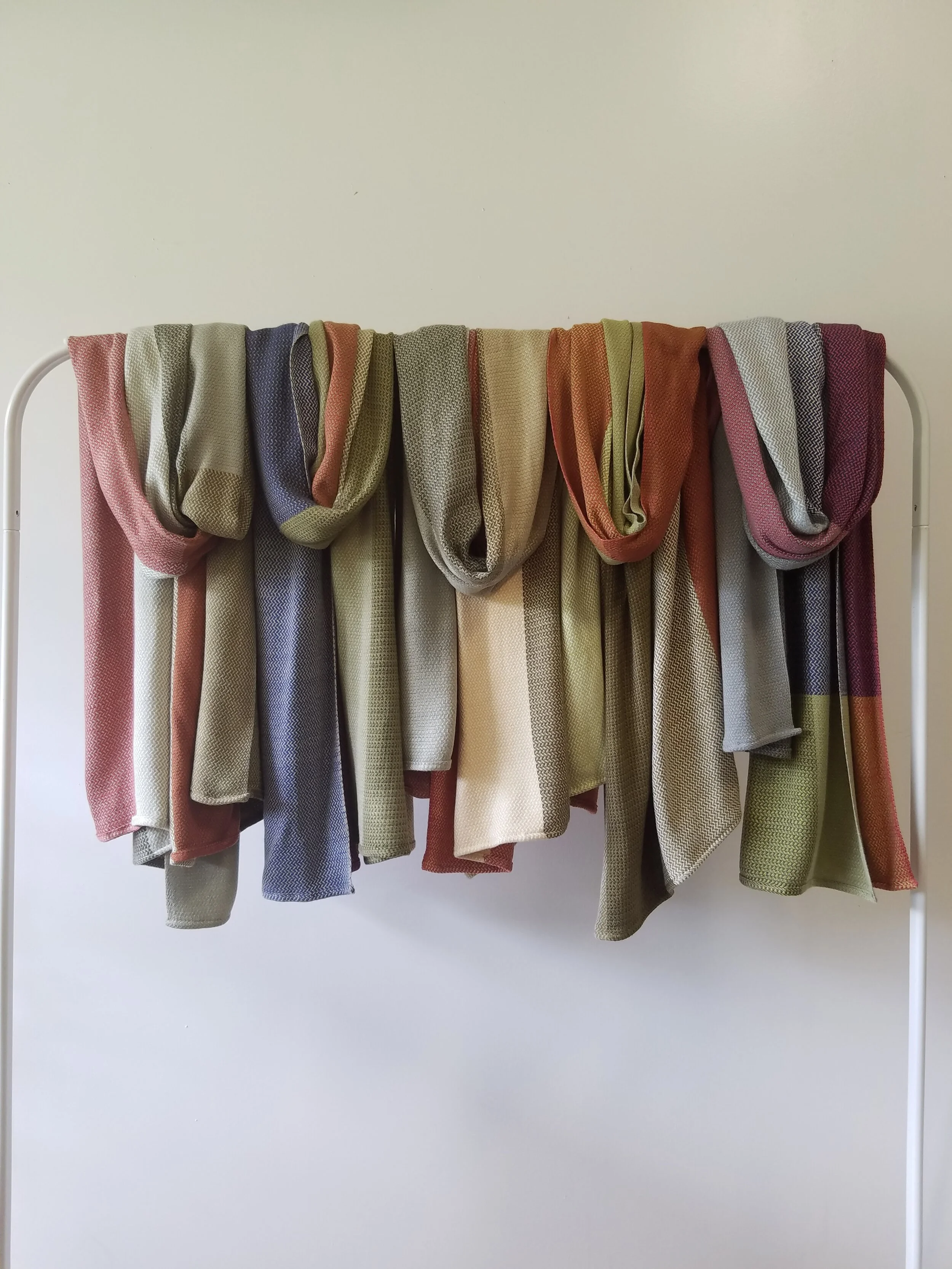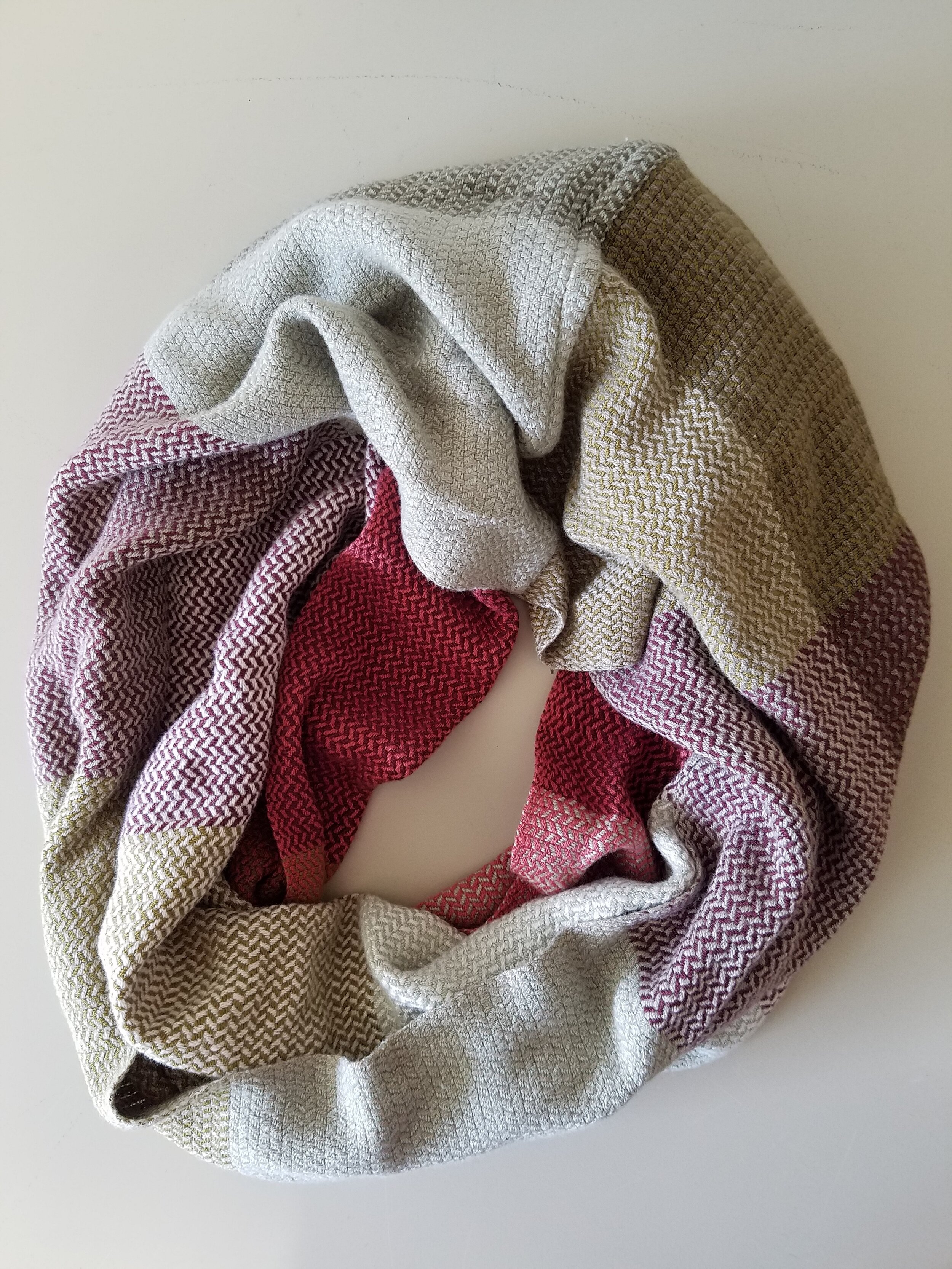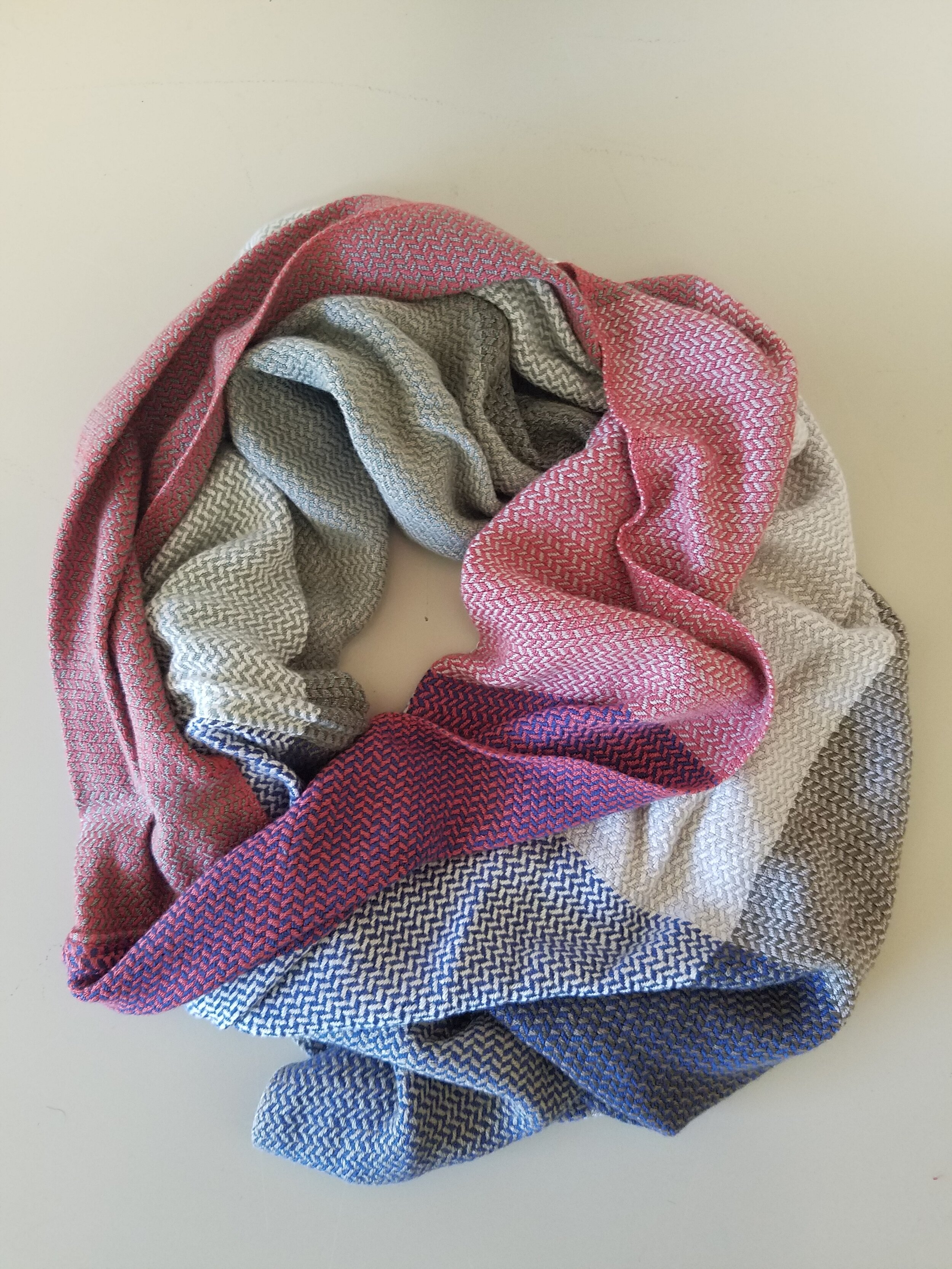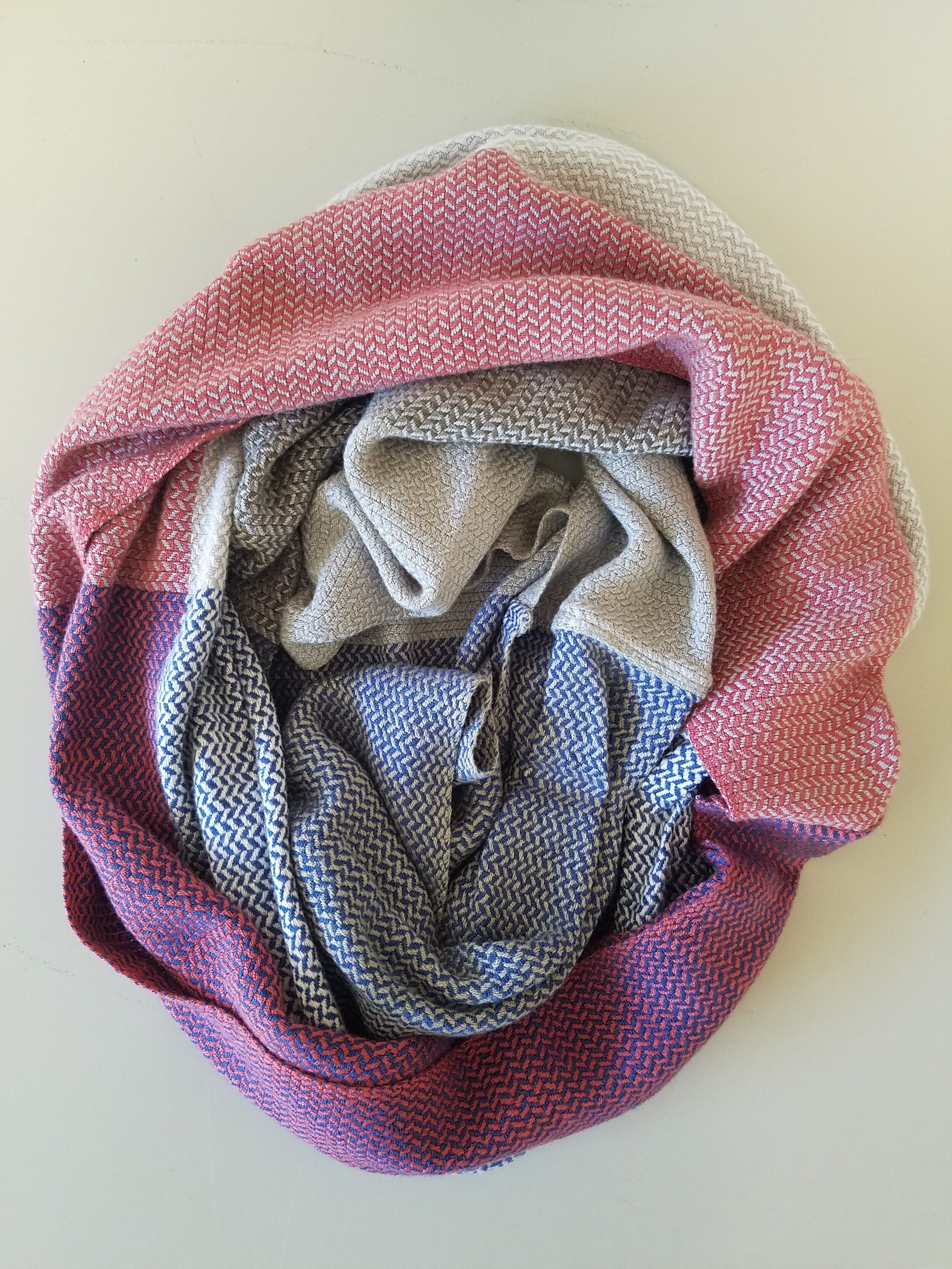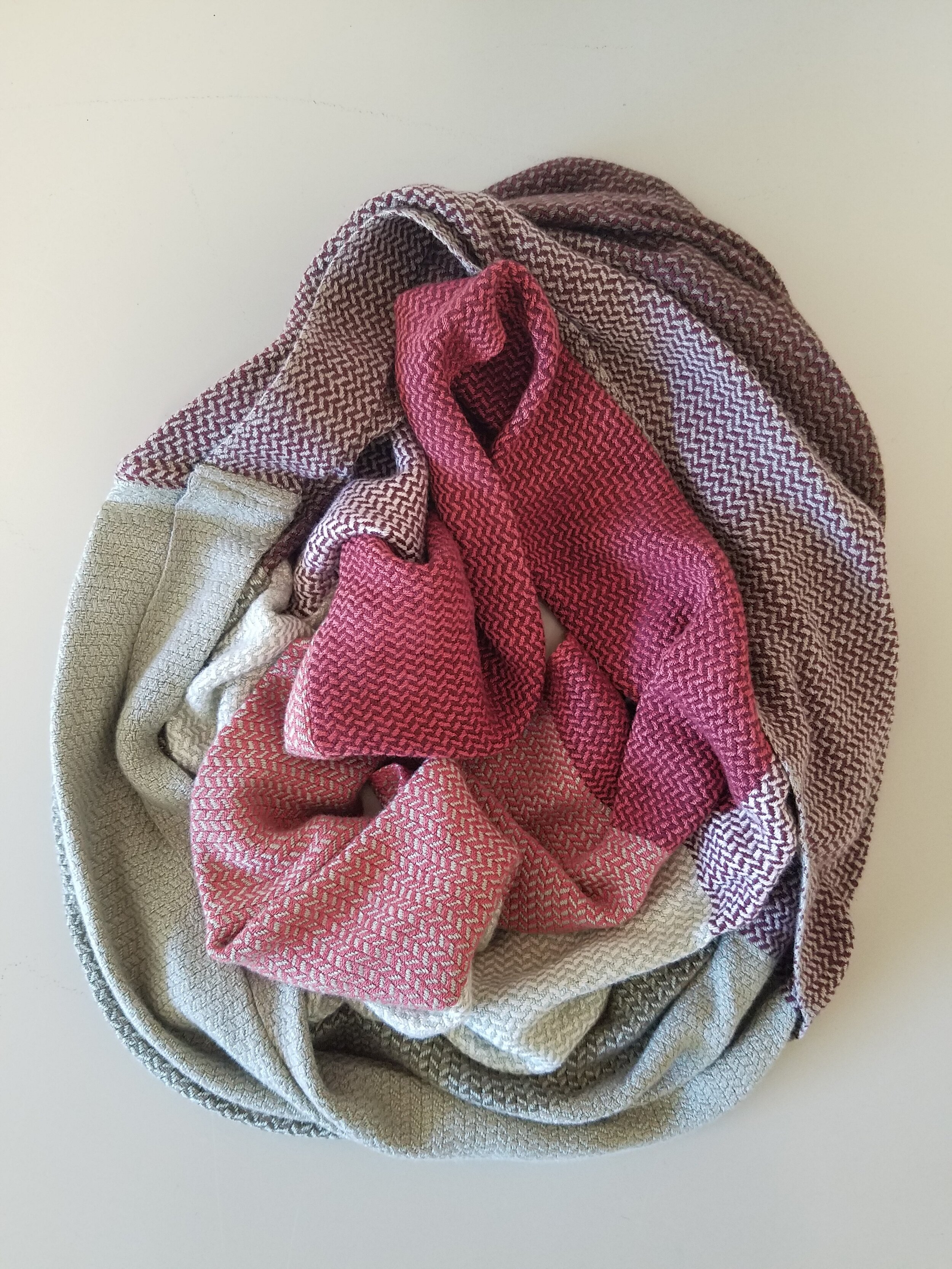4/28/20
As I was cutting 2” squares of fabric, I thought “these are like pieces of my broken heart”
Cutting only to sew them together again to make a small quilt to wrap my sweet old kiwi cat in on her death day. I cut, sewed and pieced them back together again - I wrapped her in it as she fell asleep and tucked her in and tied it when she was gone.
I will miss her. I will miss her snaggle tooth, her crankiness, her rumbling purr, her snuggles, the feeling of the warmth of her sleepy self on my lap. I will miss her sounds, her soft fur, her beautiful markings, her spotted toe pads, and the way her belly flapped when she trotted down the road. I will miss seeing her soaking up the sun on the porch and laughing about how much she loves a good box.
Pets are precious. They are with us such a short time but during that time they provide comfort and so much joy. My pets remind me of the importance of a good nap, how exciting it can be to eat and play, they remind me to be here now.
Grateful
Sad
6/21/20
There is metaphor tied into making - we are constantly working out meaning and purpose in creating something from nothing. We take pieces of fabric, each pattern with a memory attached to it, we put them together again…as if making a physical display of these memories that exist in an intangible place in our minds. Making them more tangible - giving them space to live on and be remembered again. What a treasure memories are. And what a treasure a quilt is - a manifestation of comfort and love.
During the last two years, I have experienced a lot of loss.
My grandma Betty died May 8, 2018.
My grandpa Bob died May 30, 2018.
My ex-husband, Blake, committed suicide July 25, 2018.
My aunt Sue died August 16, 2018.
Then on October 17, 2019, my last grandparent, my grandma June, my quilt-crazy grandma, died.
The experience of loss is profound. I continue to learn from it because it is always here to teach me. Grief never goes away. We learn to carry it with us. We learn how to give it space. We learn to acknowledge it when it reminds us that you cannot have love without loss.
I have other projects that I am working on that are special to me - projects that bring my love for textiles and history in conversation with the love I have for these people who are no longer with me. I will probably share them here one day. I will certainly write more about my textile loving grannies and the joy that I experience in learning from their work. If we don’t share these stories and memories - I believe we rob future generations of the preciousness of them. Life is so fleeting and if we don’t stop and write it down, we may forget it happened.

